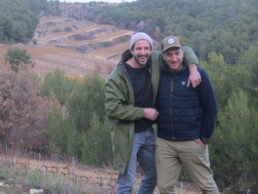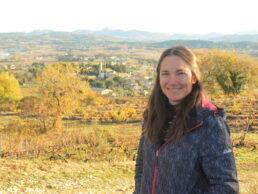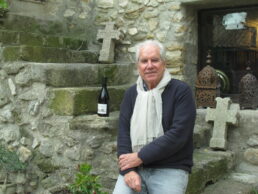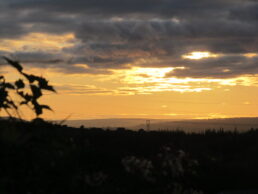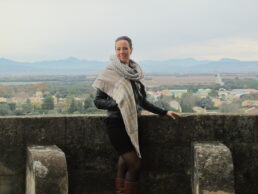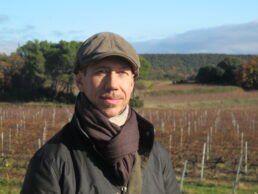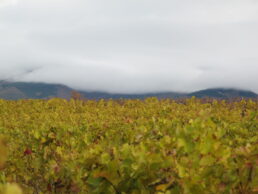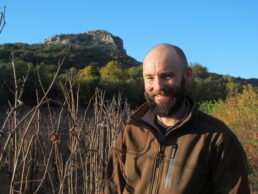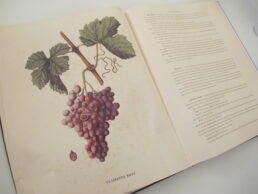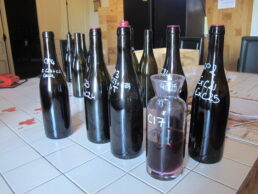Images of Saint-Maurice
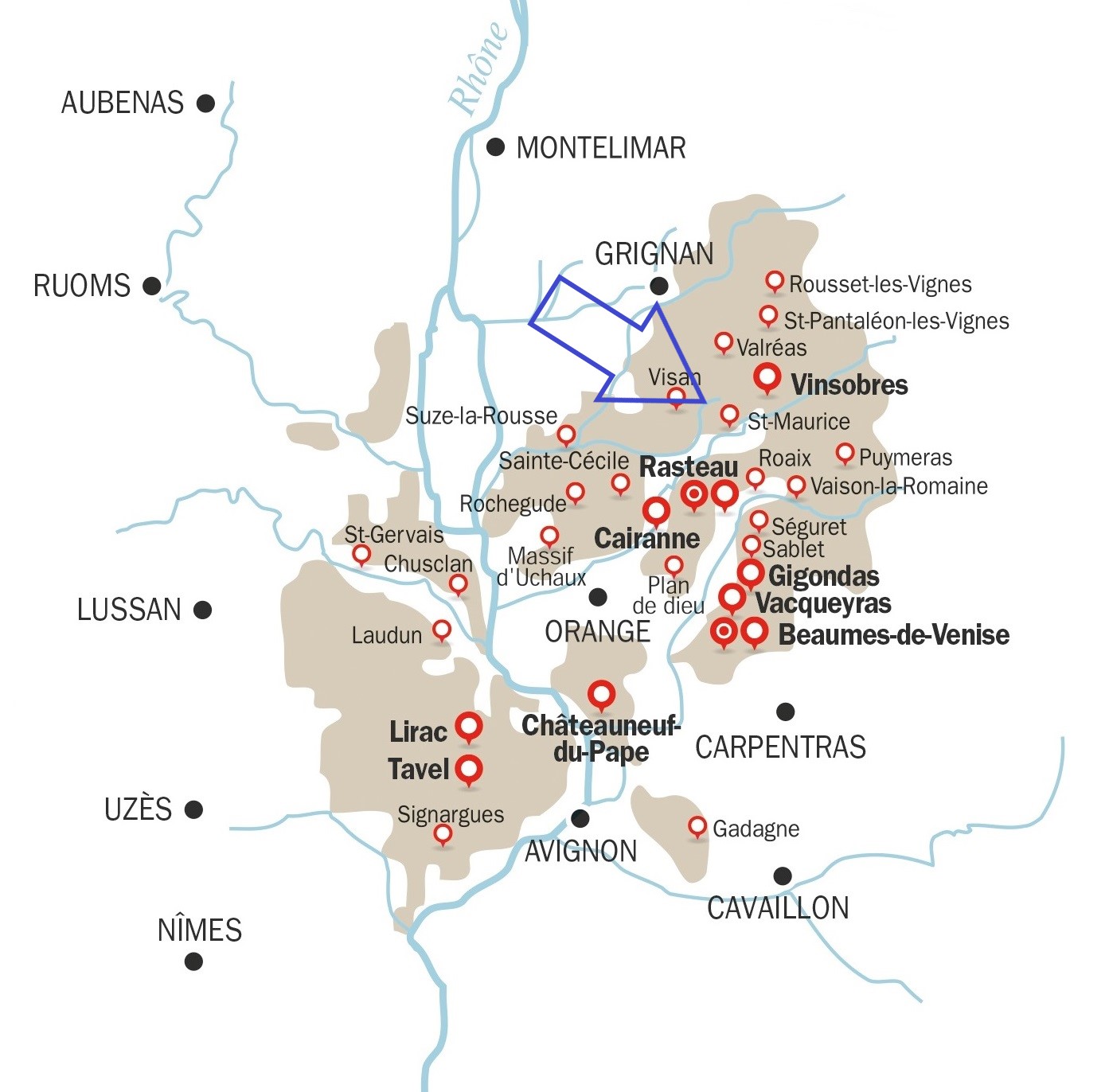
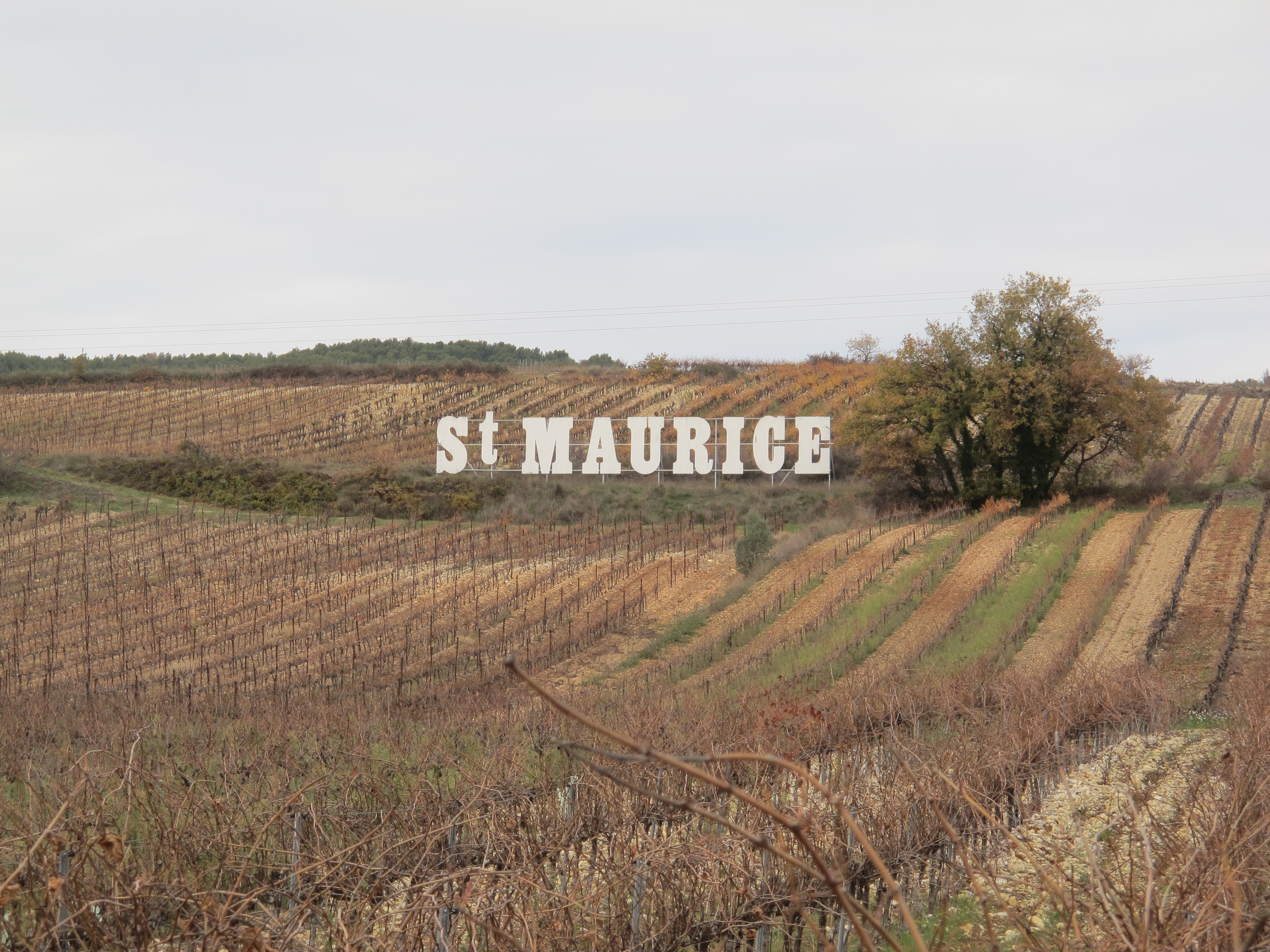
One of the few things the village of Saint-Maurice has in common with Hollywood
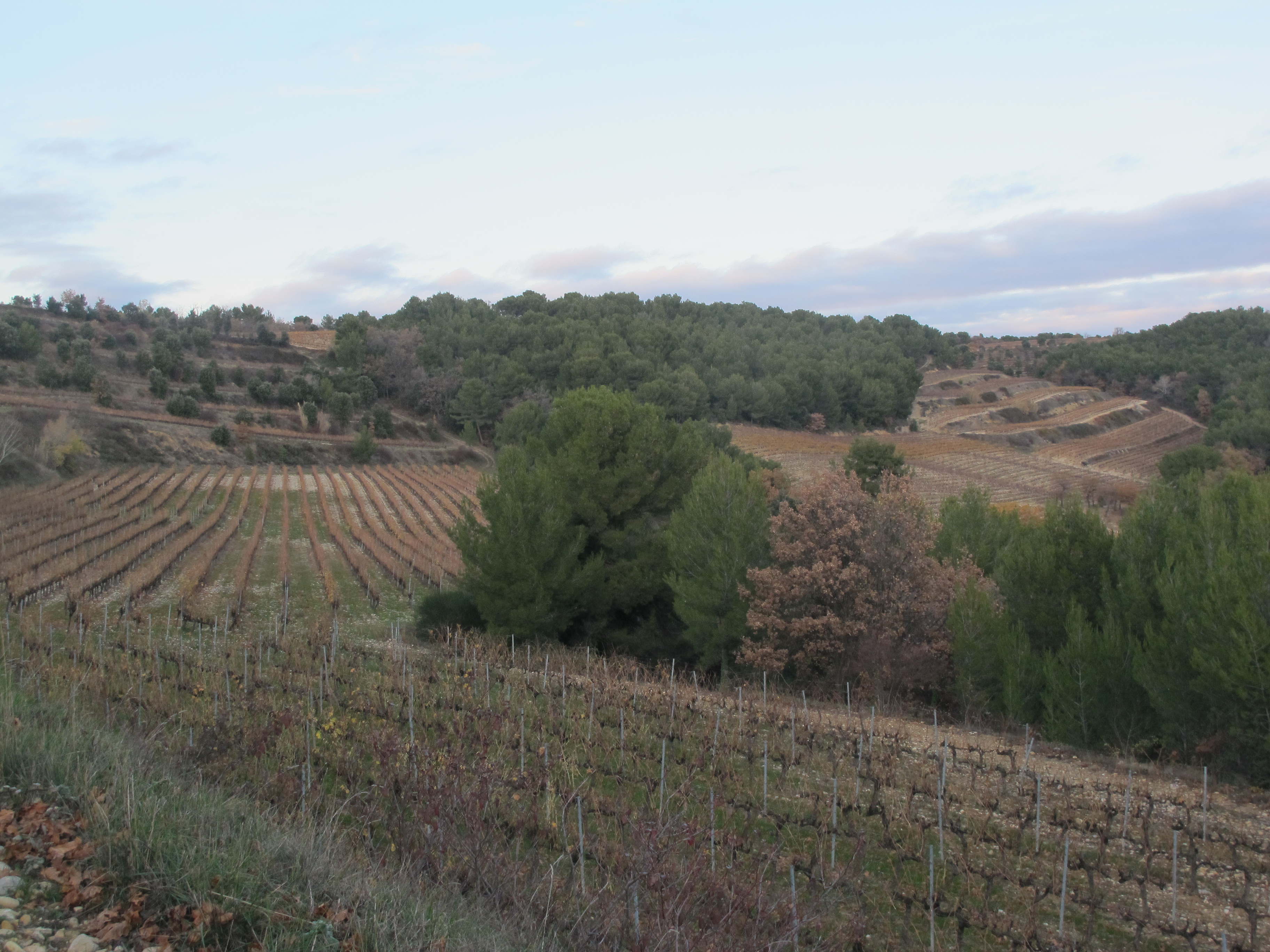
Stony hills and valleys of Saint-Maurice
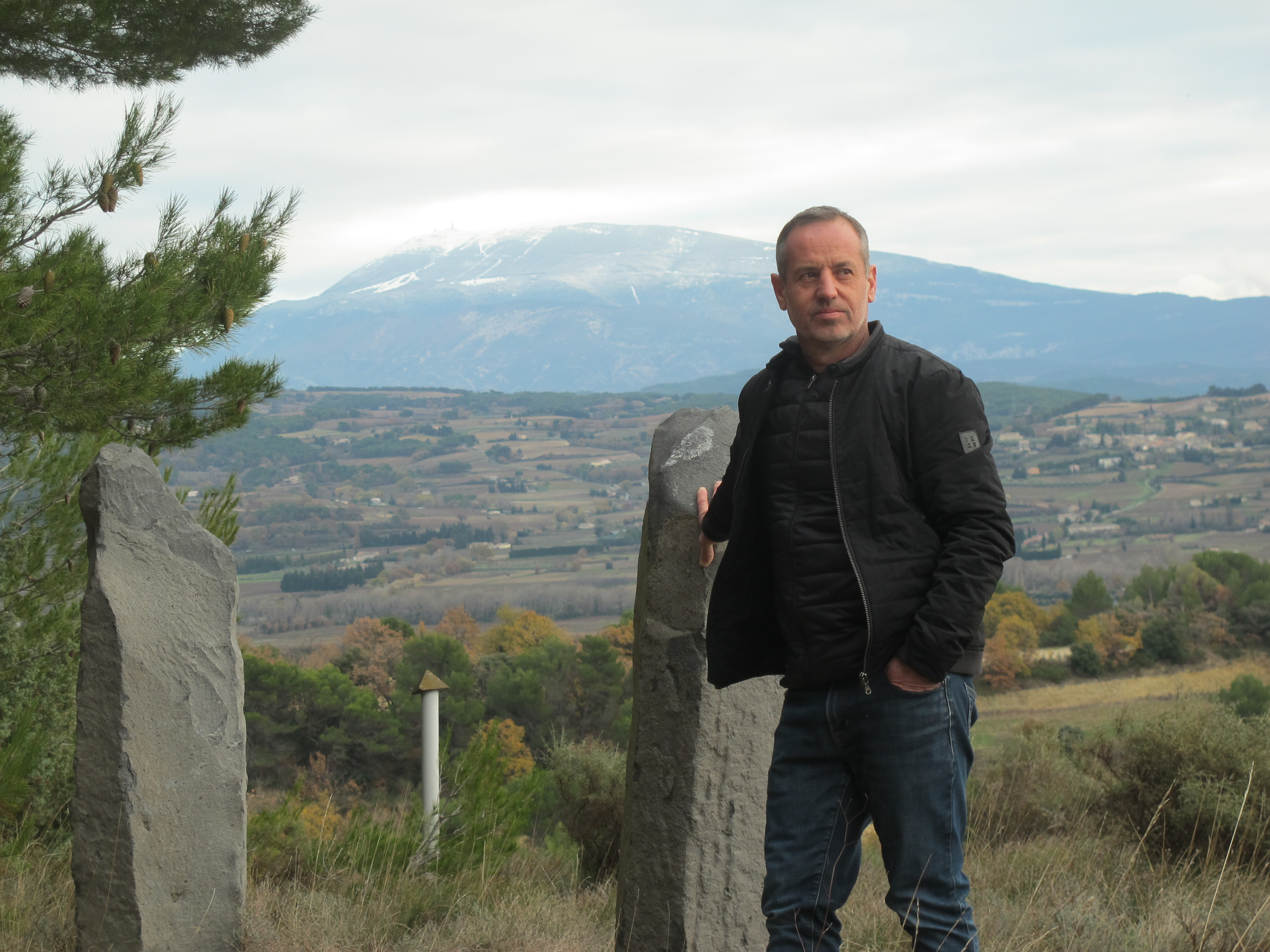
Philippe Viret of Domaine Viret

Spherical planting at Domaine Viret
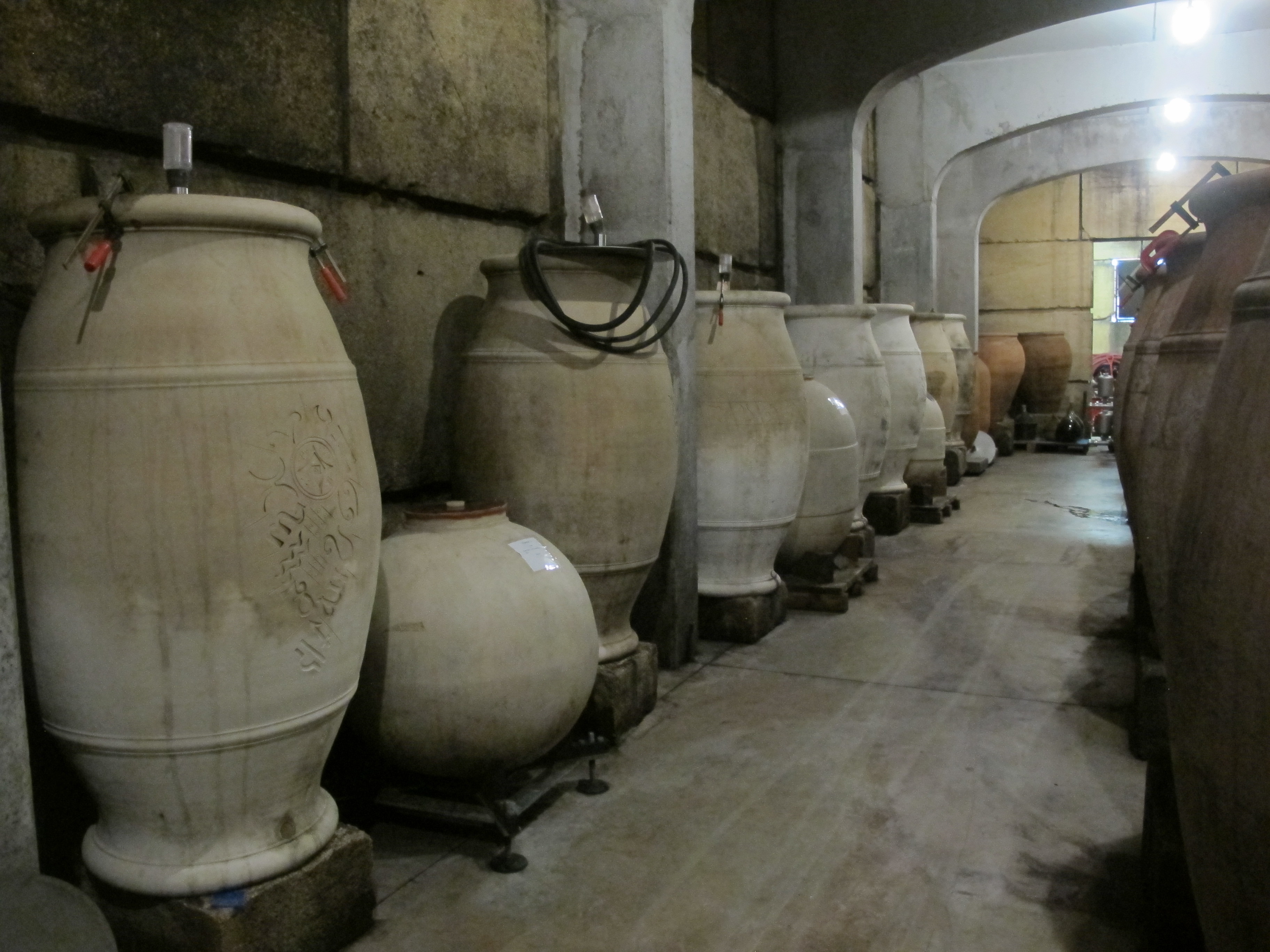
Amphorae and porcelain spheres used as fermenting vessels at Domaine Viret
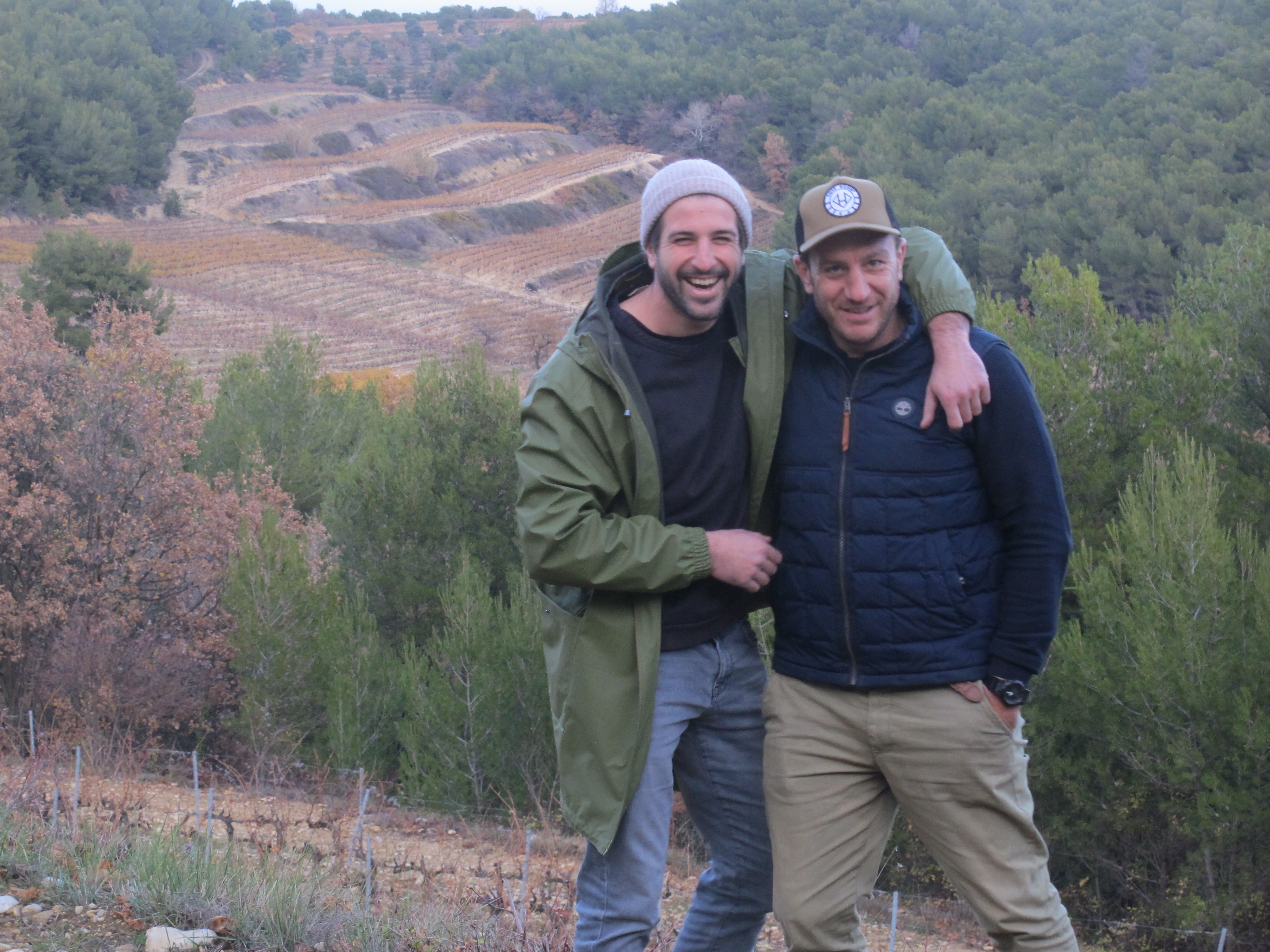
Thibaud Chaume of Domaine Chaume-Arnaud (l) and Adrien Fabre of Domaine la Florane (r) - the only two private domaines now producing AOC Côtes-du-Rhône-Villages Saint-Maurice. Both biodynamic.
Images of Roaix
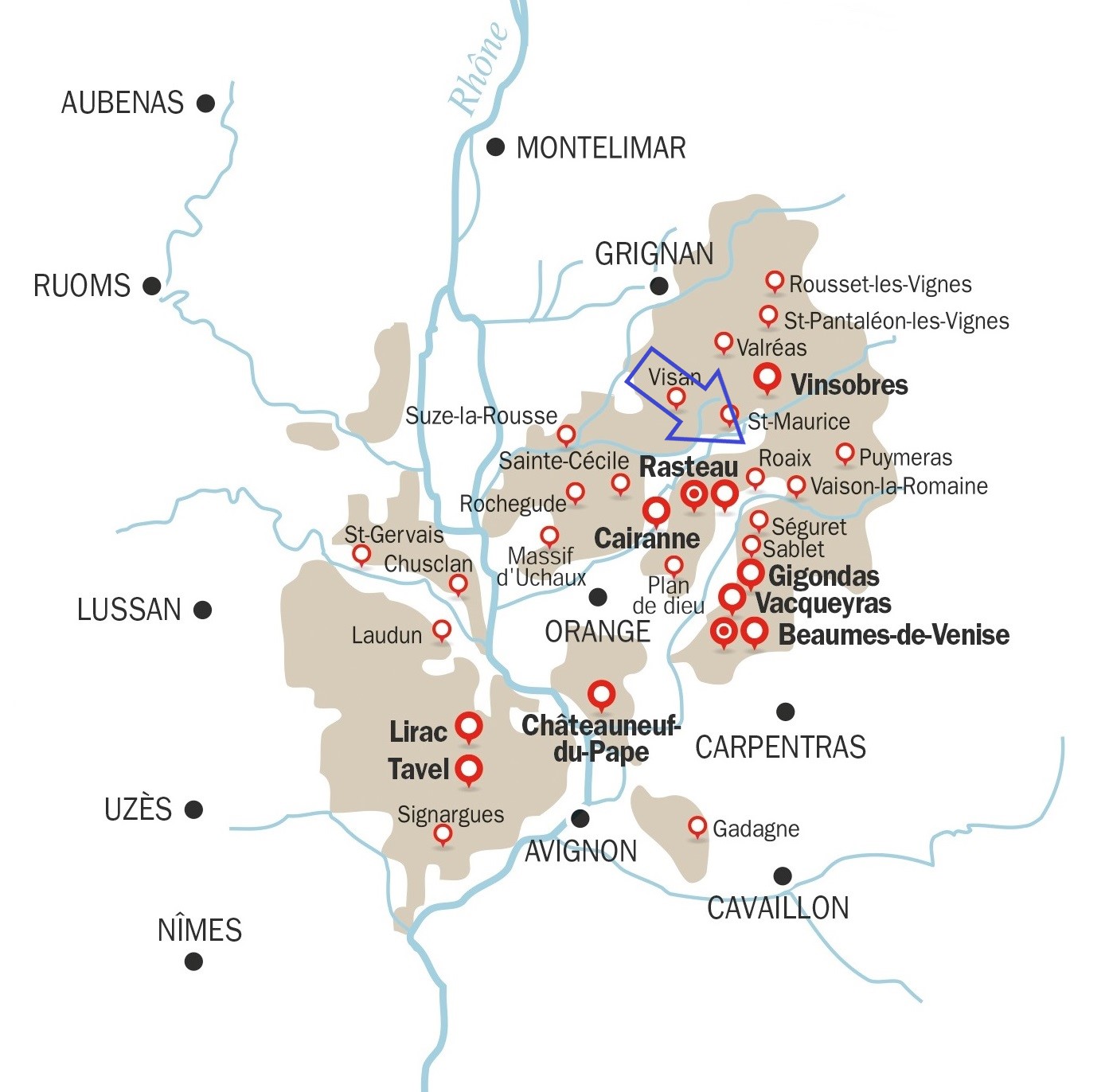
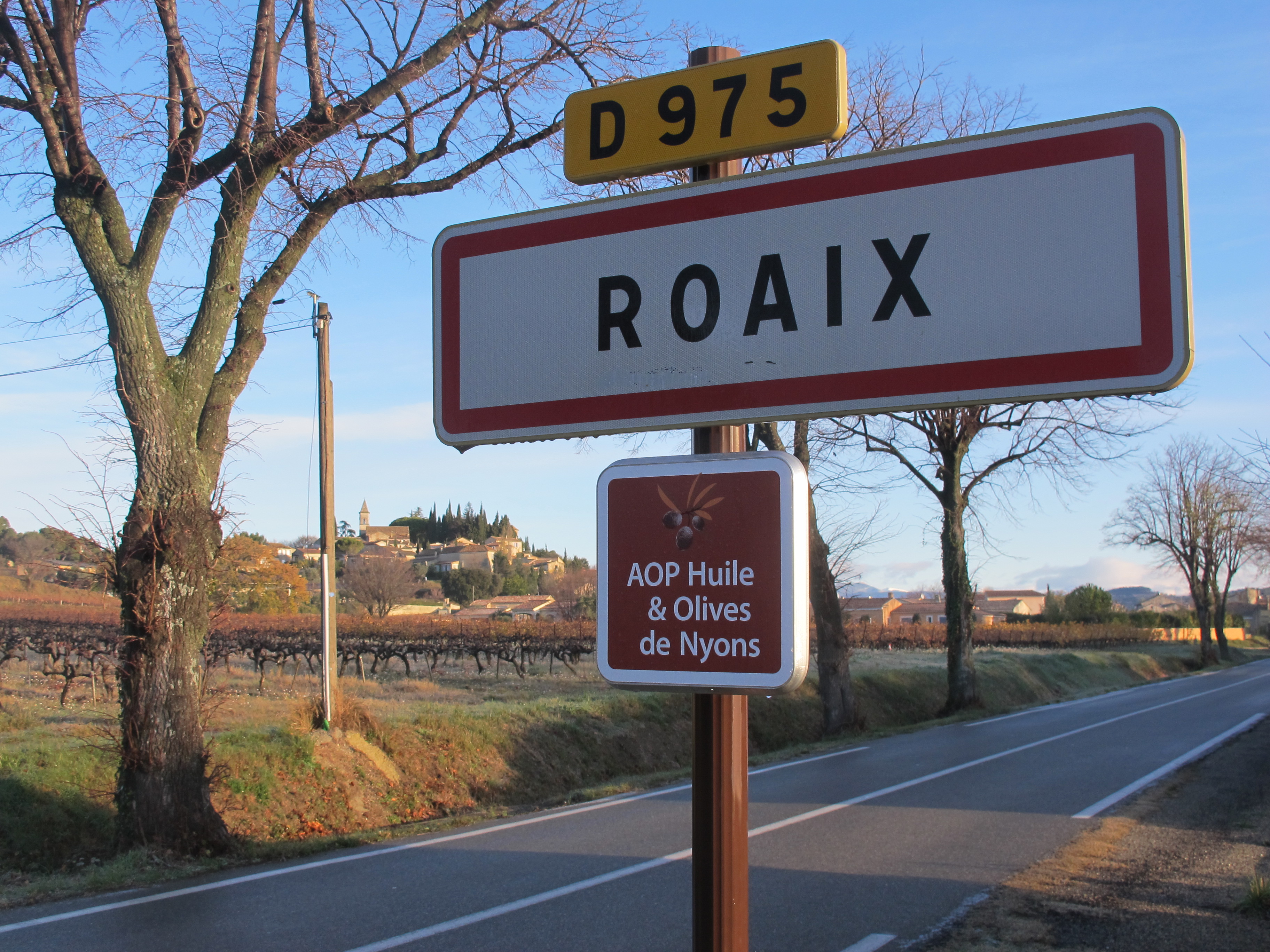
Frosty morning in Roaix
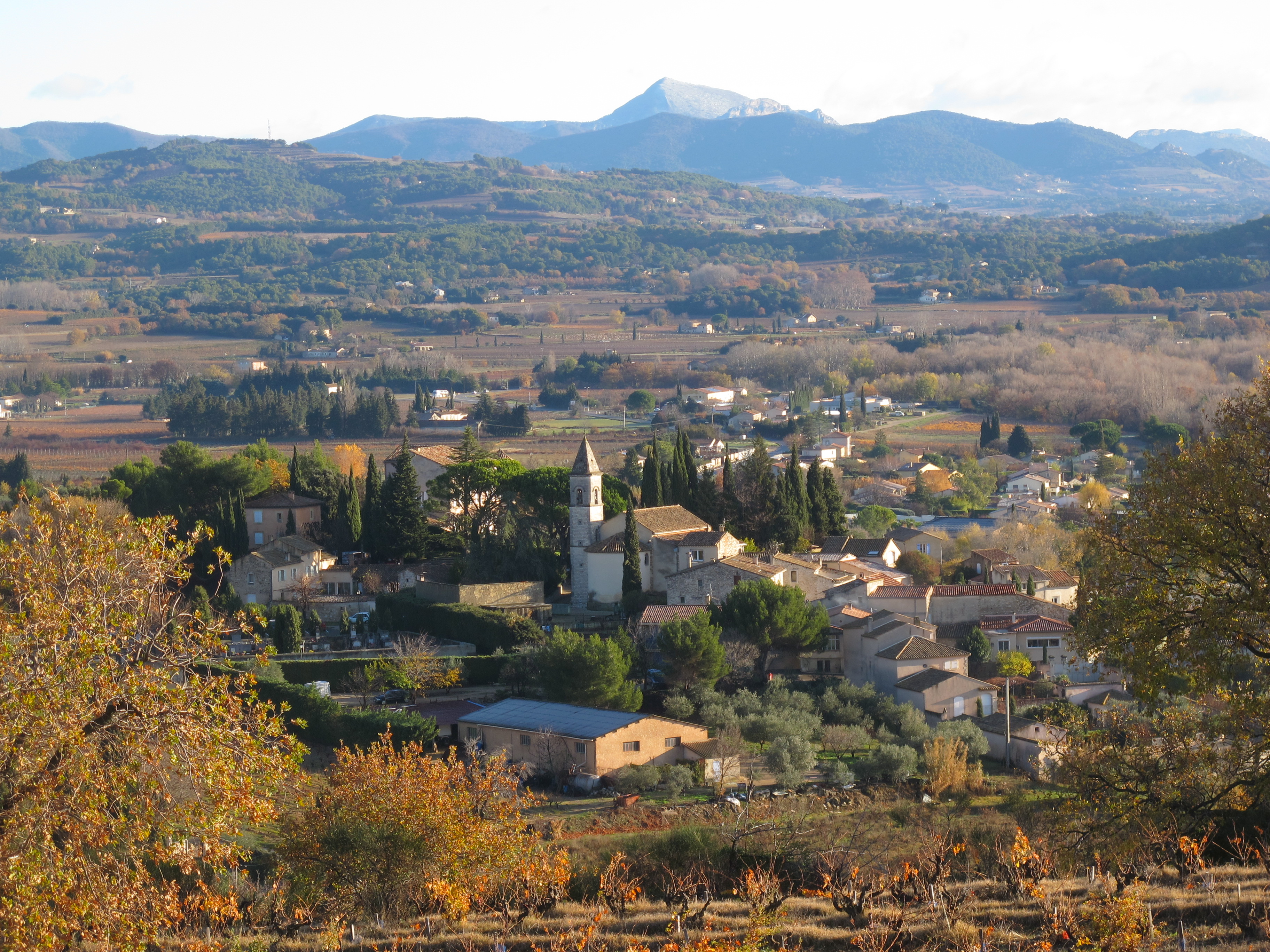
Looking east over the village of Roaix to the Baronnies beyond
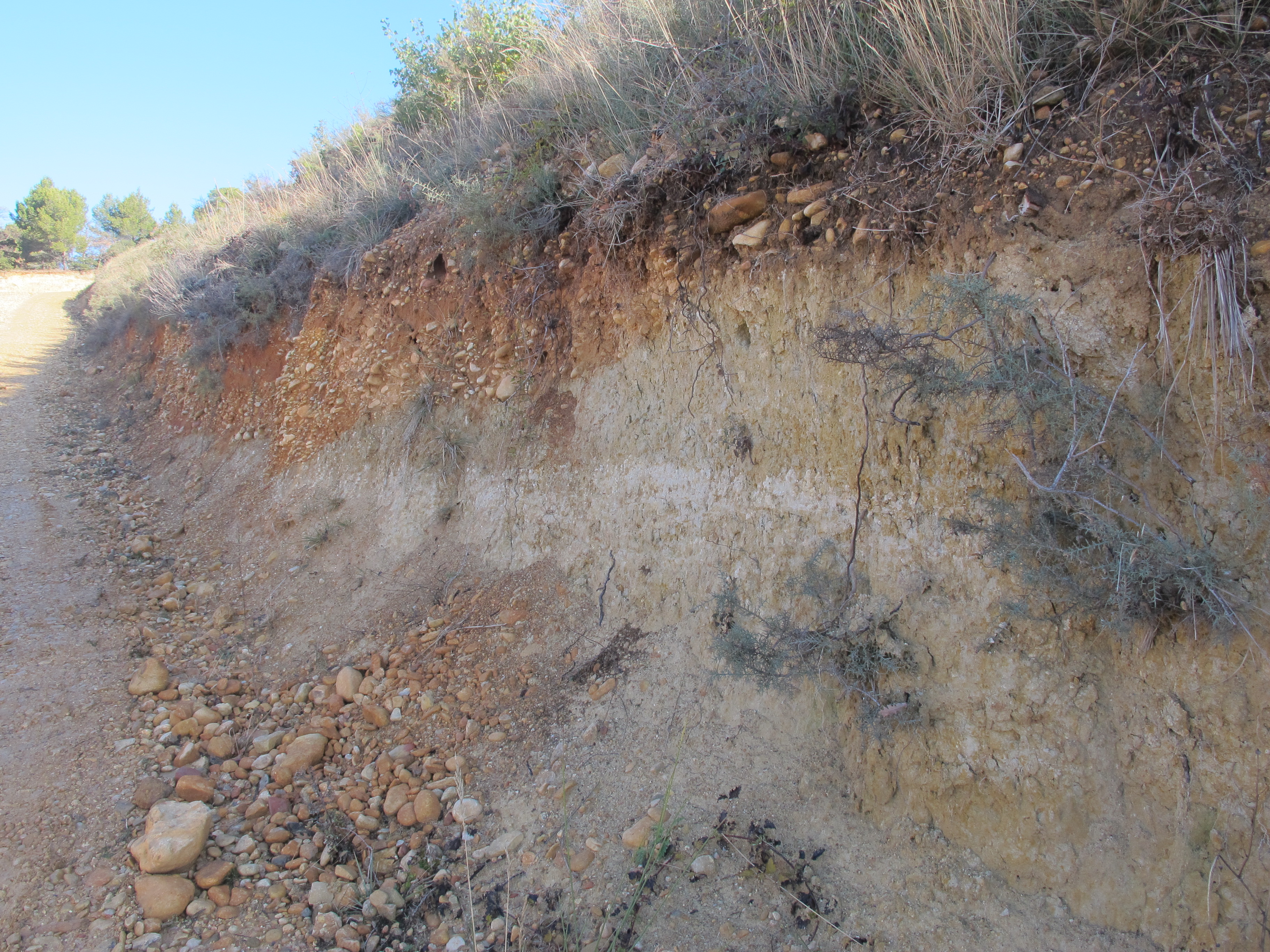
Pebbly red and yellow clays of Roaix
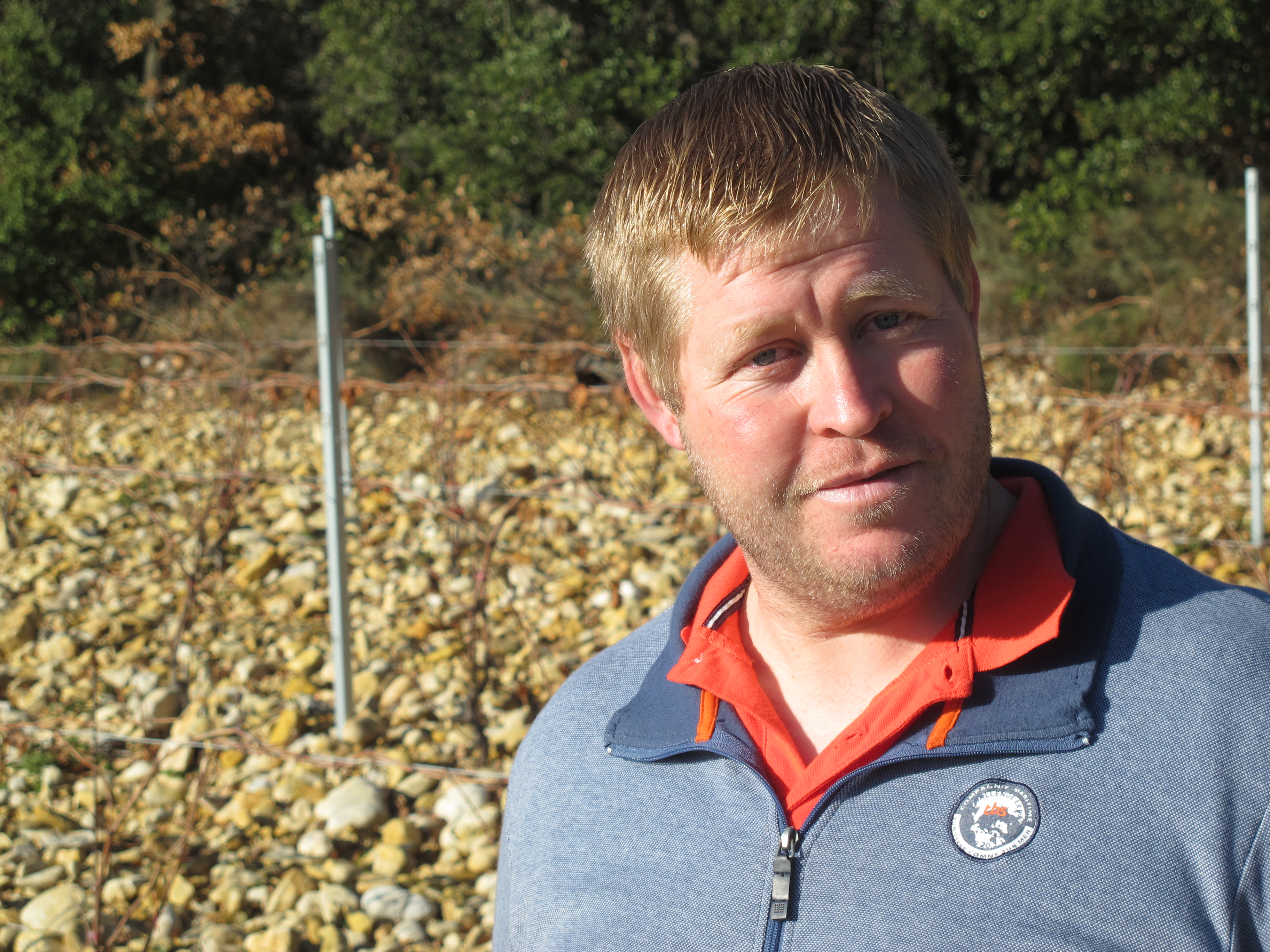
Damien Chave of Domaine du Bramadou at the top of the Ventabren massif, very pebbly soils
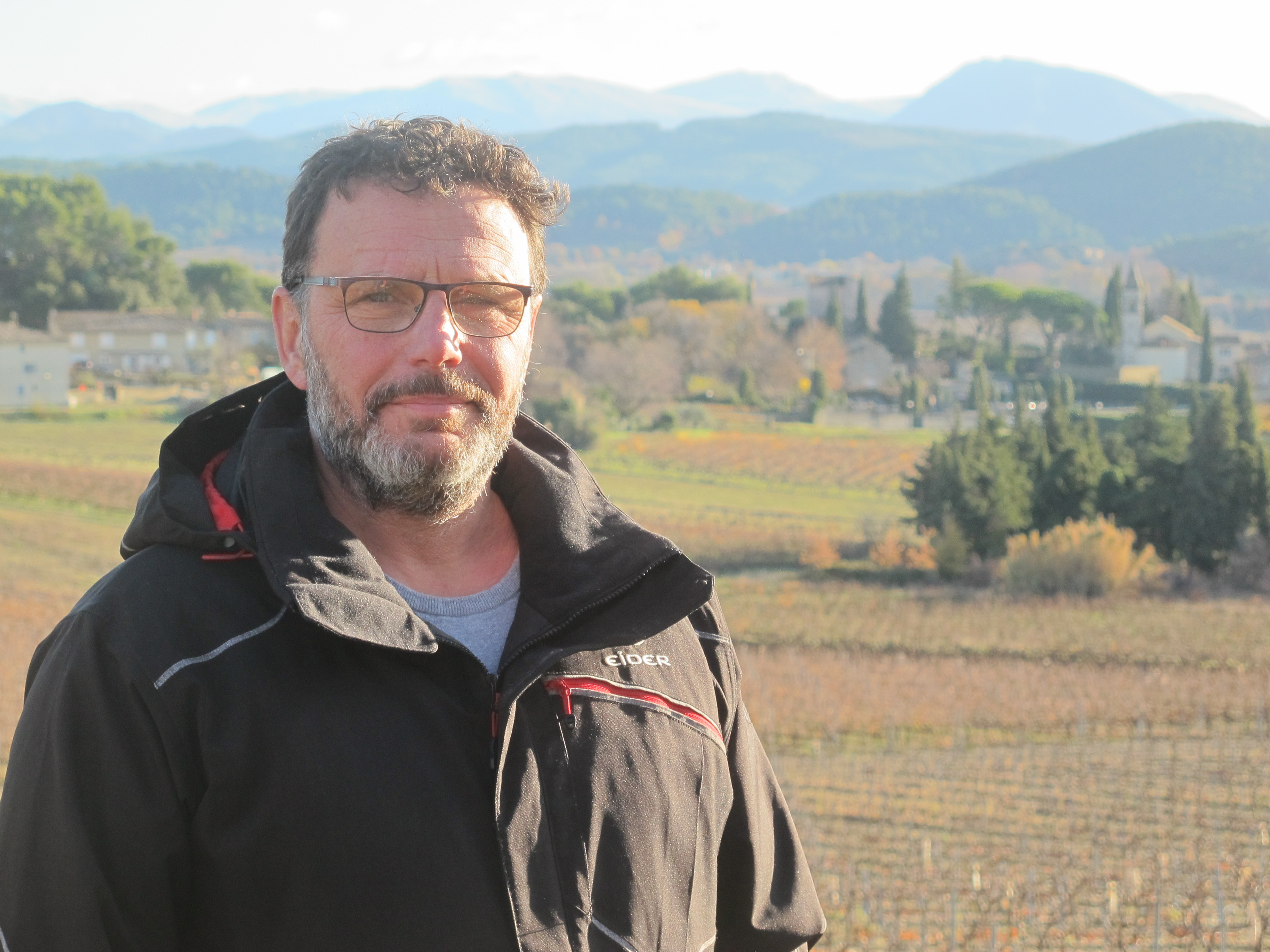
Franck Molénat, president of Cave co-operative Les Vignerons de Roaix Séguret
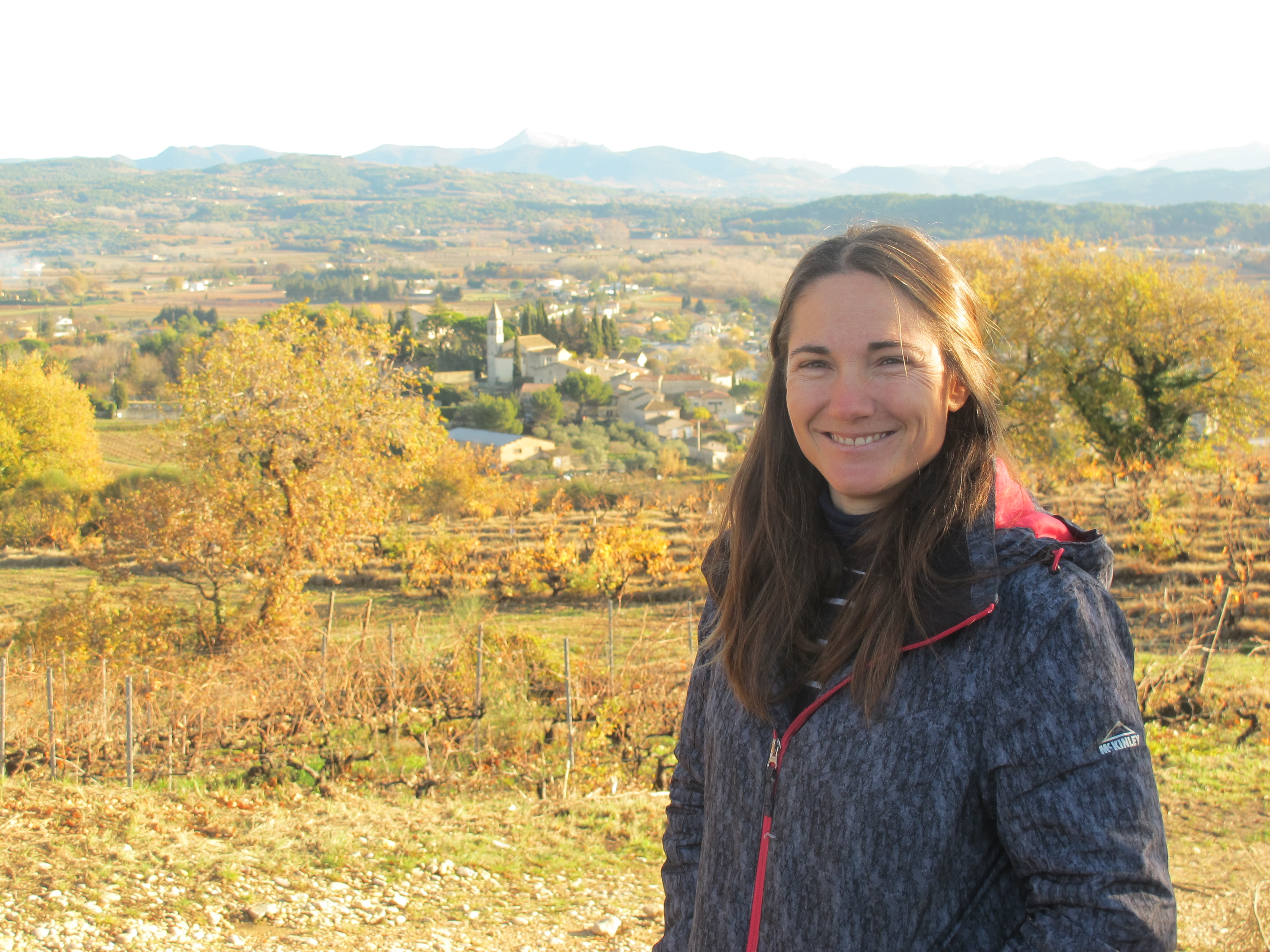
Elodie Balme of Domaine Elodie Balme
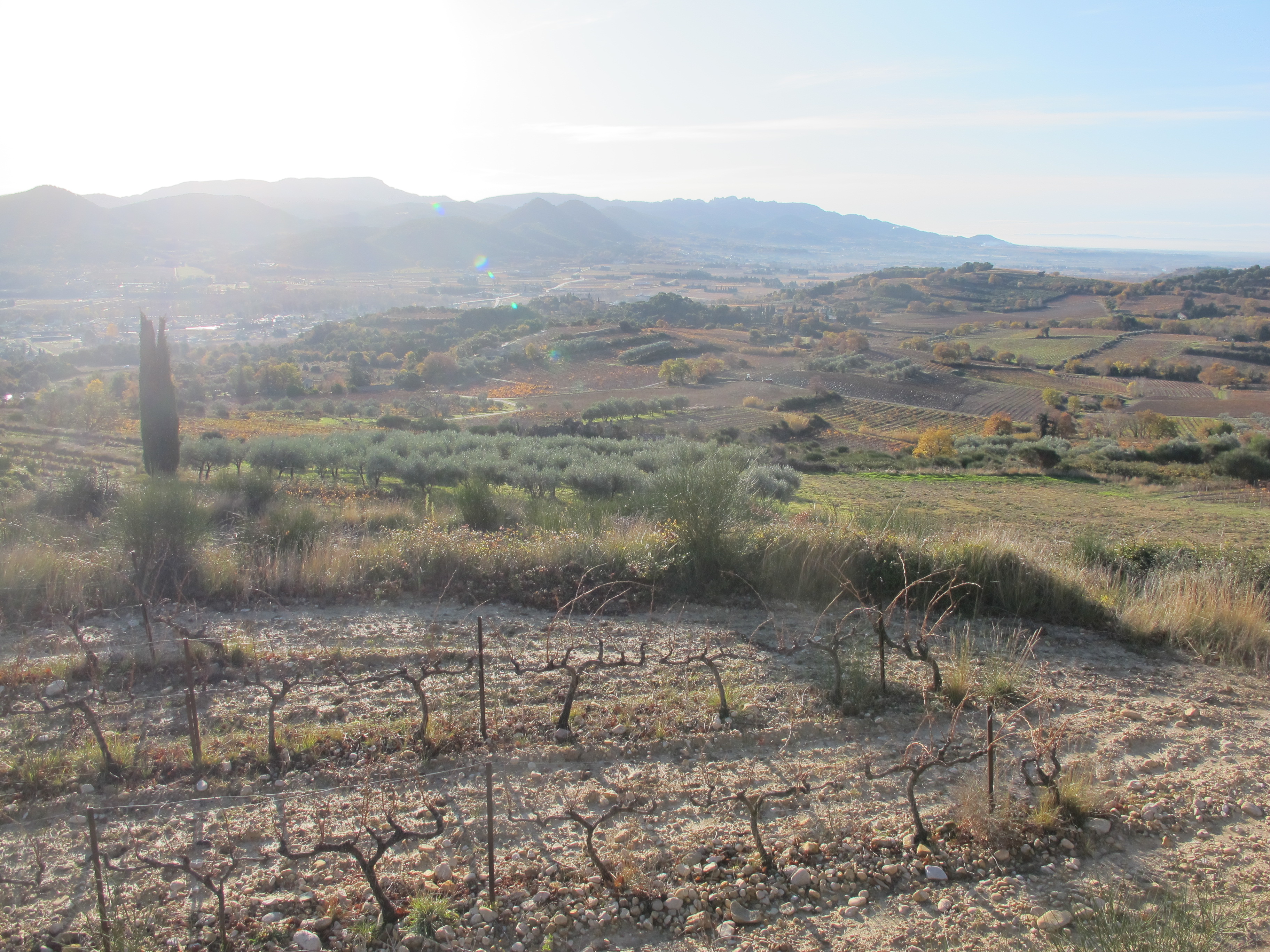
Pebbly clay soils of Roaix looking south east towards Séguret and the Dentelles de Montmirail
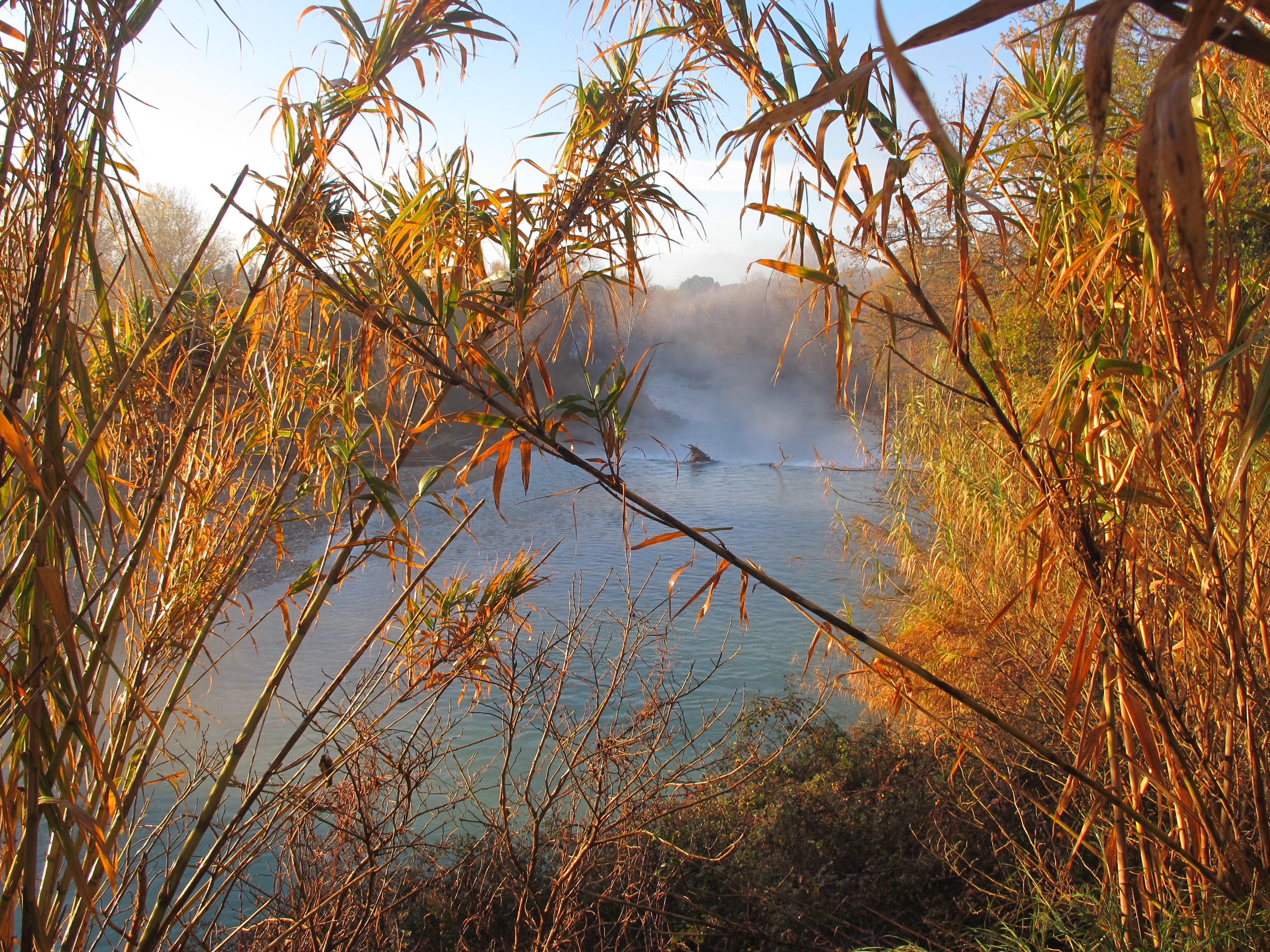
The Ouvèze river, swollen here by heavy autumn rains, marks the south-eastern boundary of Roaix
Images of Grignan-les-Adhémar
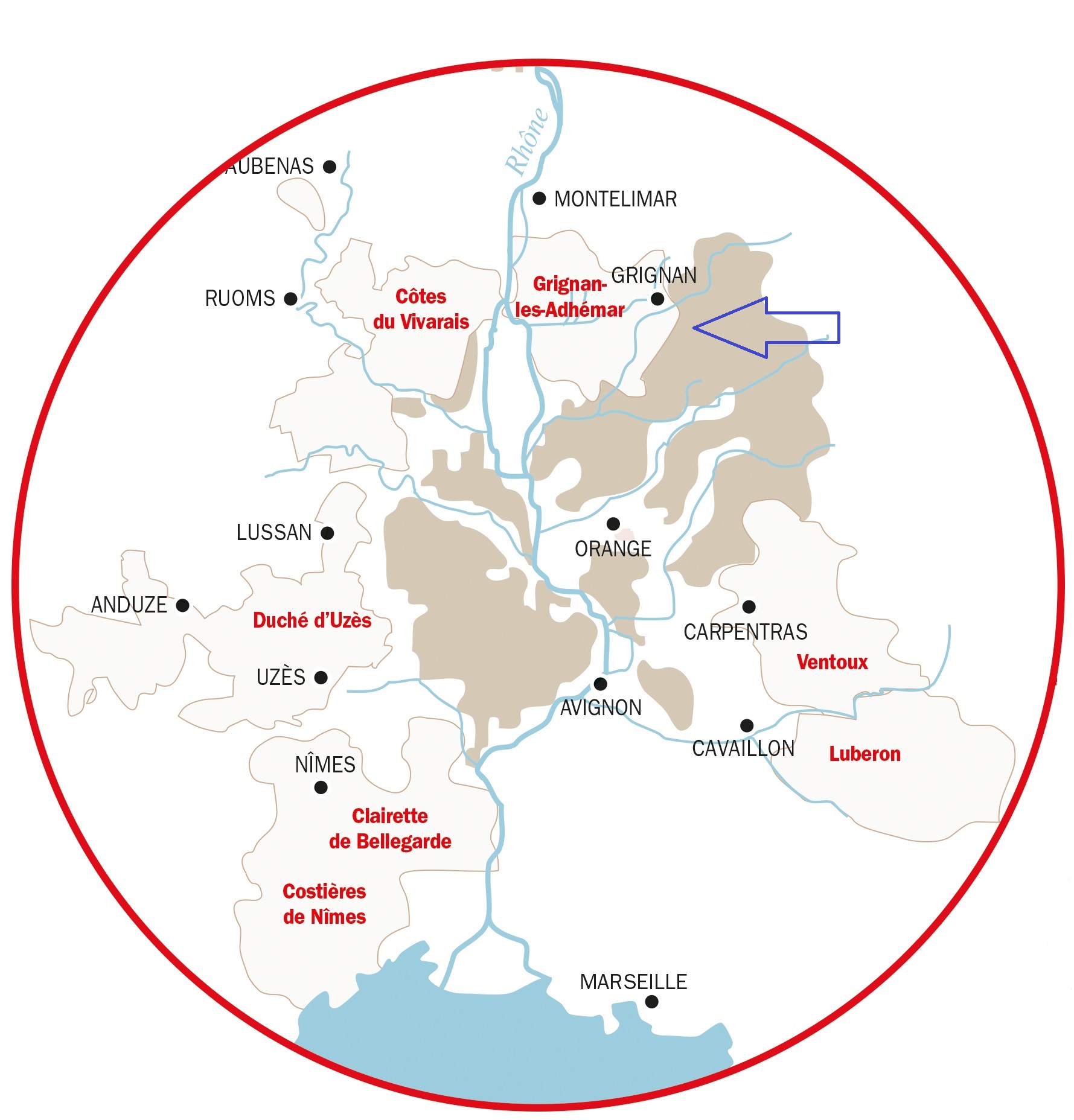
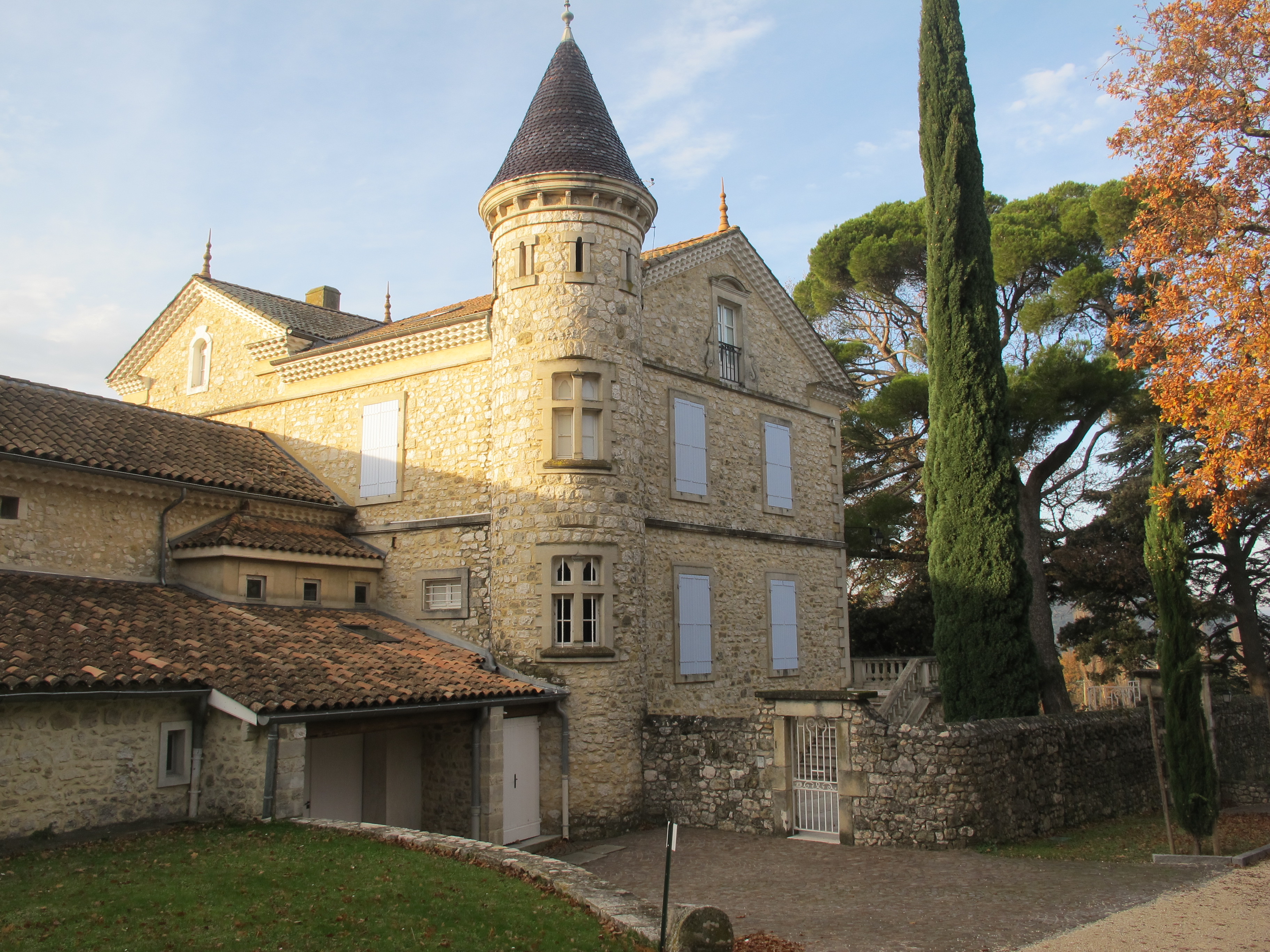
Château Bizard
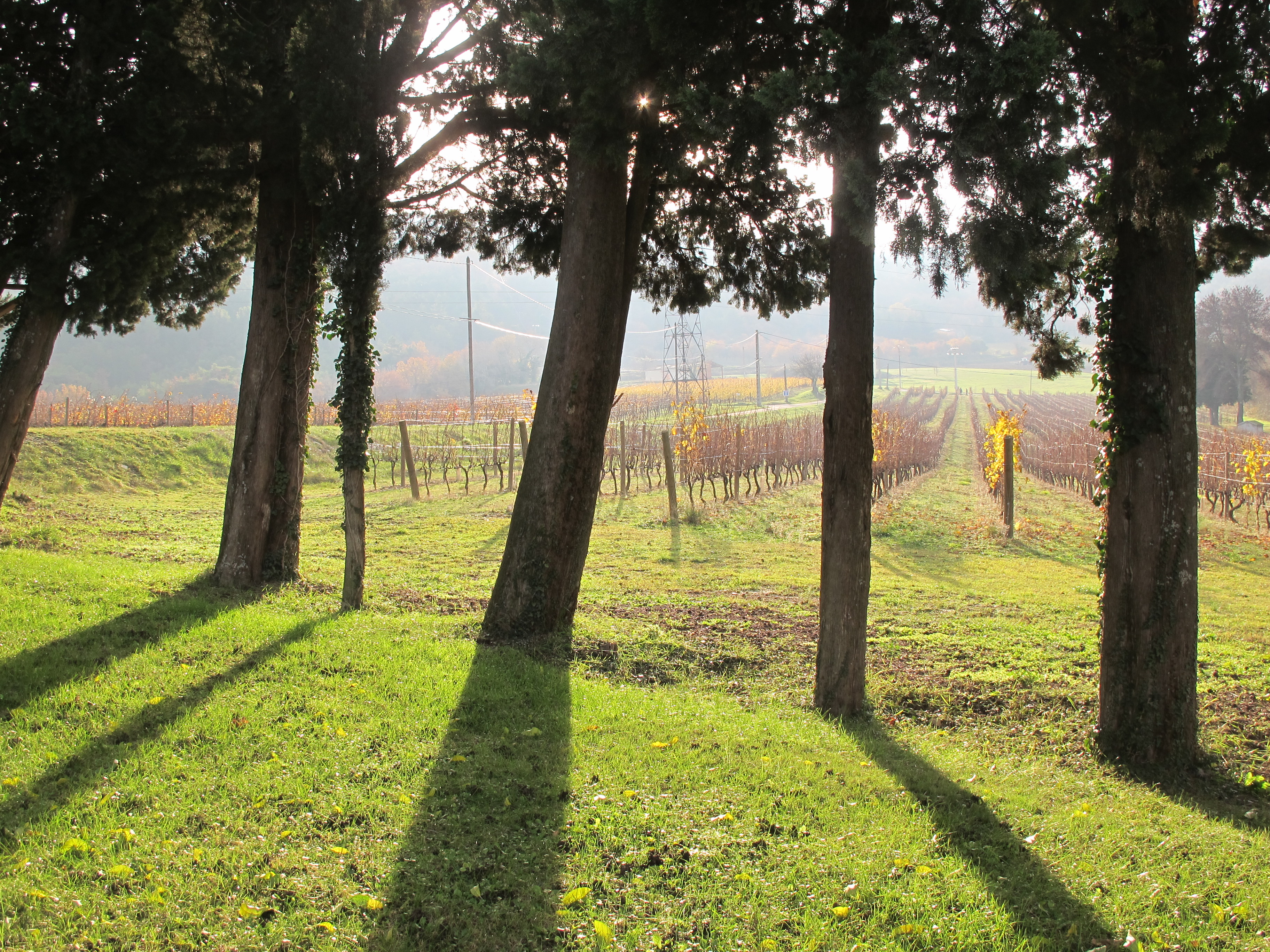
The grounds of Château Bizard
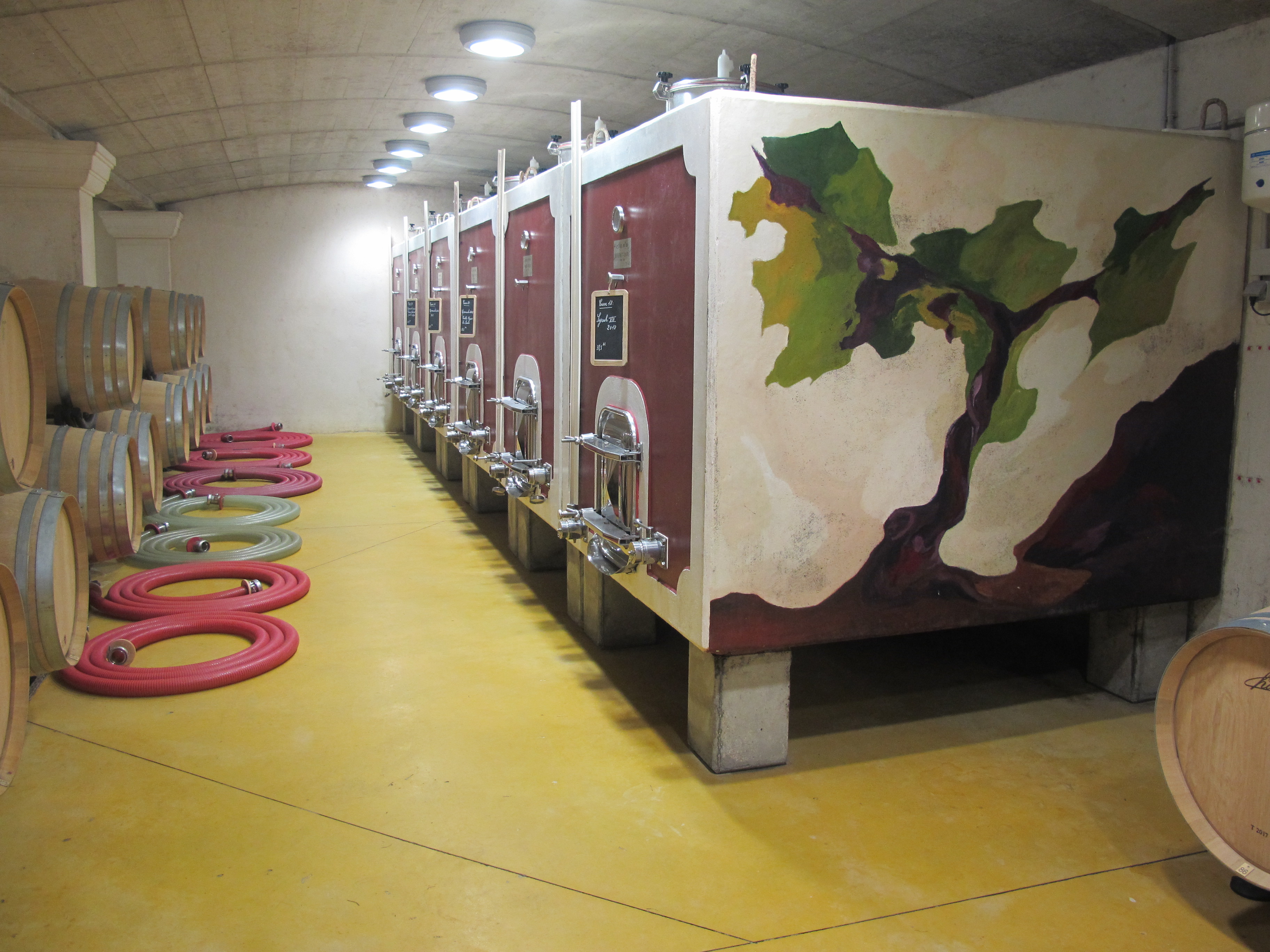
Tanks and barrels in Château Bizard
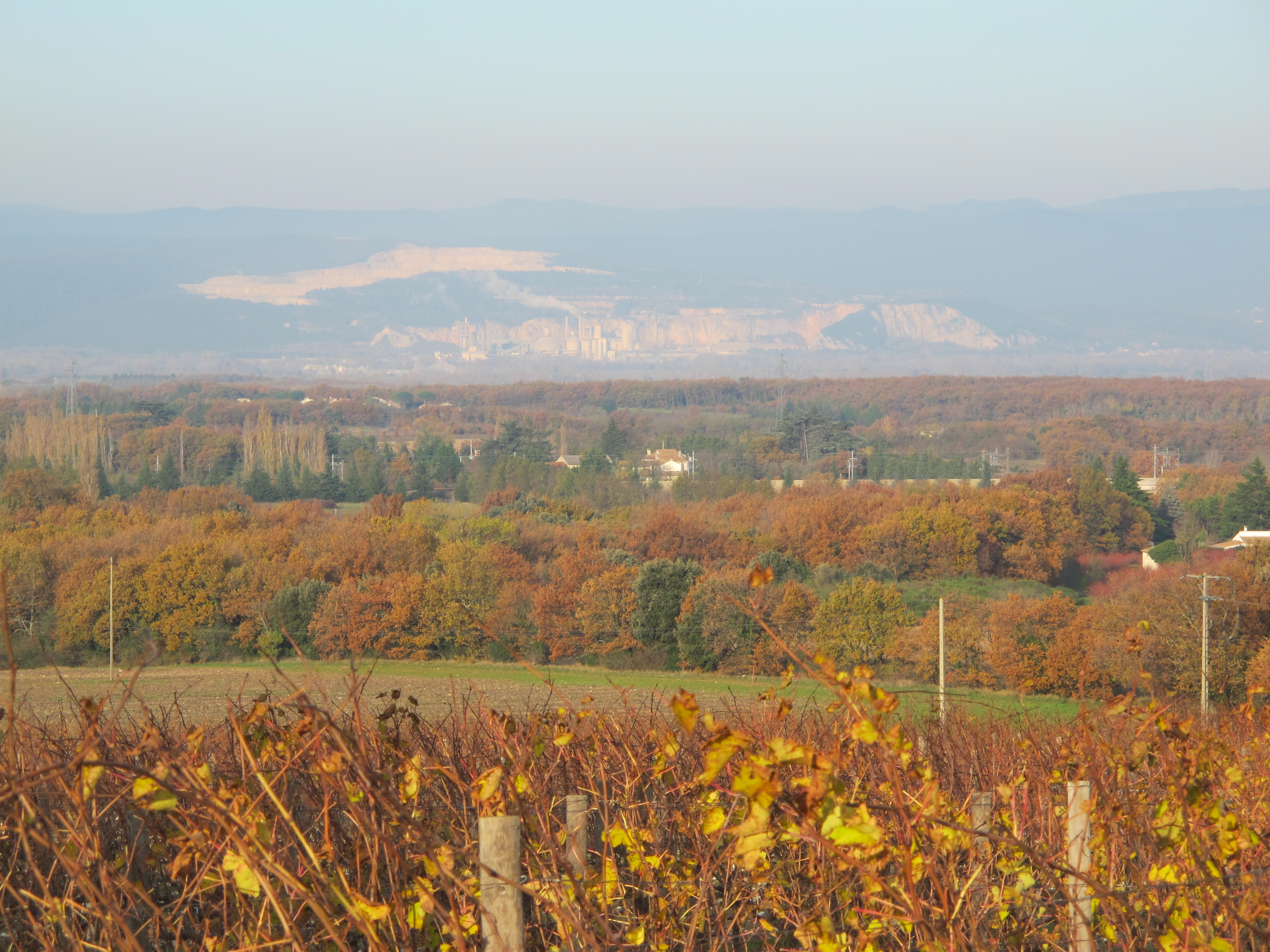
Grignan-les-Adhémar vineyards with the Lafarge concrete works in the background
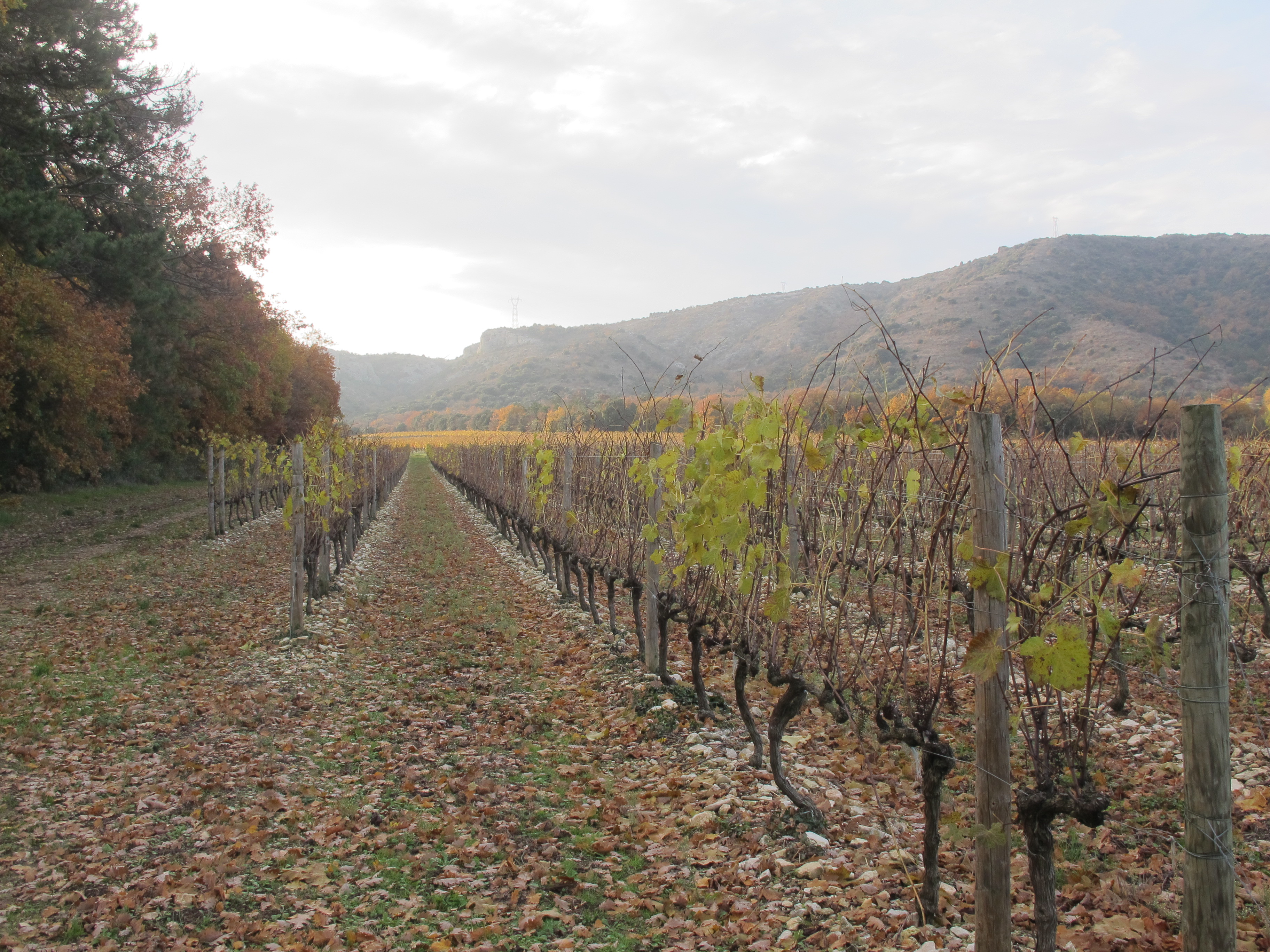
Garrigues vineyards in the northern part of the appellation
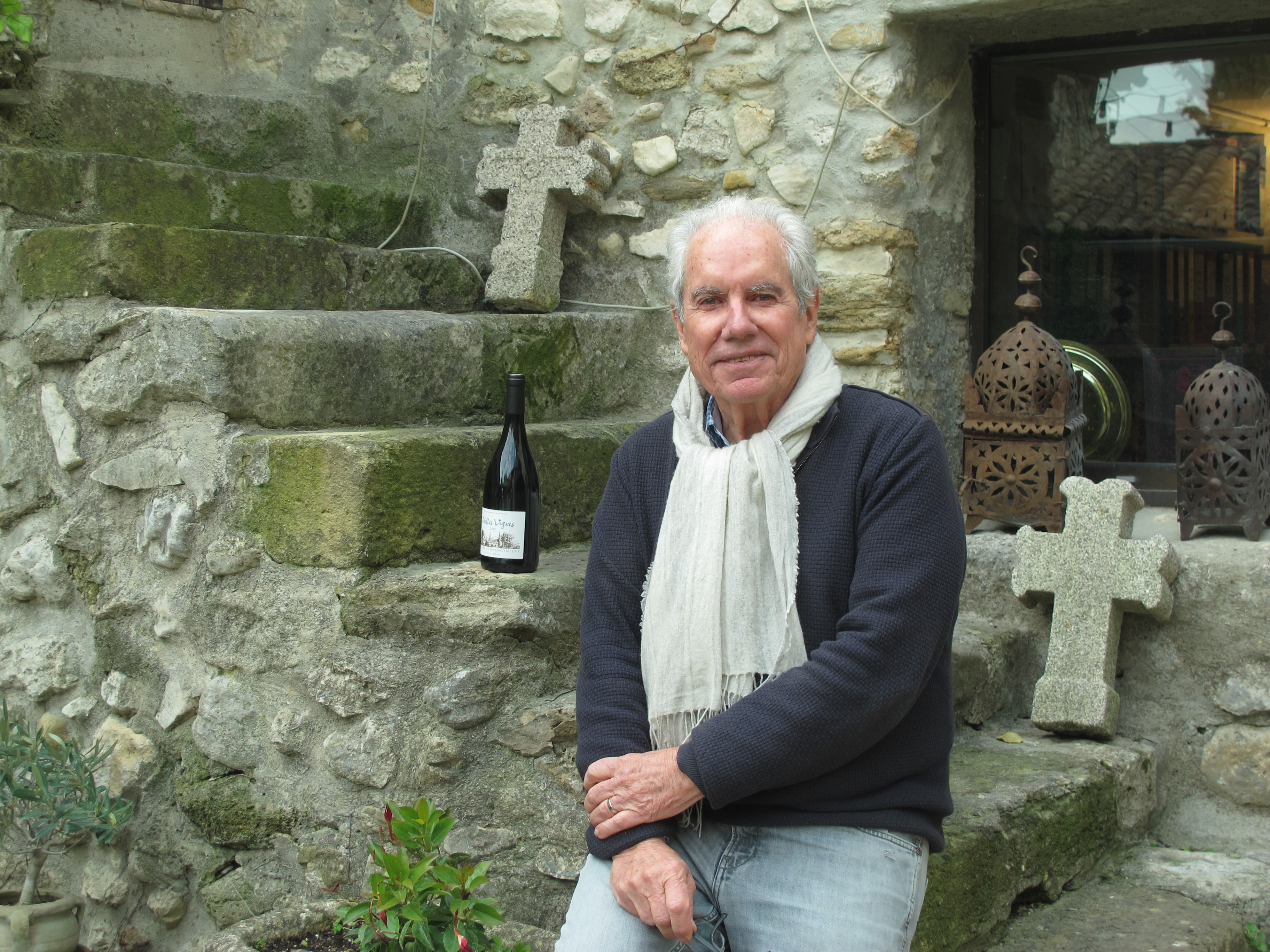
Henri Bour of Domaine de Grangeneuve, previous president of the appellation Grignan-les-Adhémar
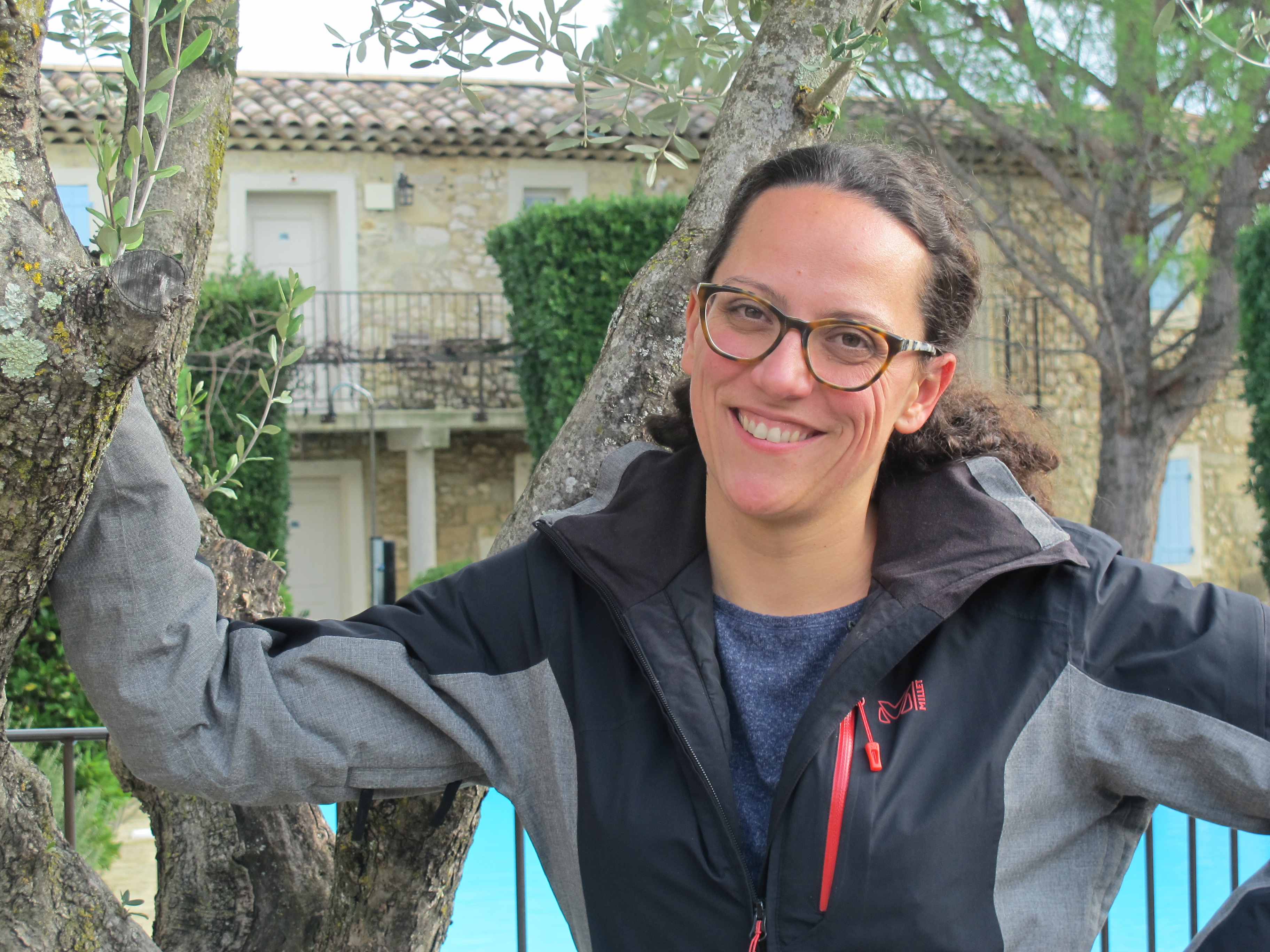
Mélina Monteillet of Domaine de Montine
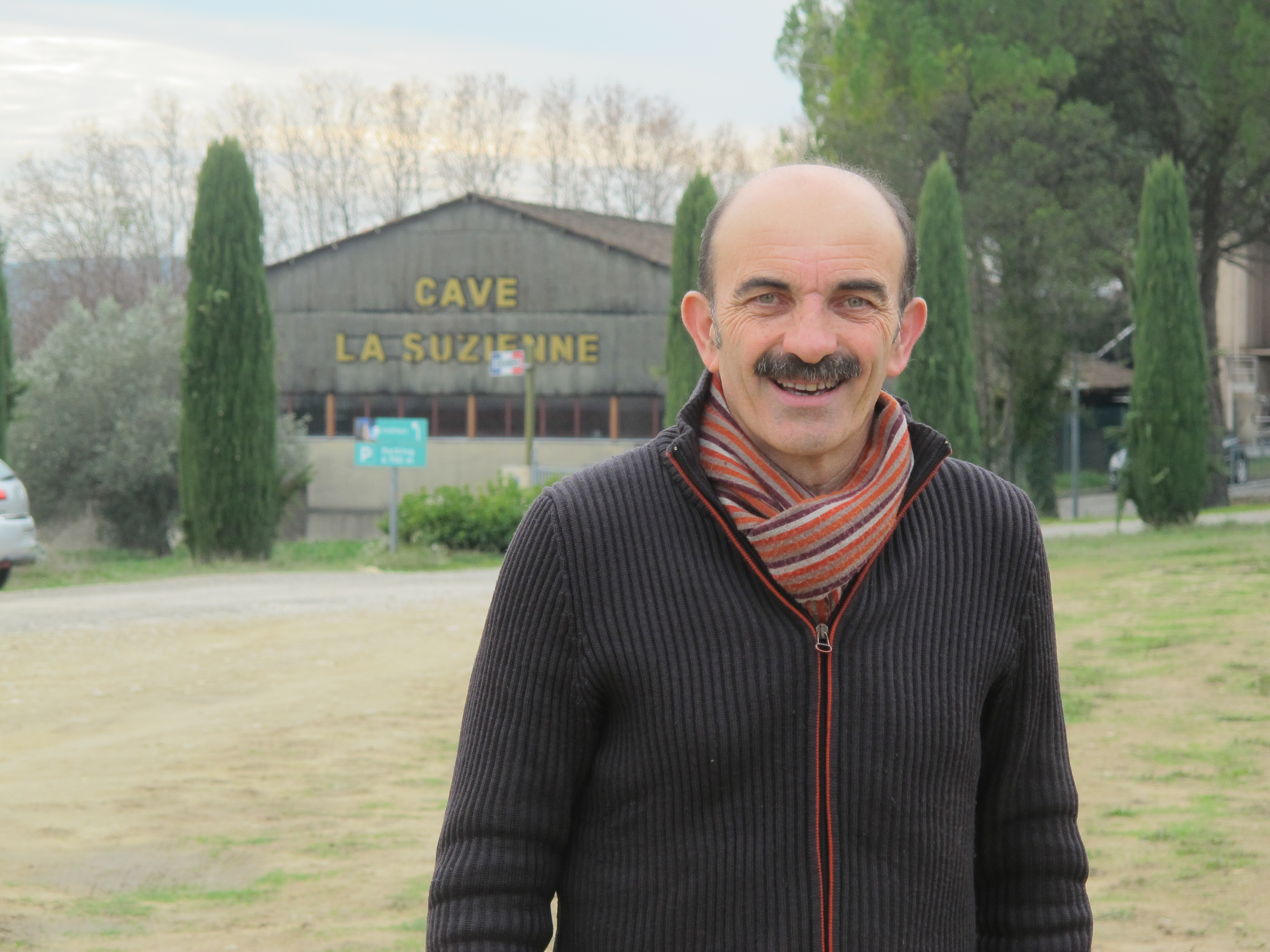
Alain Bayonne of Cave la Suzienne
Images of Saint-Gervais
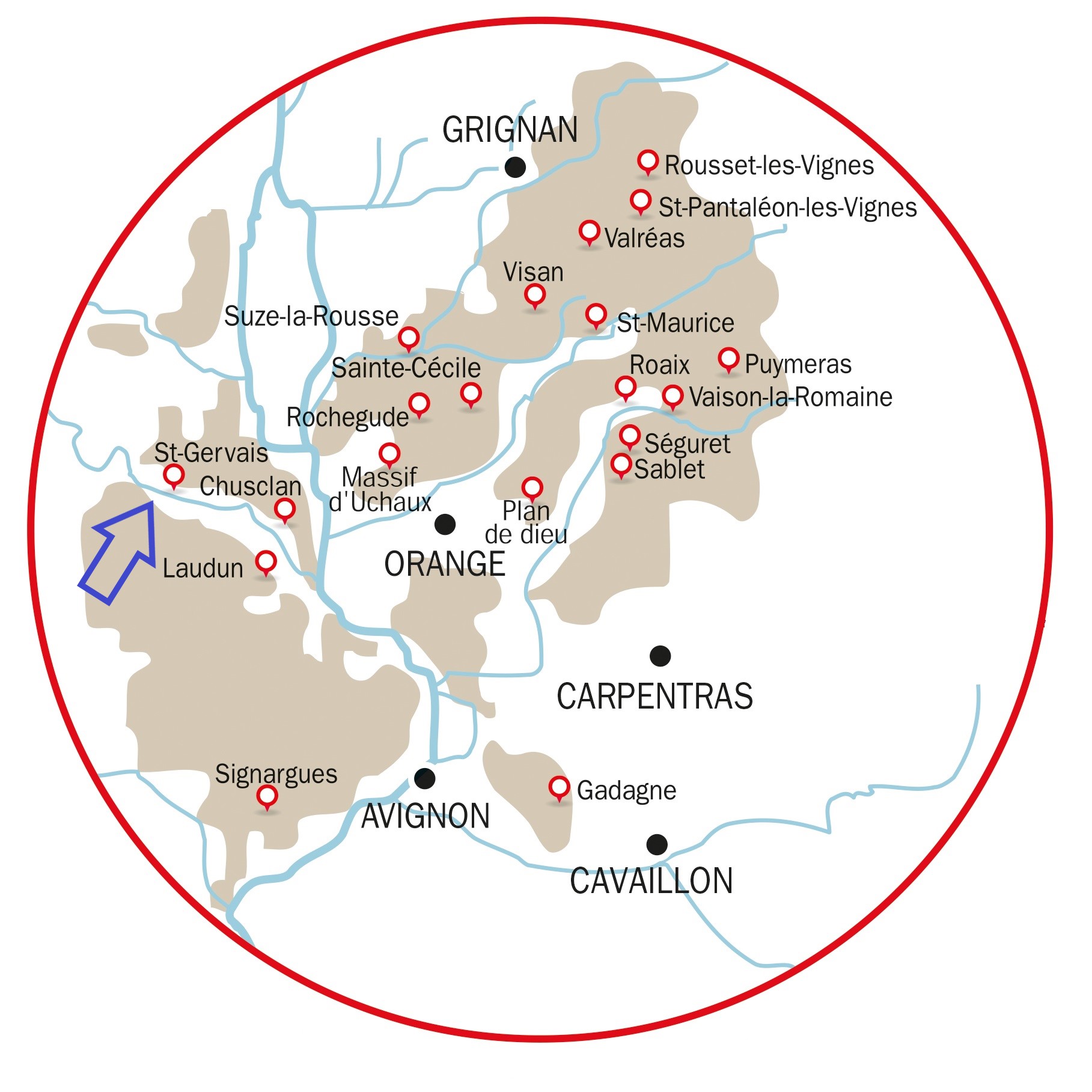
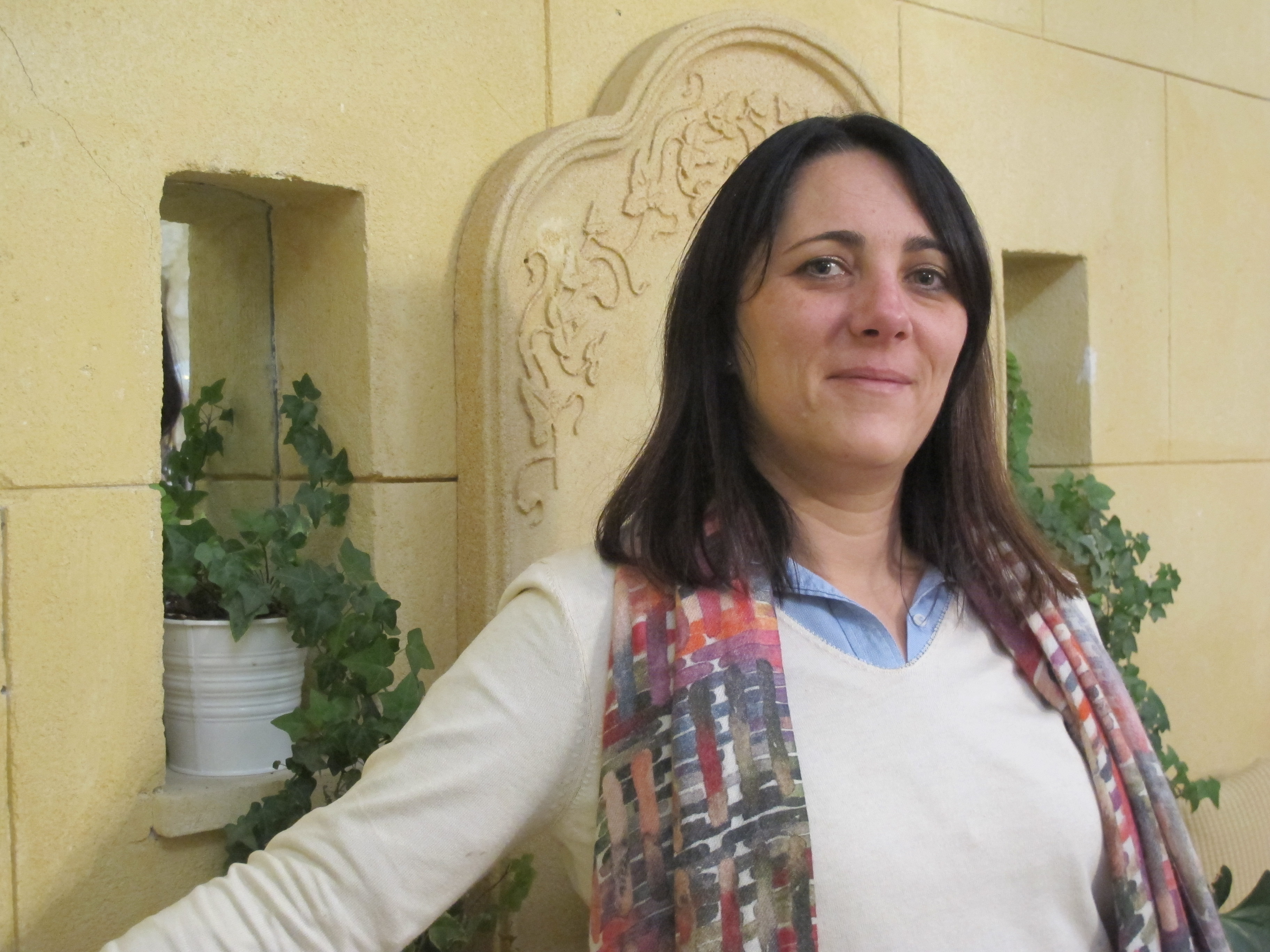
Claire Clavel of Domaine Clavel, one of the few private estates bottling wine in AOC Saint-Gervais

Frédéric Sablayrolles, Director of Production at Celliers des Chartreux on the Soleillan plateau in Saint-Gervais. They bought the local cave co-operative in 2015 and now make one white and one red AOC Saint-Gervais.
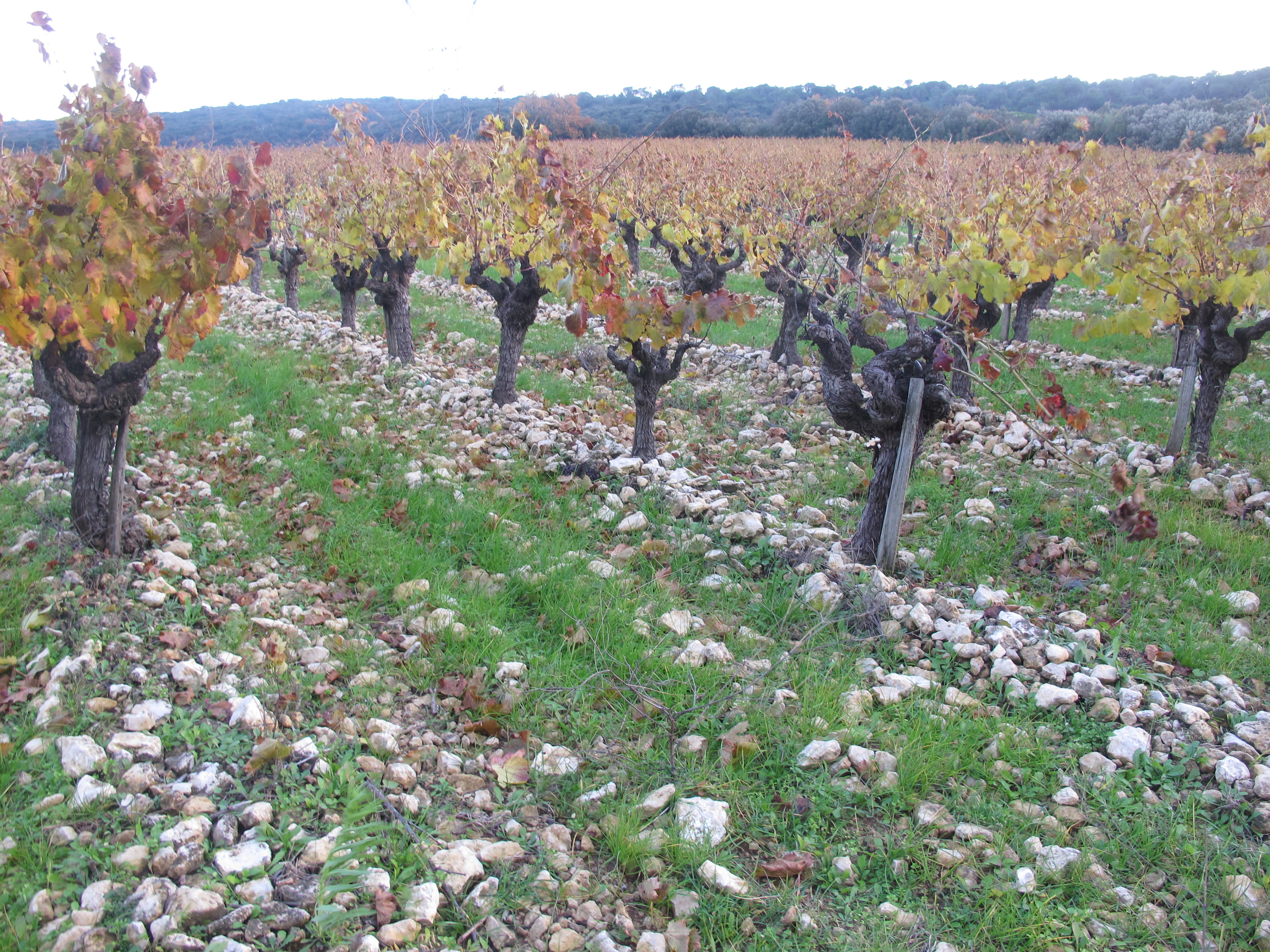
Limestone soils of the Soleillan plateau, the smaller of the two high-quality plateaux in Saint-Gervais
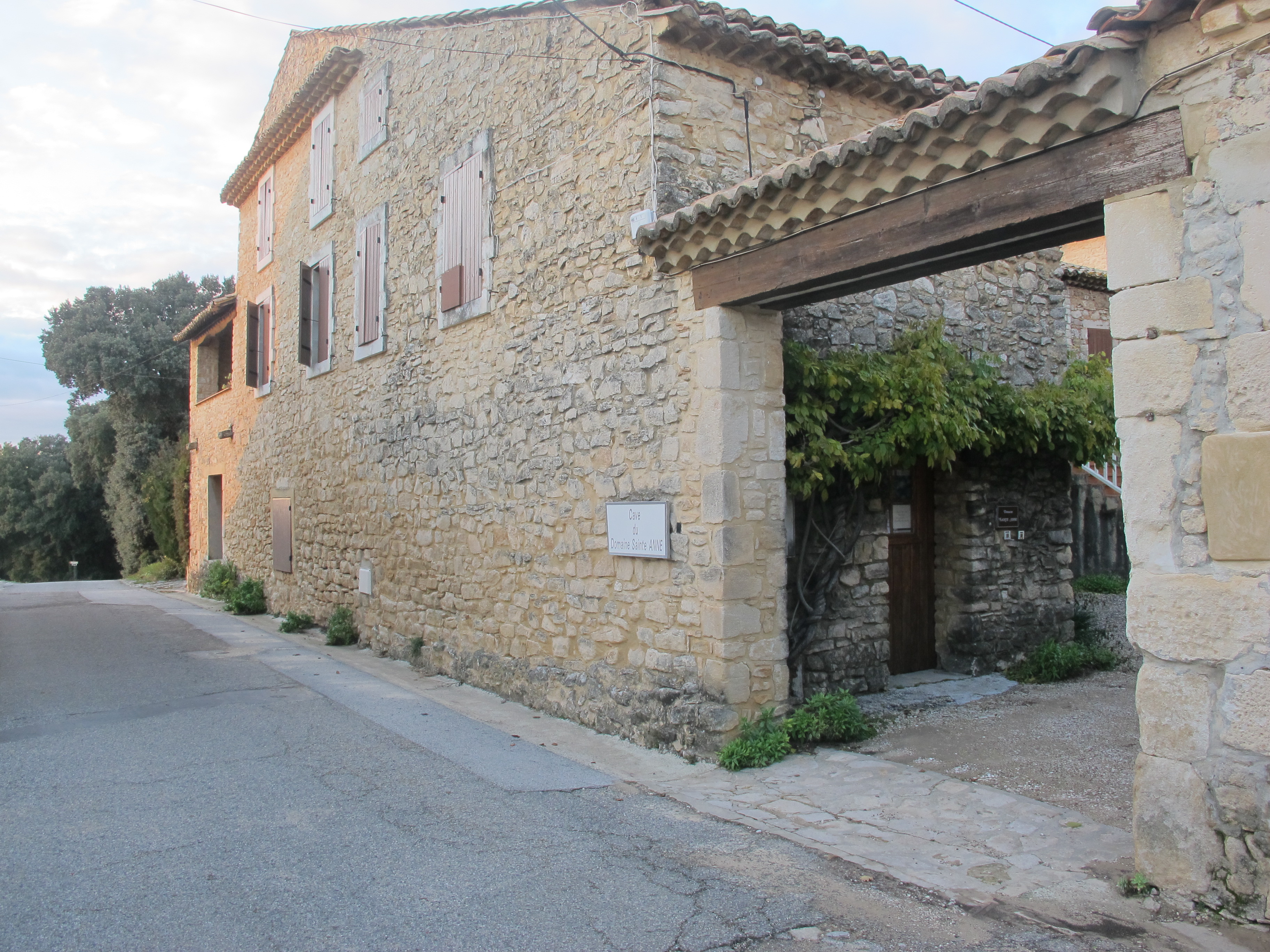
Domaine Sainte-Anne, situated on the larger Cellettes plateau in Saint-Gervais
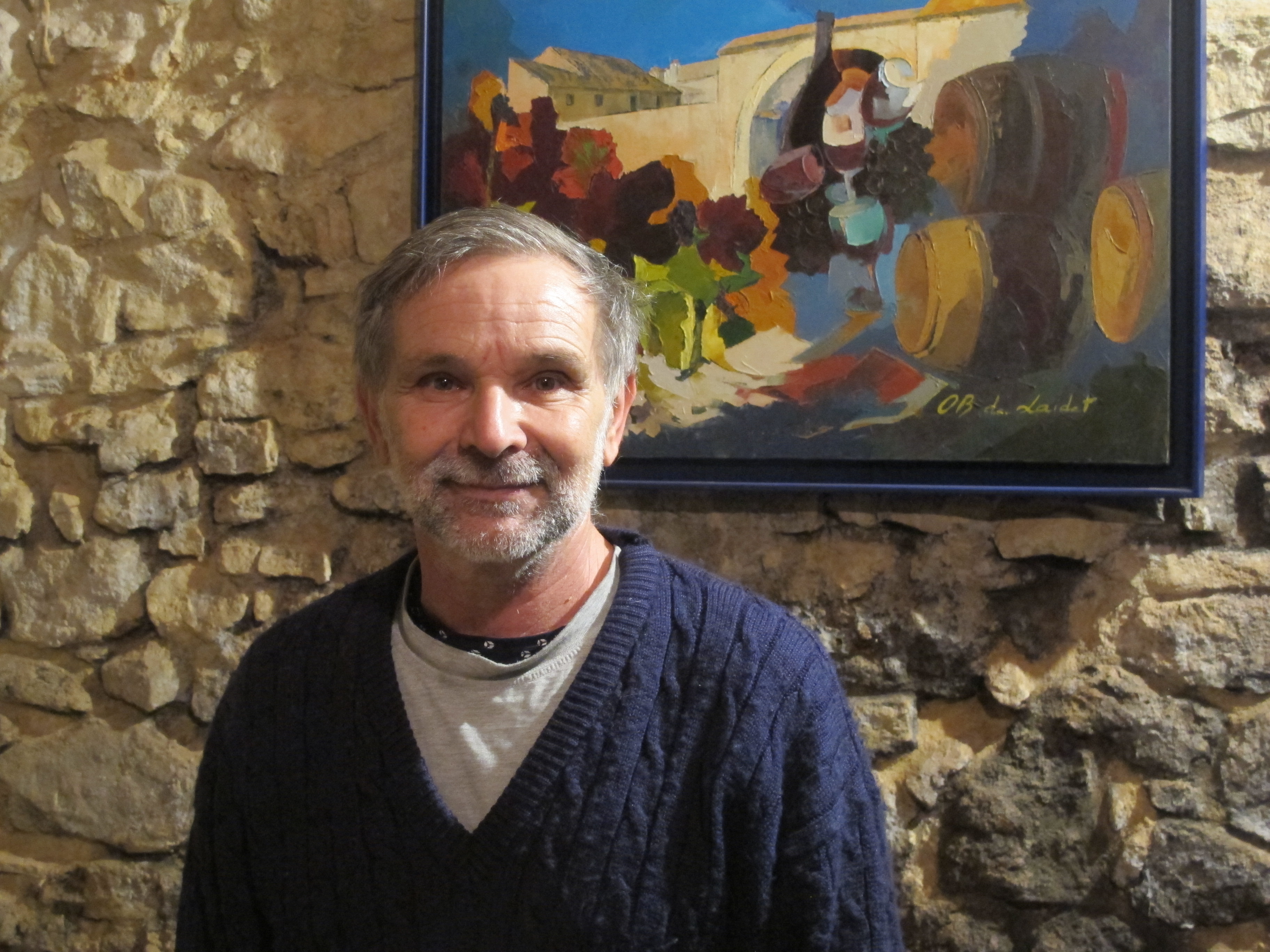
Jean Steinmaier of Domaine Sainte-Anne
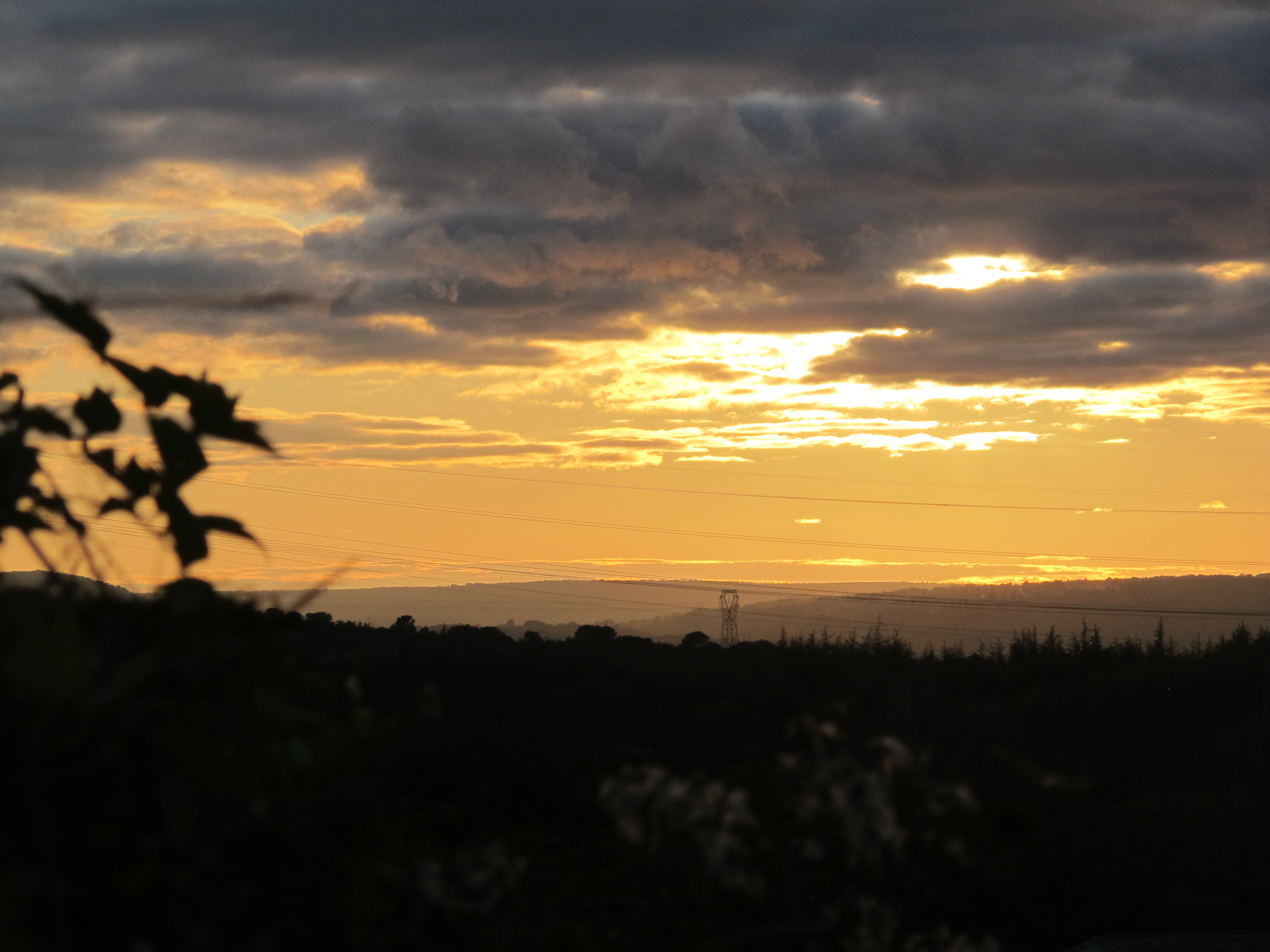
Autumn sunset over the Cellettes plateau
Images of Suze-la-Rousse
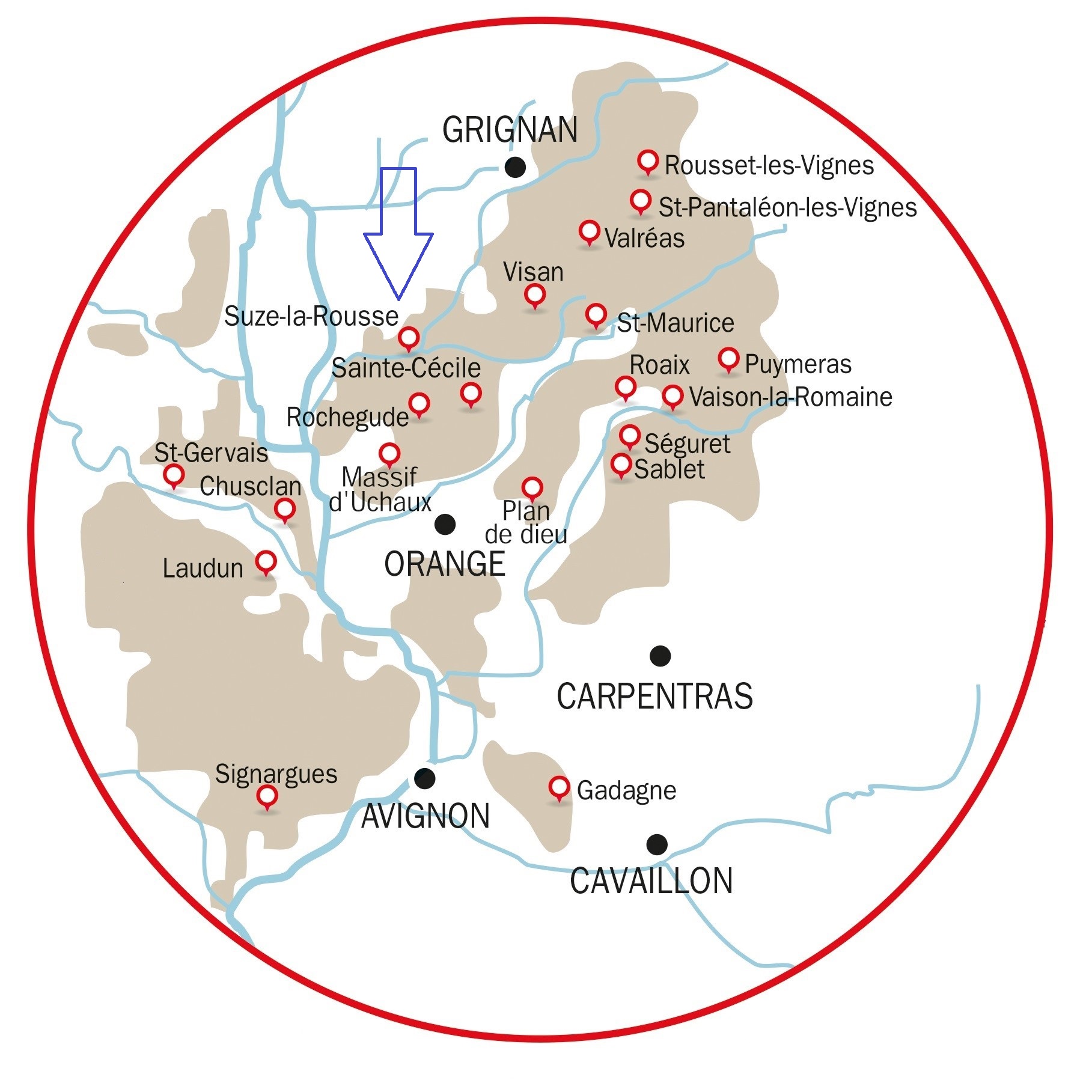
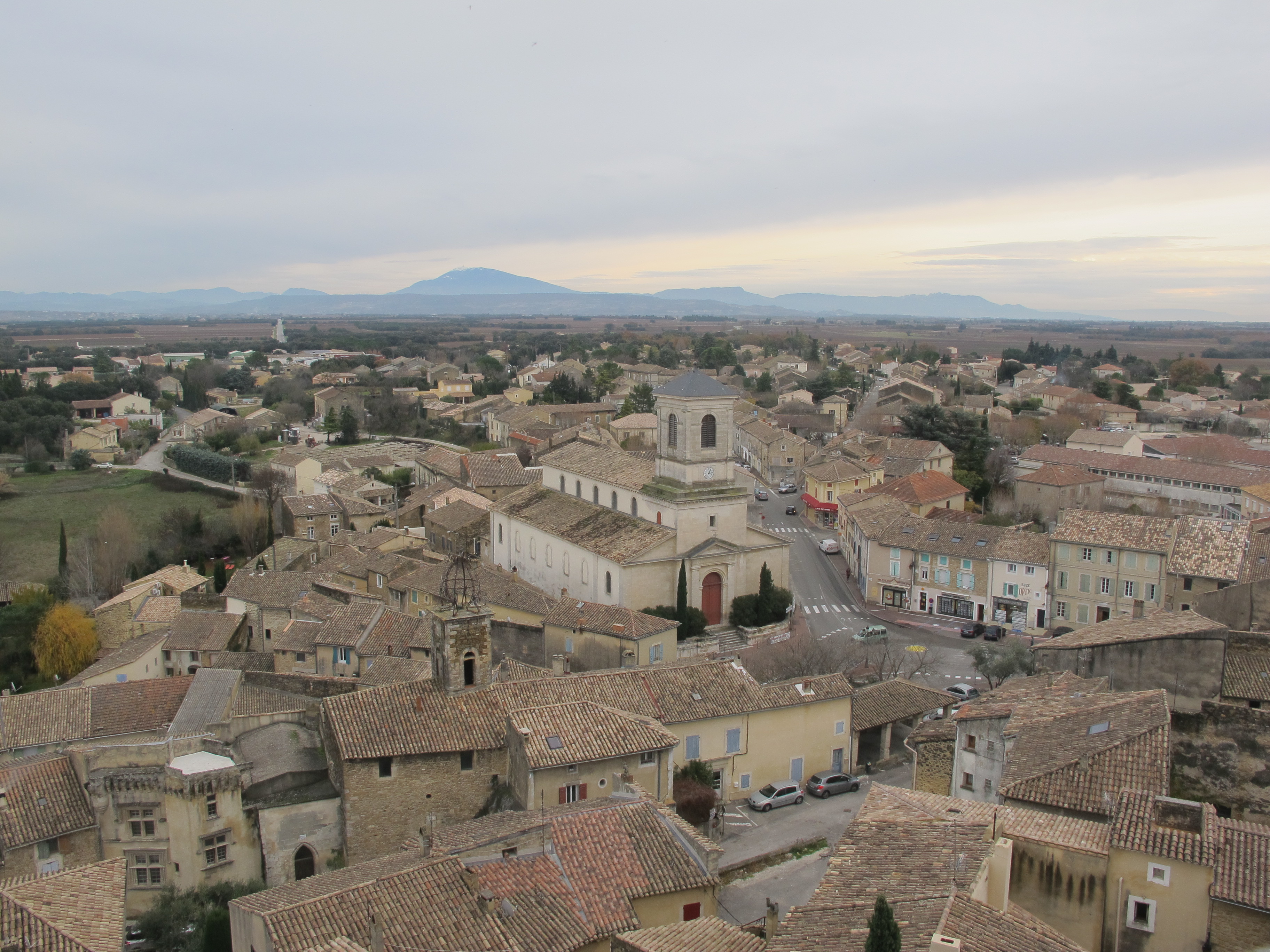
The village of Suze-la-Rousse, Mont Ventoux in the background
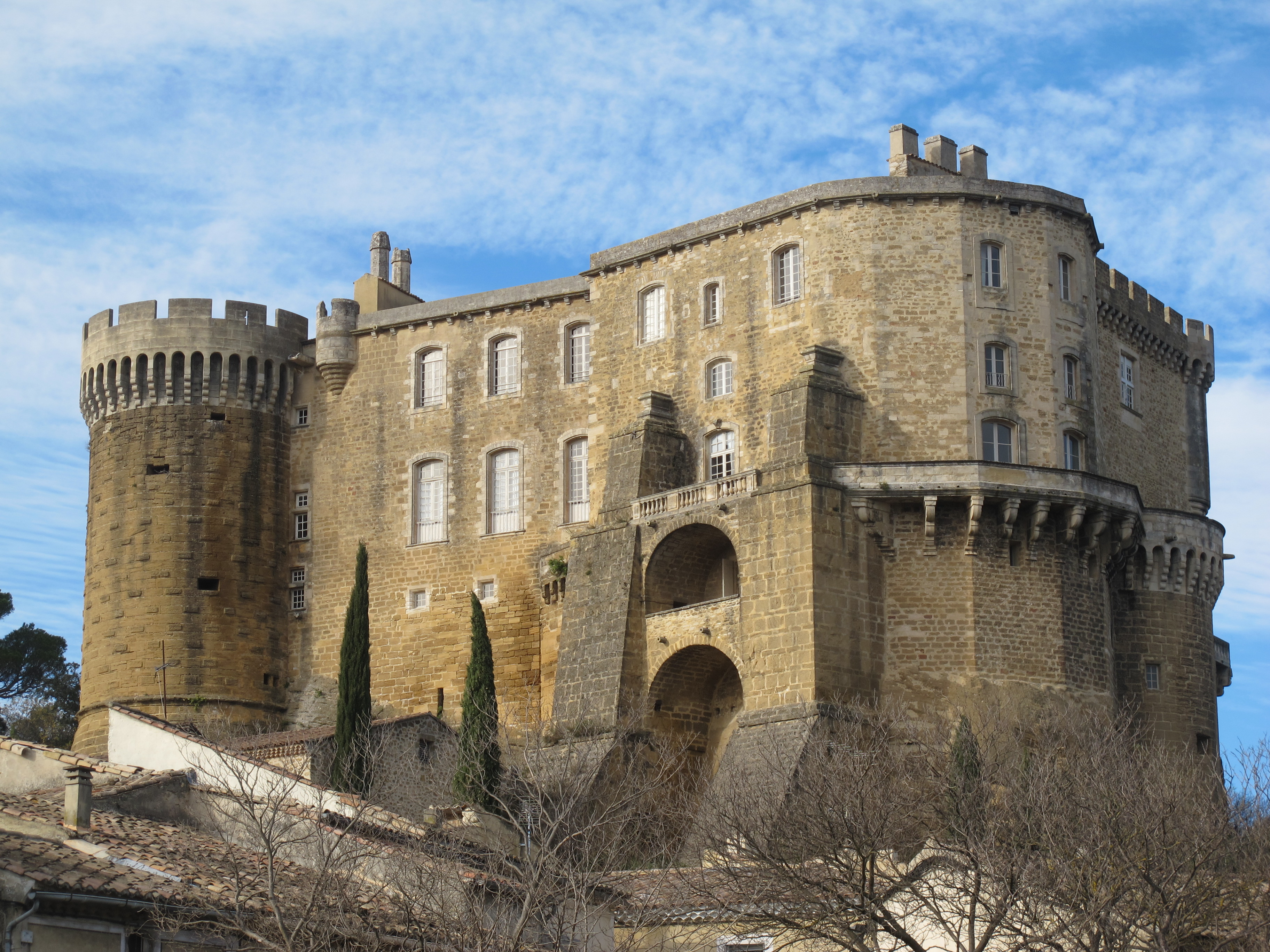
The Château of Suze-la-Rousse, which now houses the Université du Vin
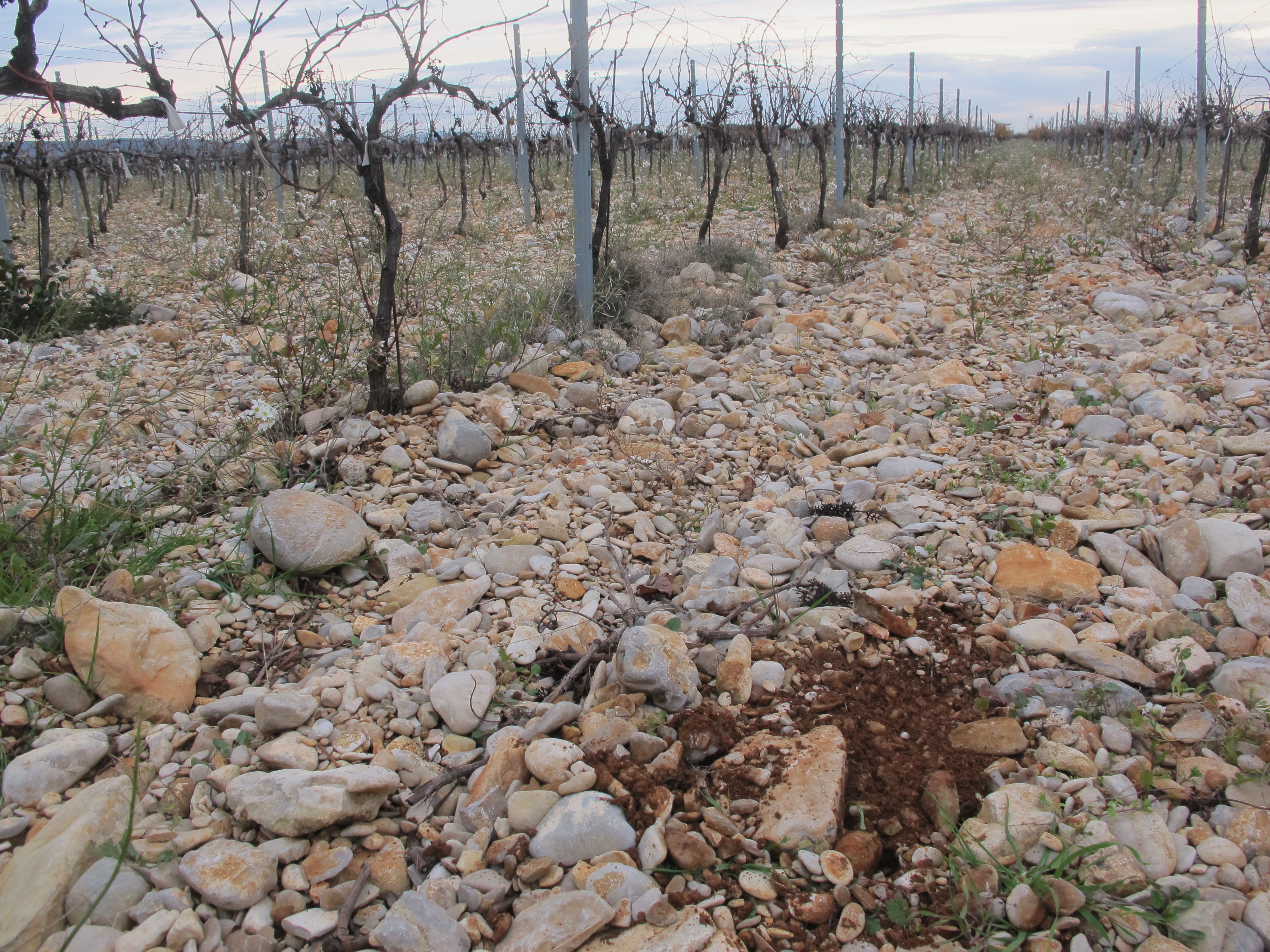
Flat, stony garrigues terroir of Suze-la-Rousse
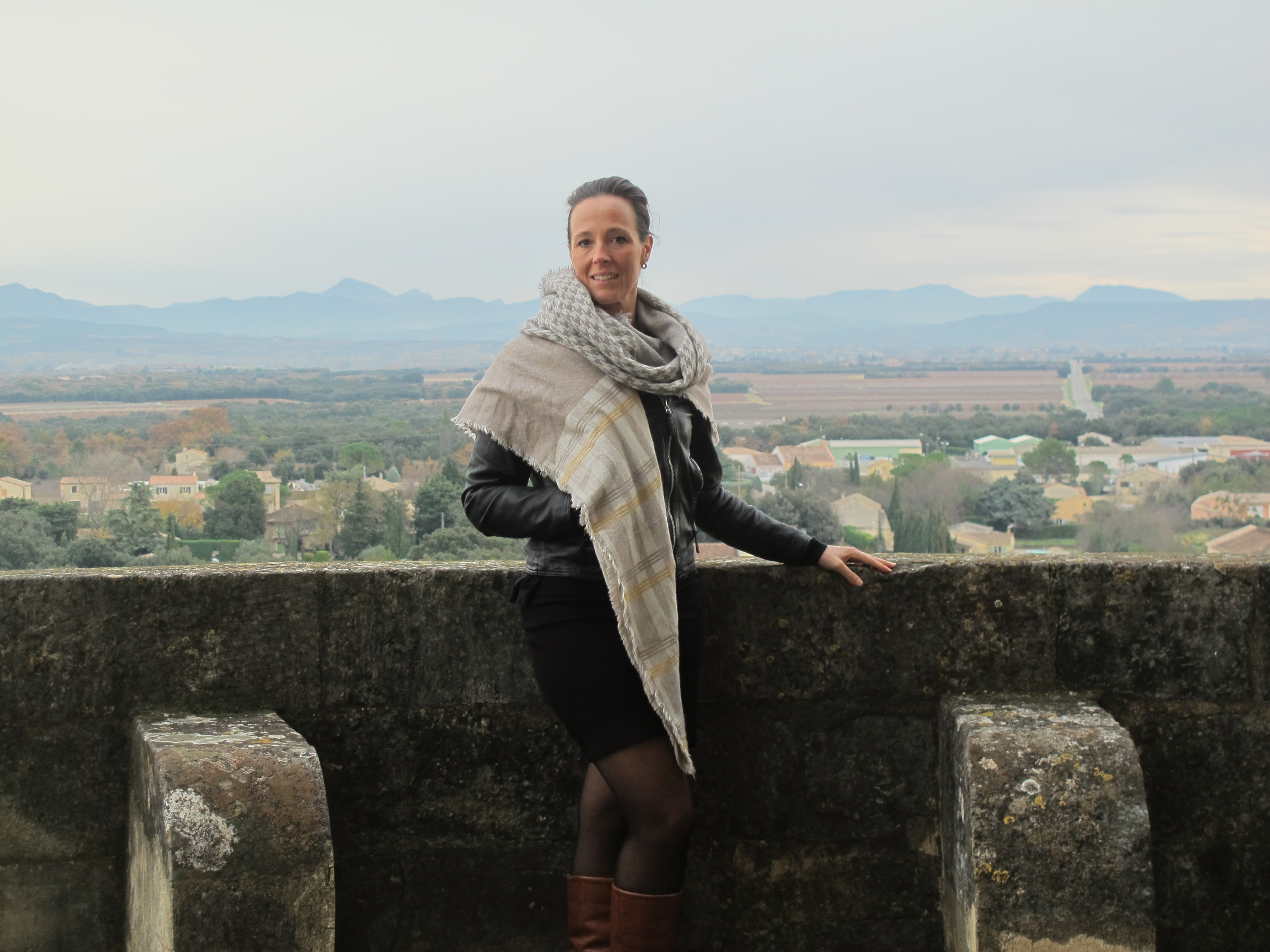
Ann Vermeersch of LePlan-Vermeersch
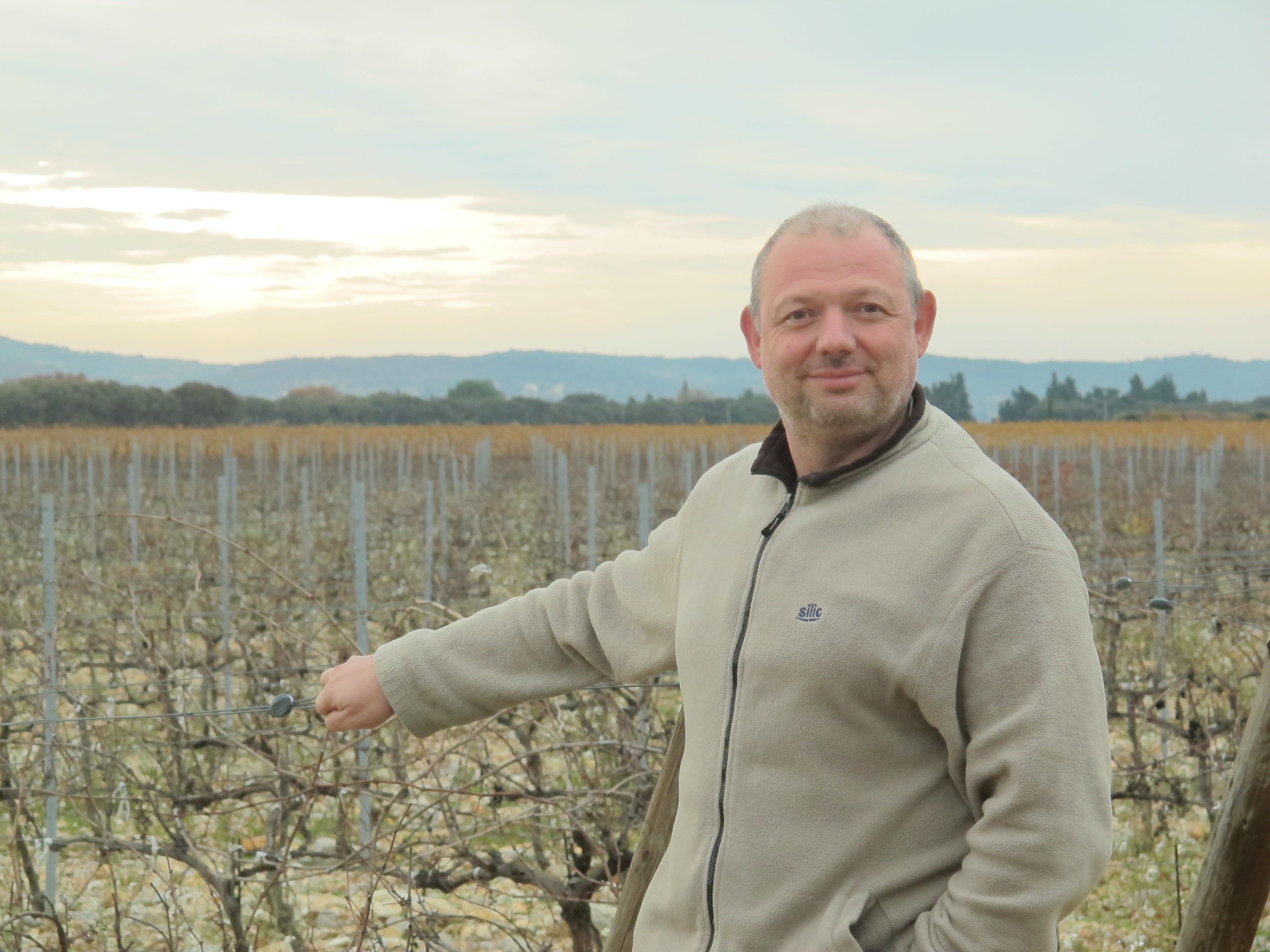
Vincent Boyer of Domaine la Bastide and president of the appellation Suze-la-Rousse
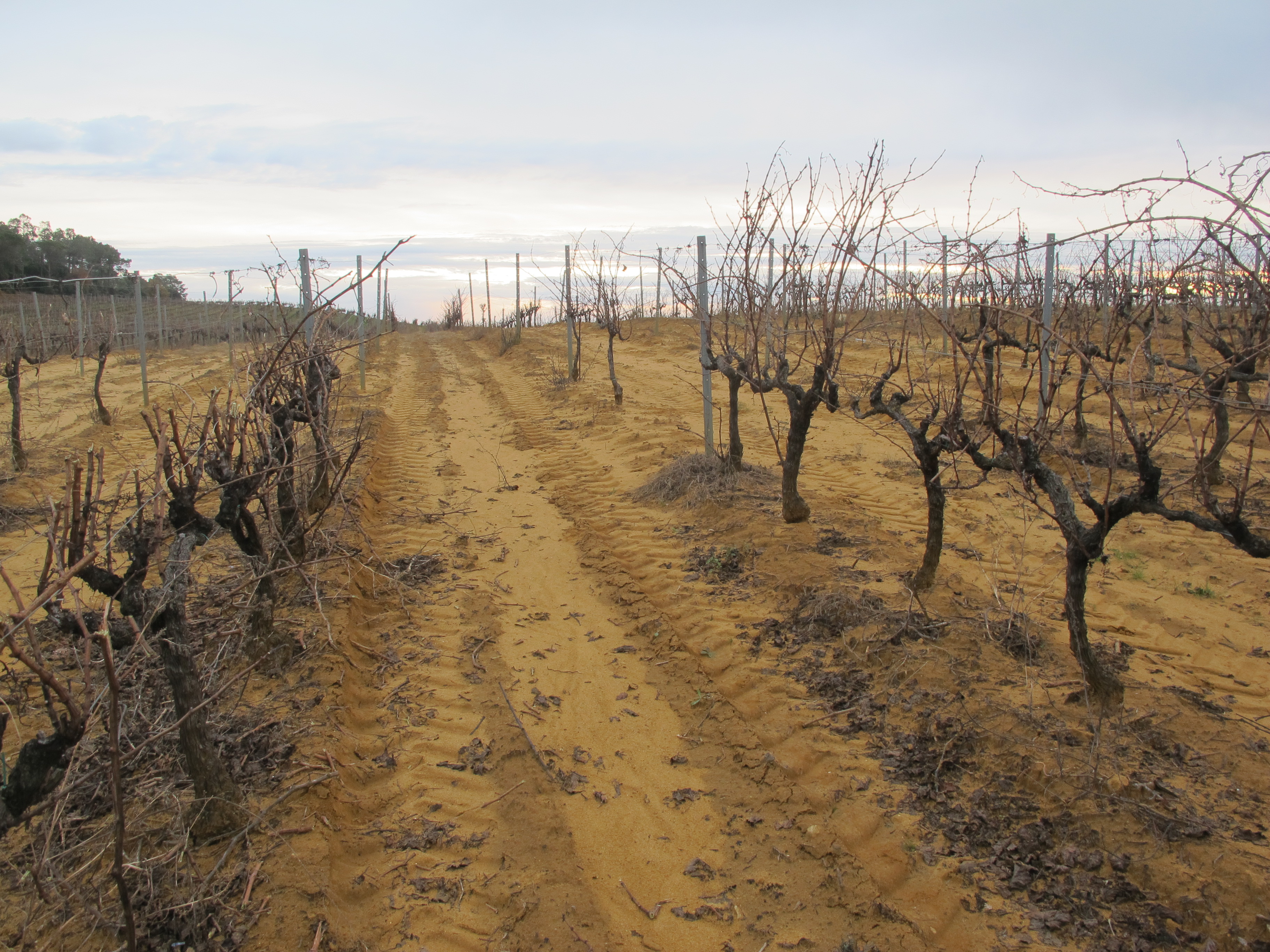
Outcrops of sand at the north of the appellation
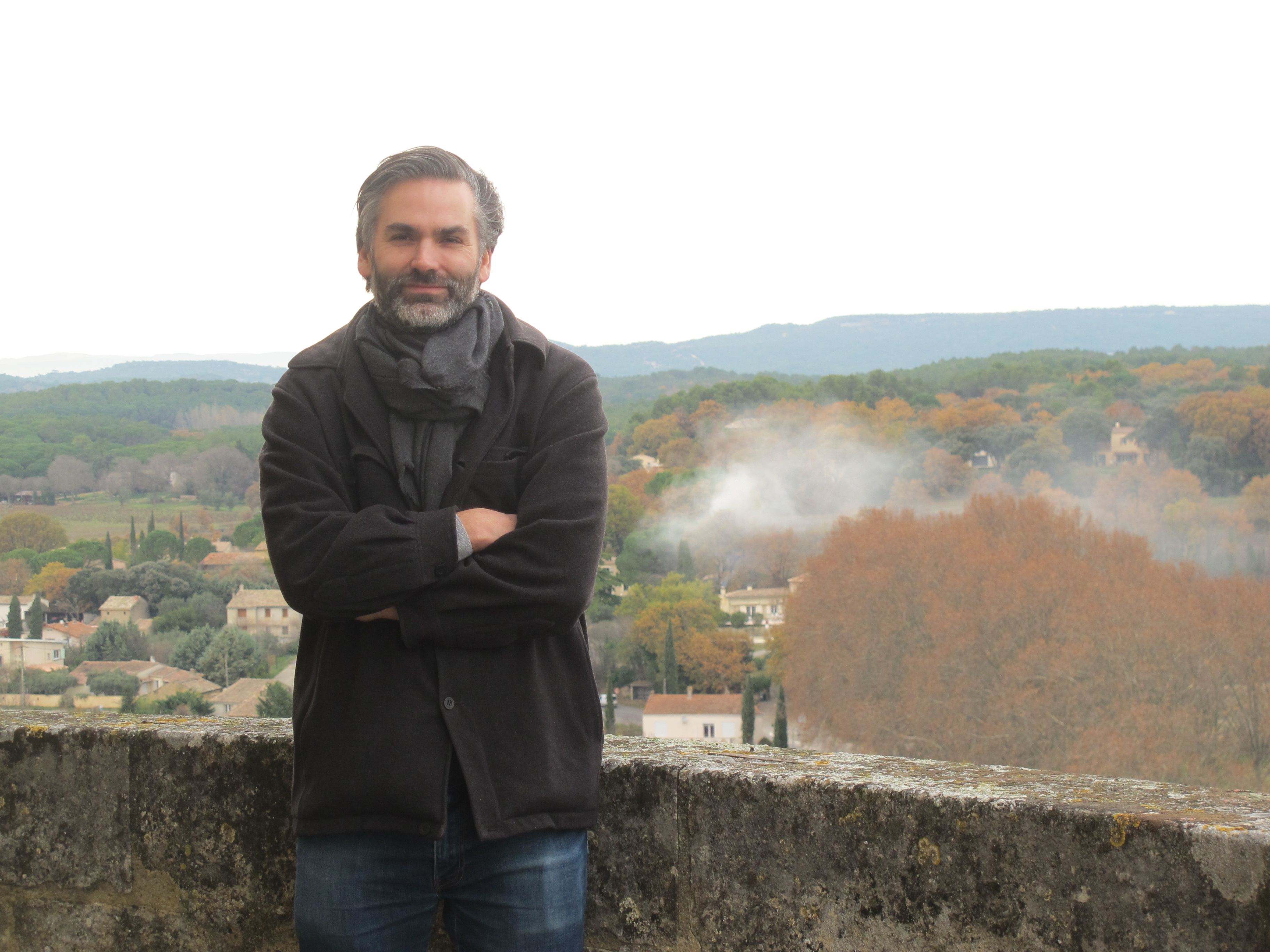
Raphaël Knapp of Domaine La Borie
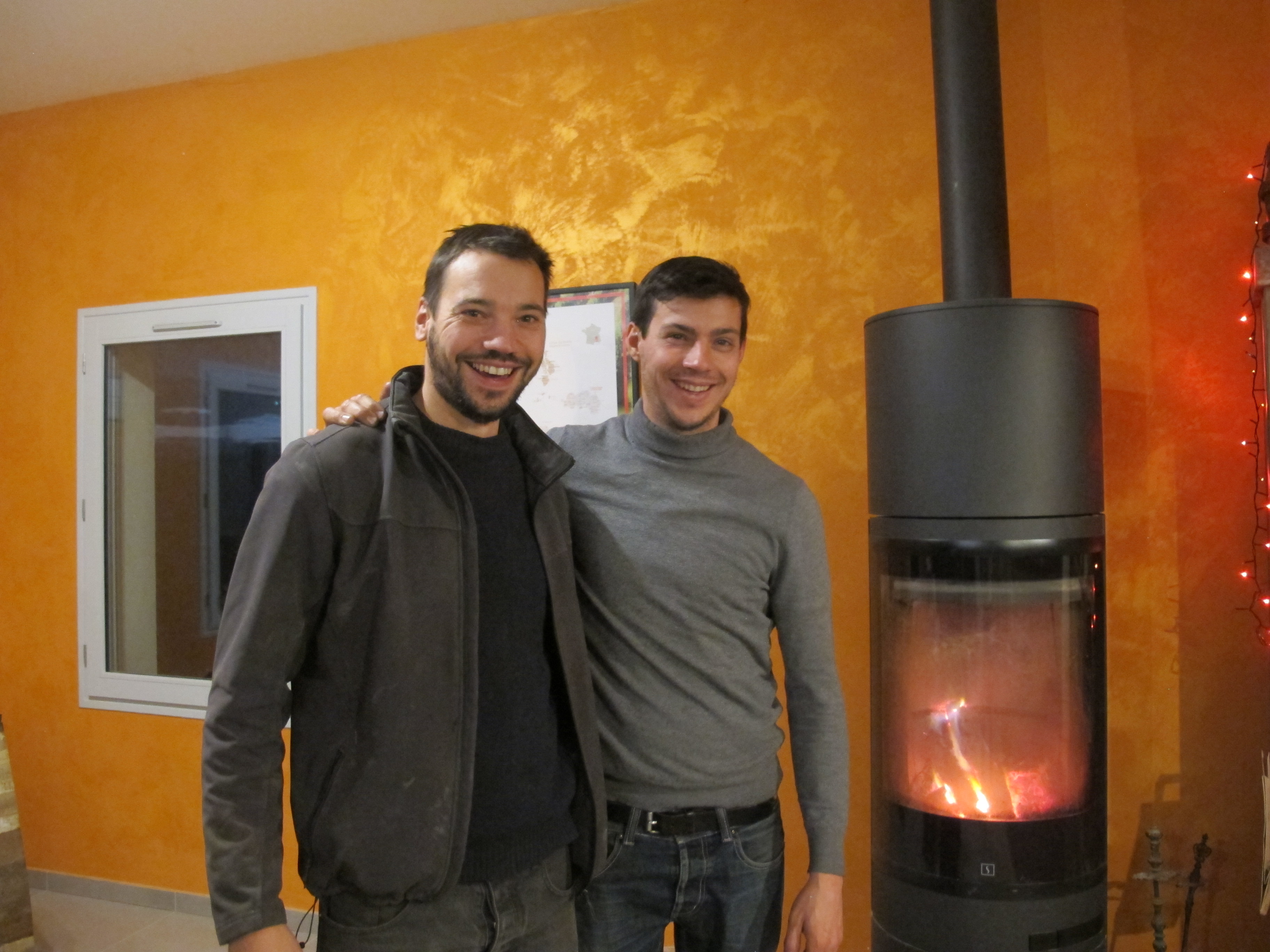
Rémy (l) and Luc Bayon (r) of Domaine des Gravennes
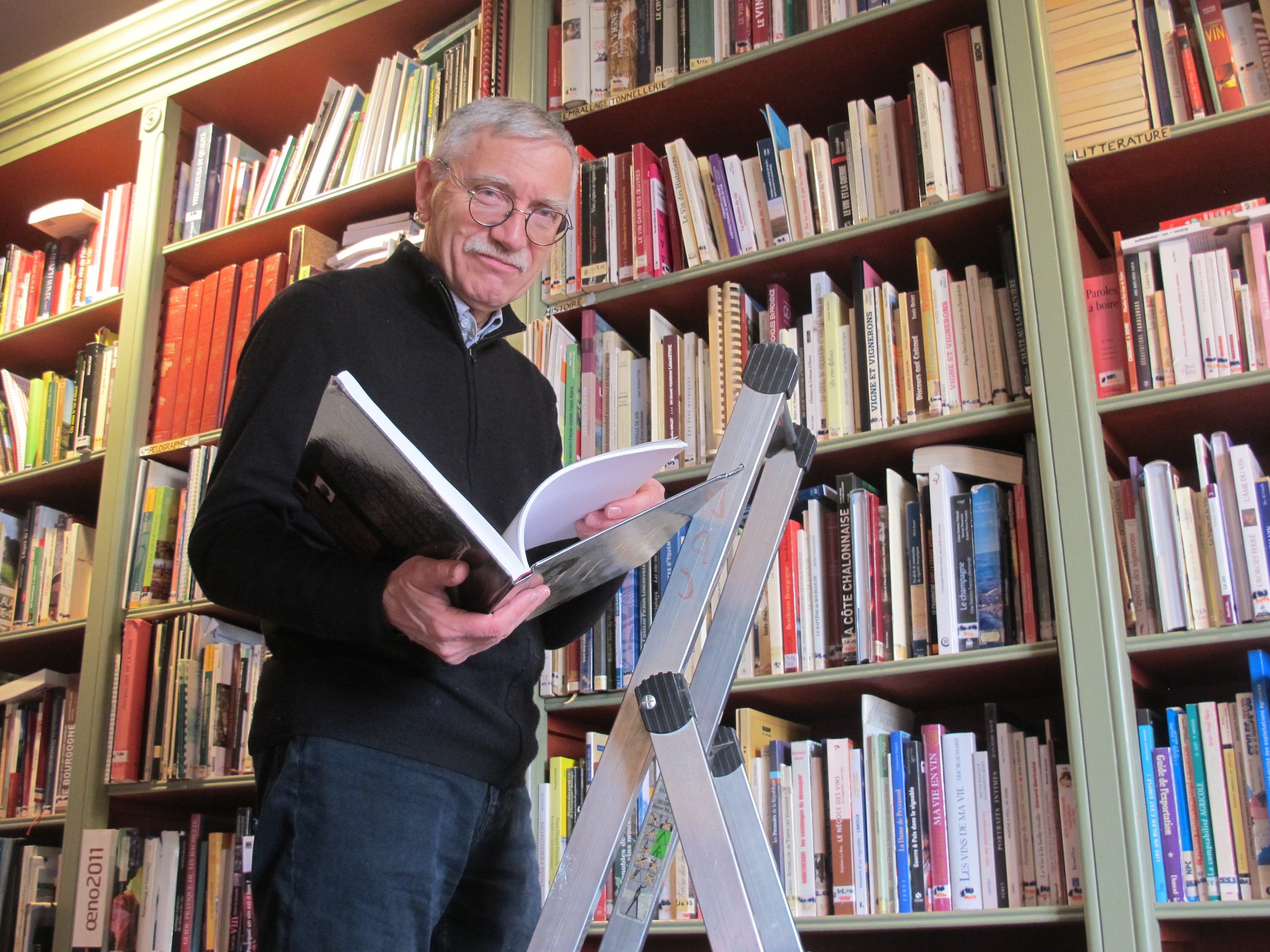
Gilles Cotin, archive manager at the Université de Vin who is retiring this year. Thanks to Gilles and the Université de Vin for giving me access to their formidable library. The university trains the next generation of wine professional, from viticulture and winemaking to marketing and oenotourisme. It also has short courses open to consumers; check out their website for more details.
Images of Saint-Andéol
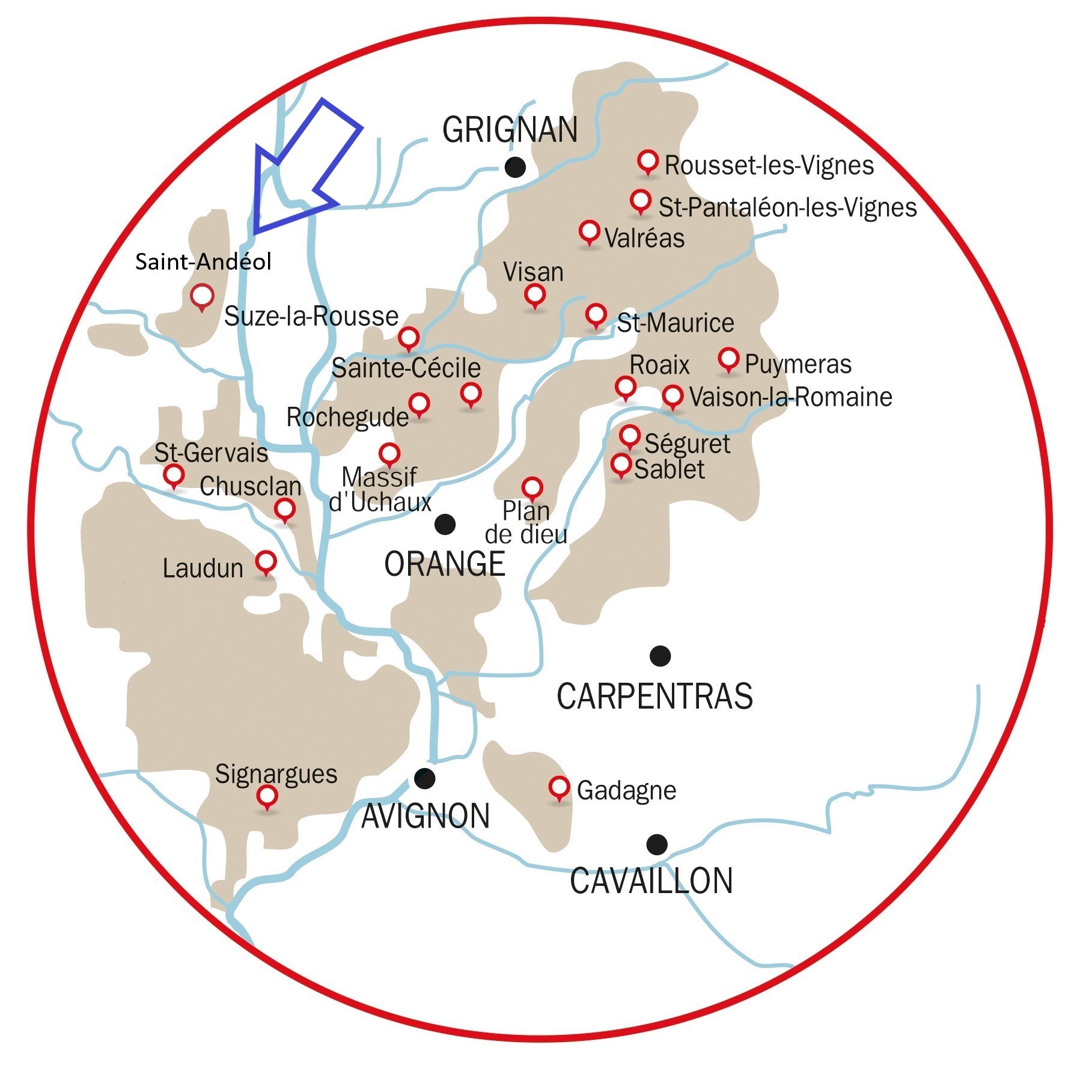
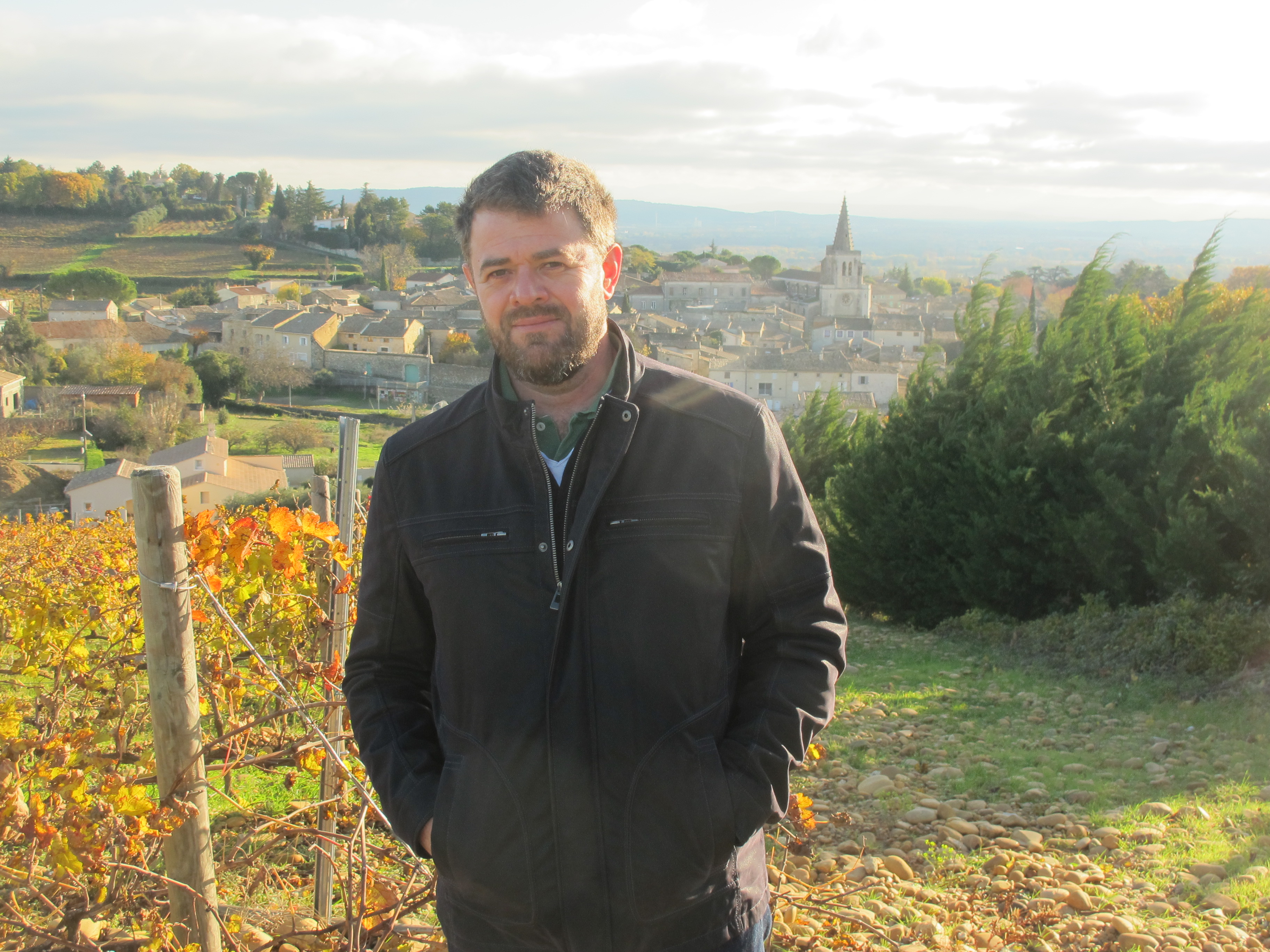
Philippe Faure, President of AOC Saint-Andéol, in vineyards overlooking one of its four communes, Saint-Marcel-d'Ardèche
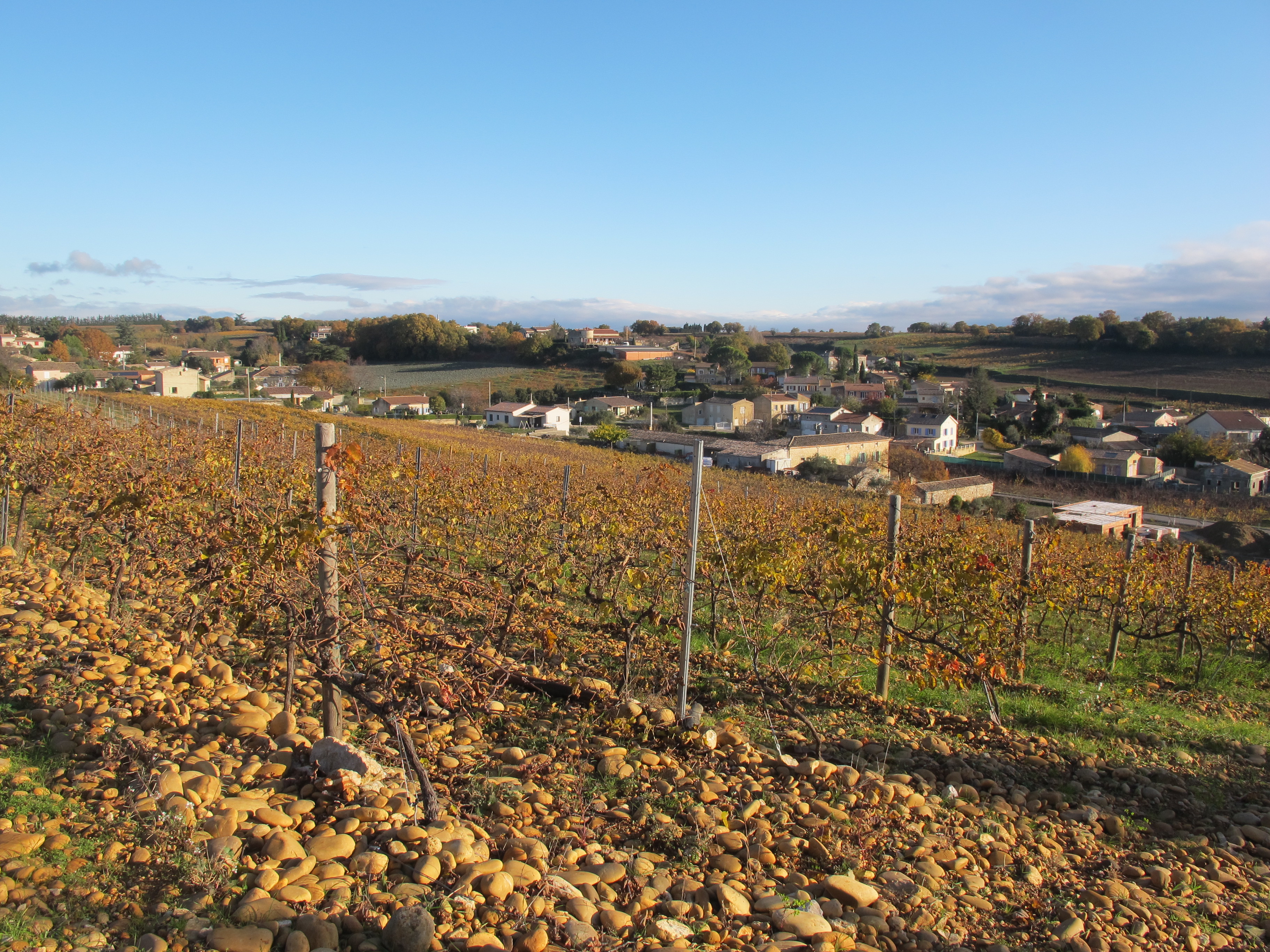
Most of the soil in the appellation consists of galets roulés on hillsides. The winery with the cylindrical tower in the background is Domaine Saladin

Roland Terrasse of Château Rochecolombe
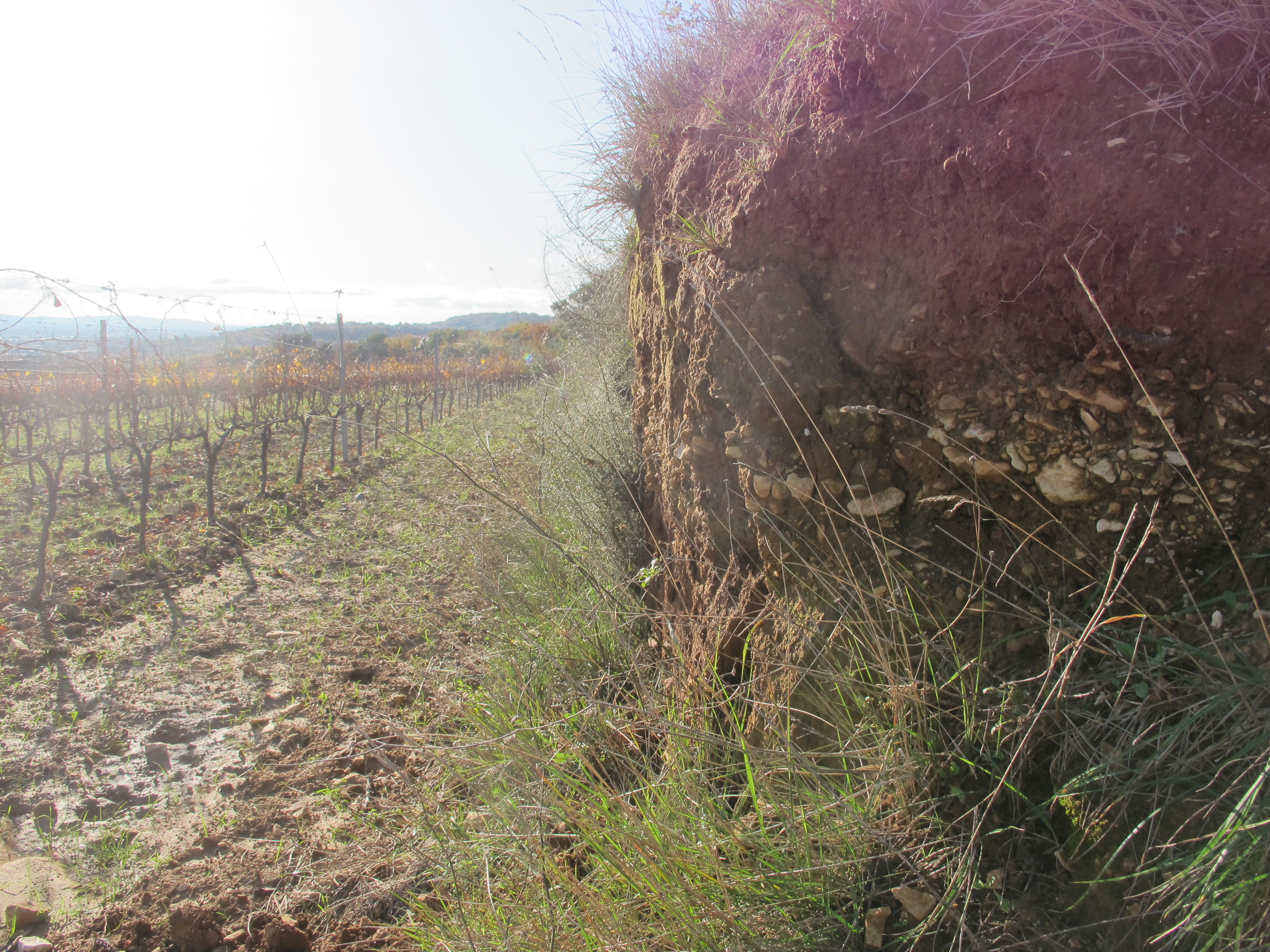
There is a small zone of clay limestone soil in AOC Saint-Andéol - these are the lower terraces at Château Rochecolombe...
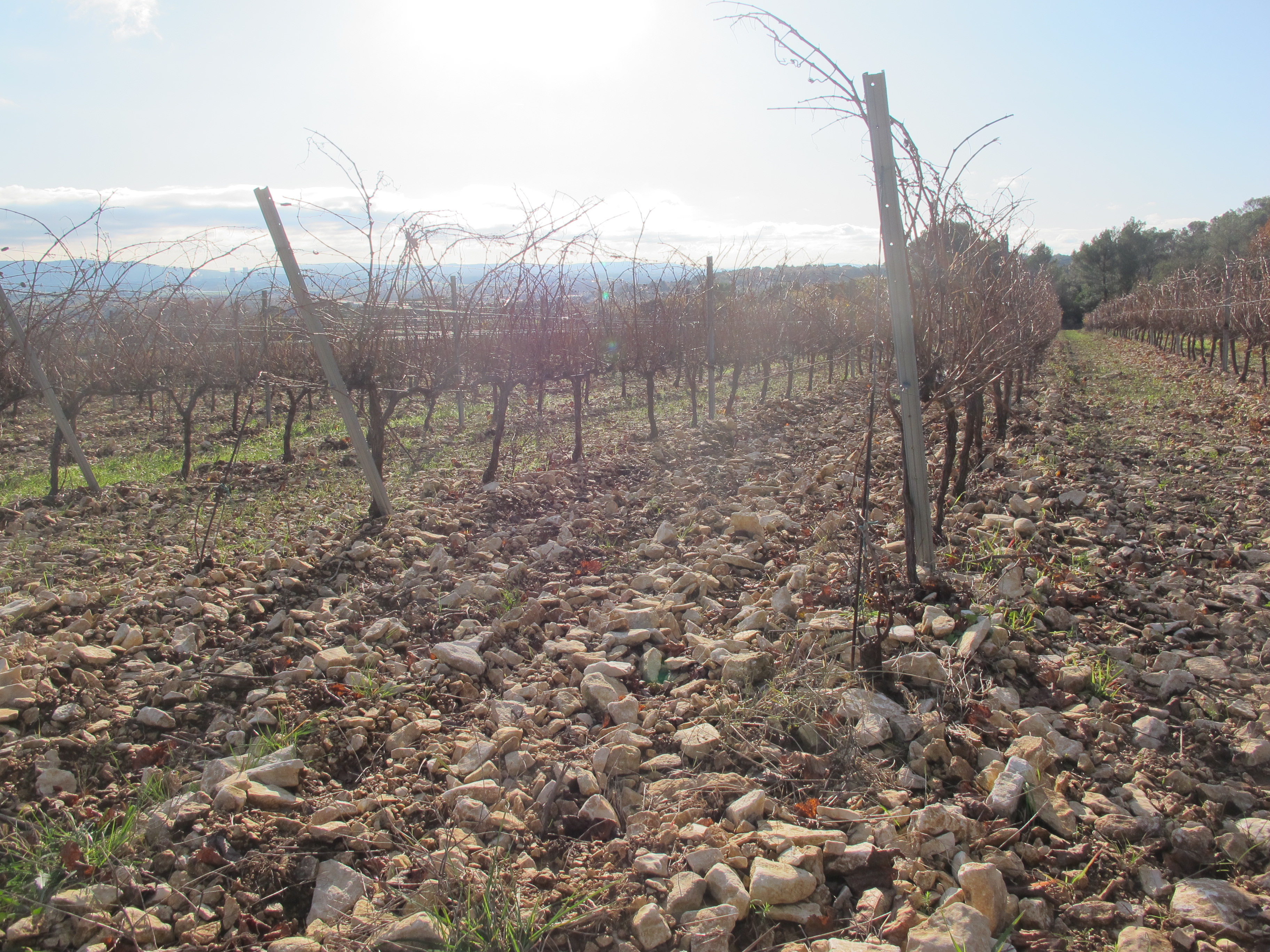
... and these are the higher ones, where the limestone is closer to the surface
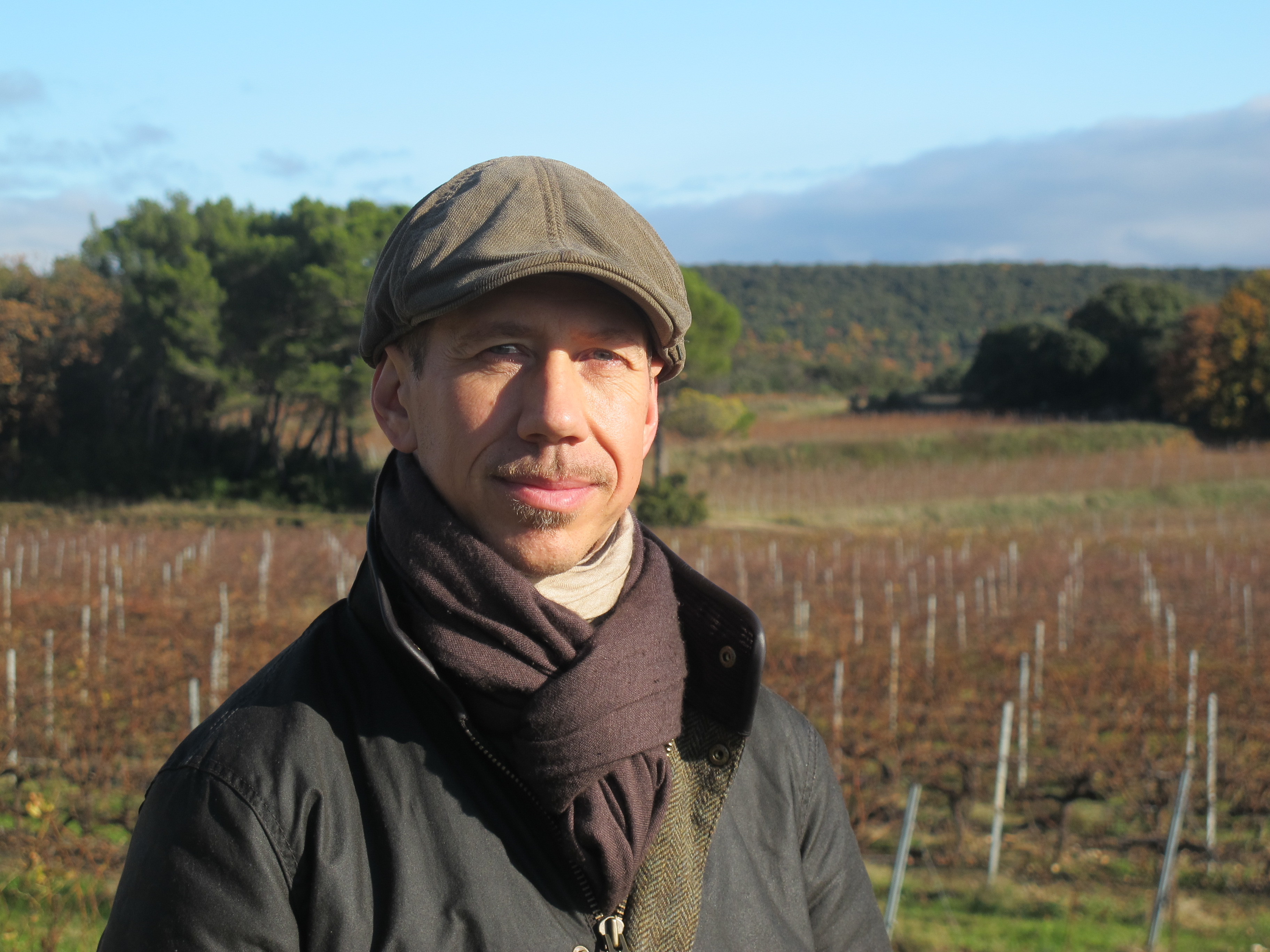
Frédéric Dorthe of Domaine du Chapitre
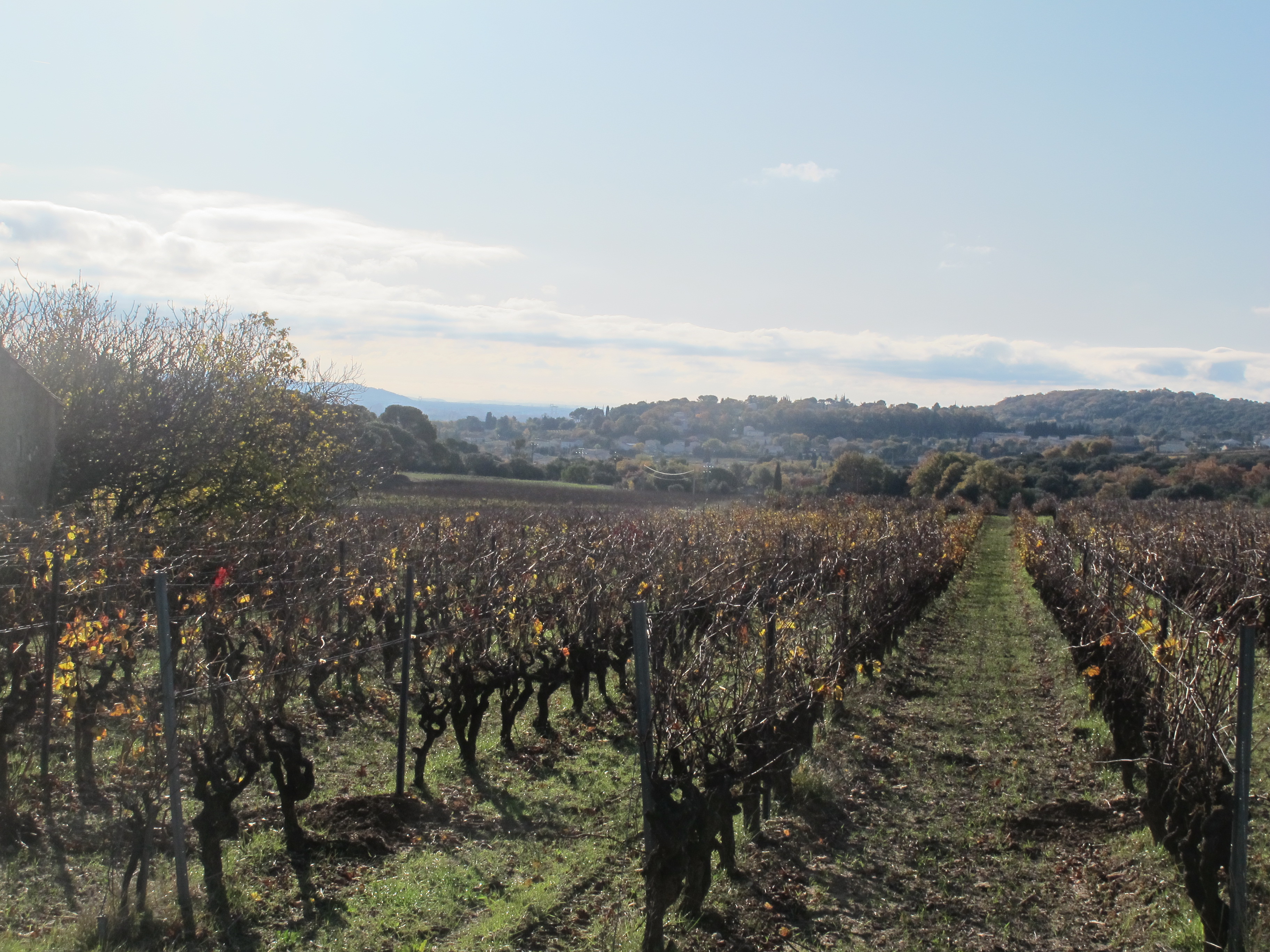
Looking towards the commune of Bourg-Saint-Andéol
Images of Rousset-les-Vignes and Saint-Pantaléon-les-Vignes
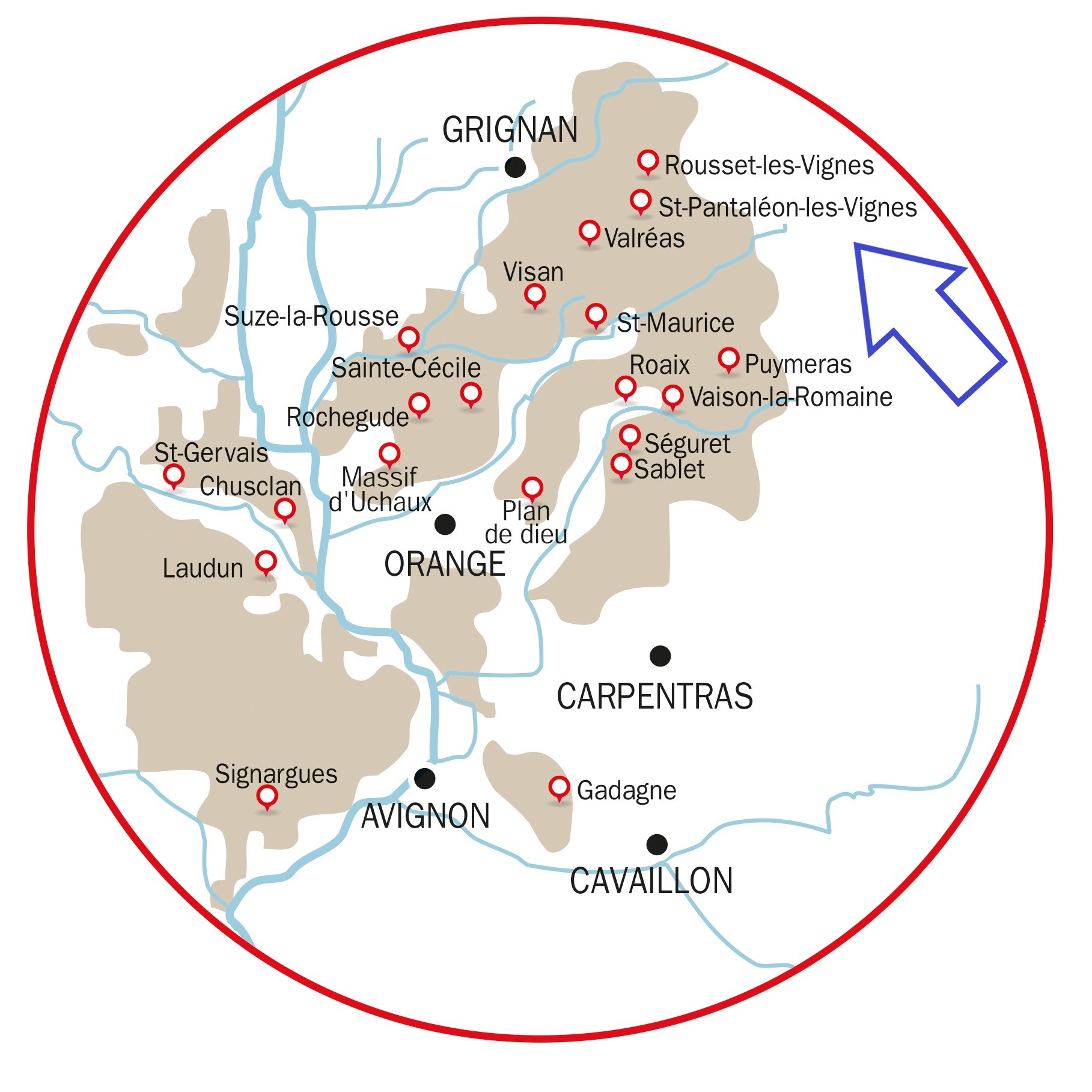
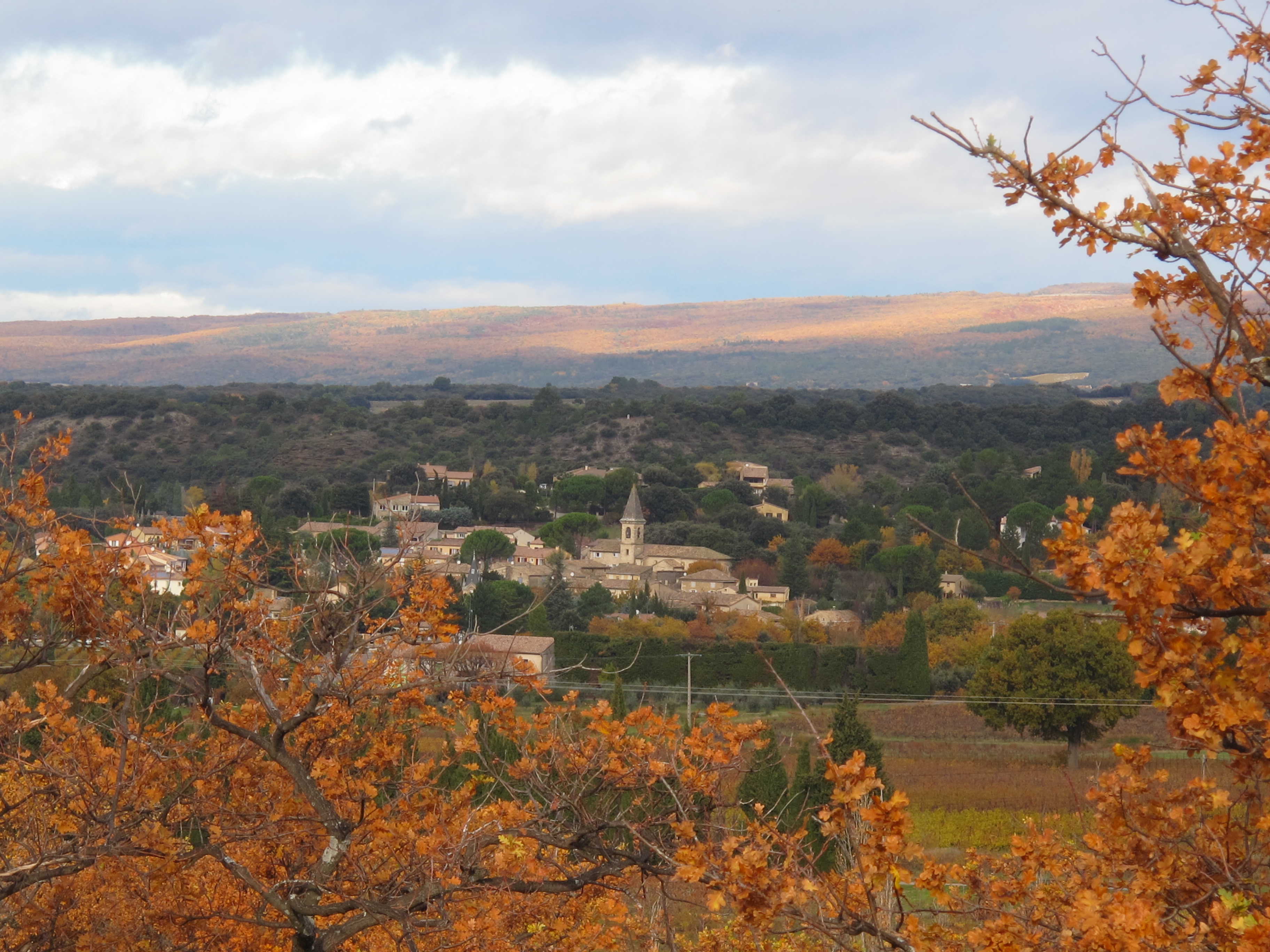
The little village of Saint-Pantaléon-les-Vignes
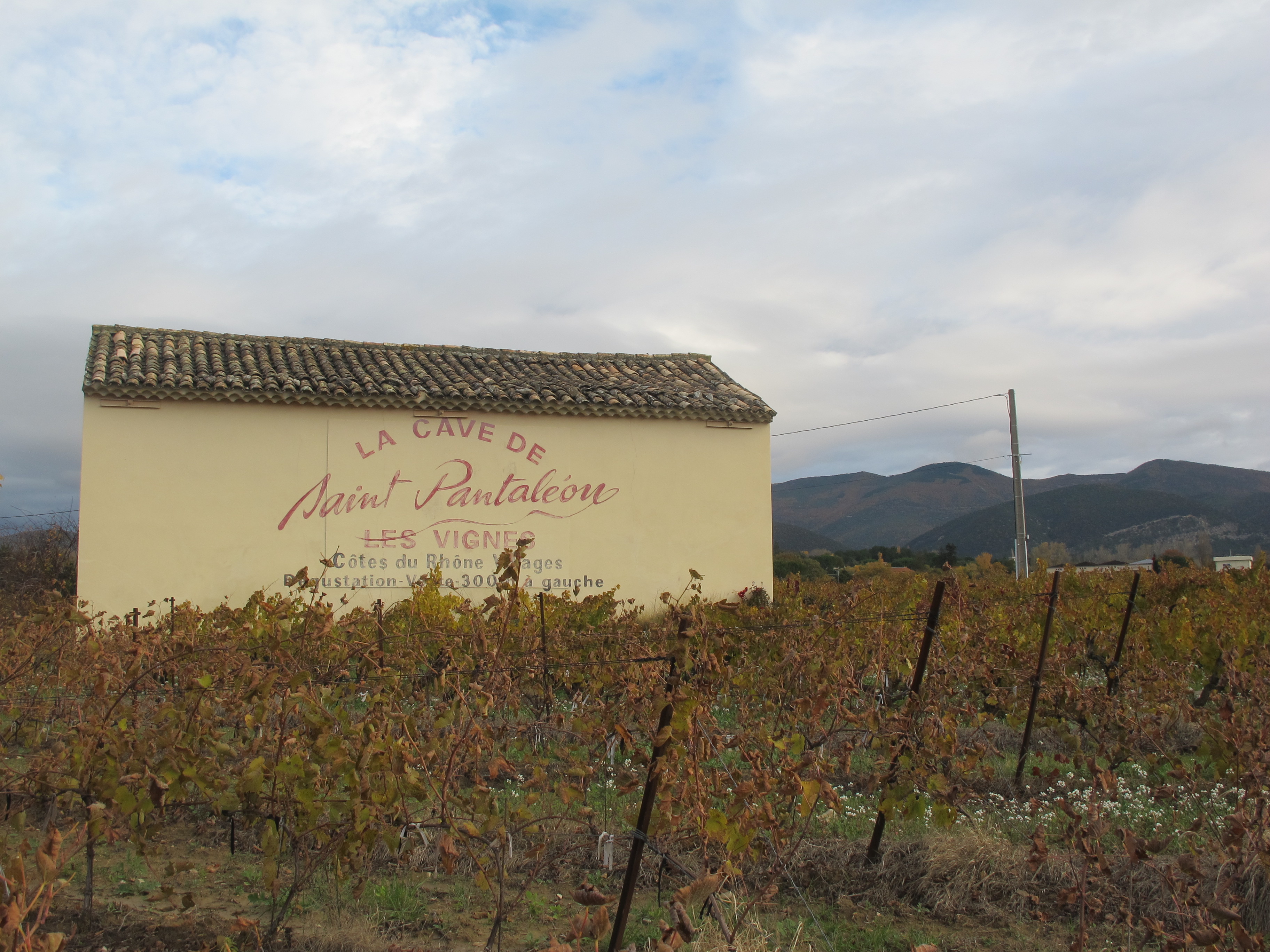
The massif de la Lance, marking the limit of the Côtes-du-Rhône growing area
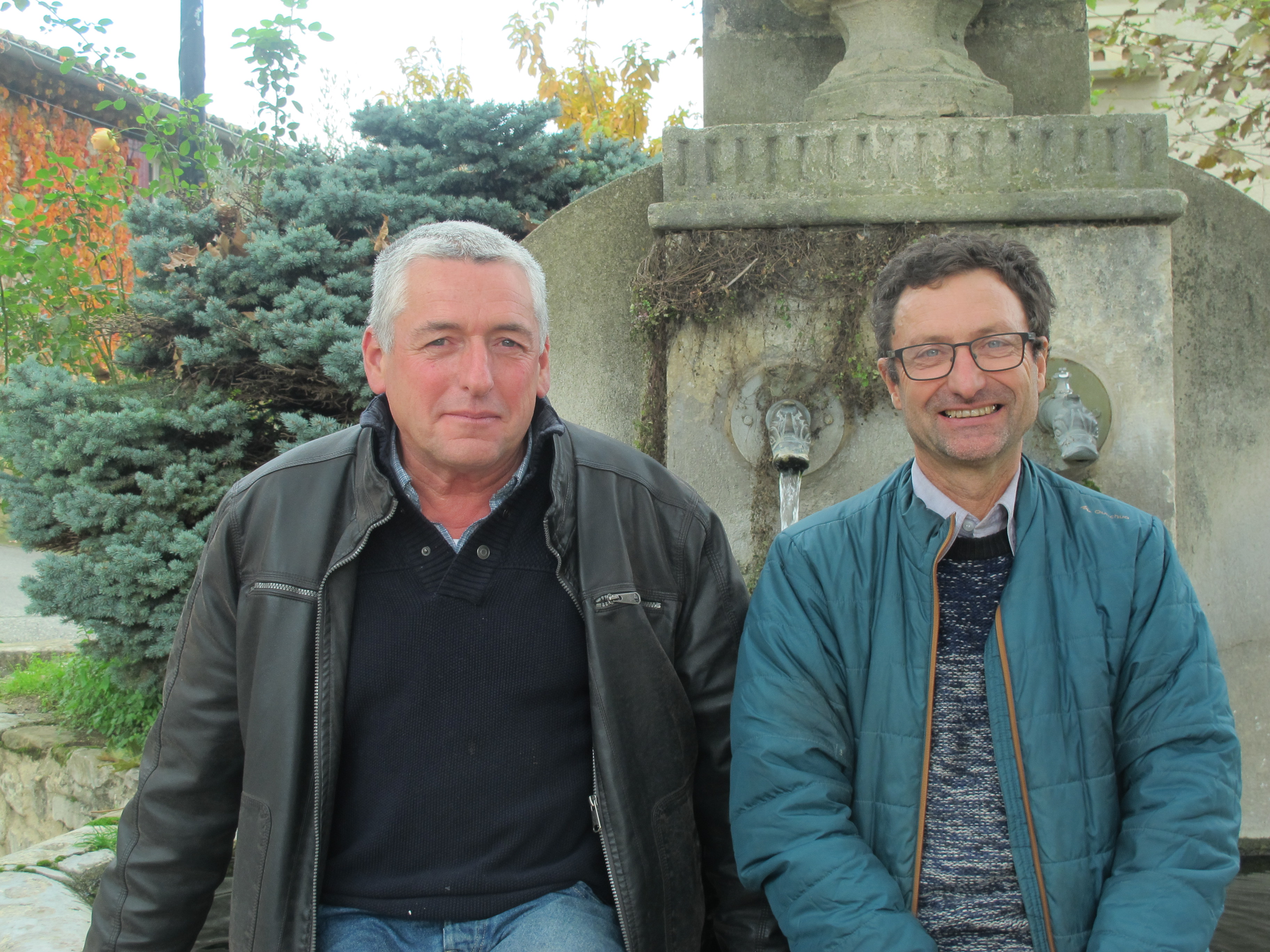
Jean-François Julian (l), president of the Cave Saint-Pantaléon-les-Vignes, and Philippe Barral (r) a member of the cave
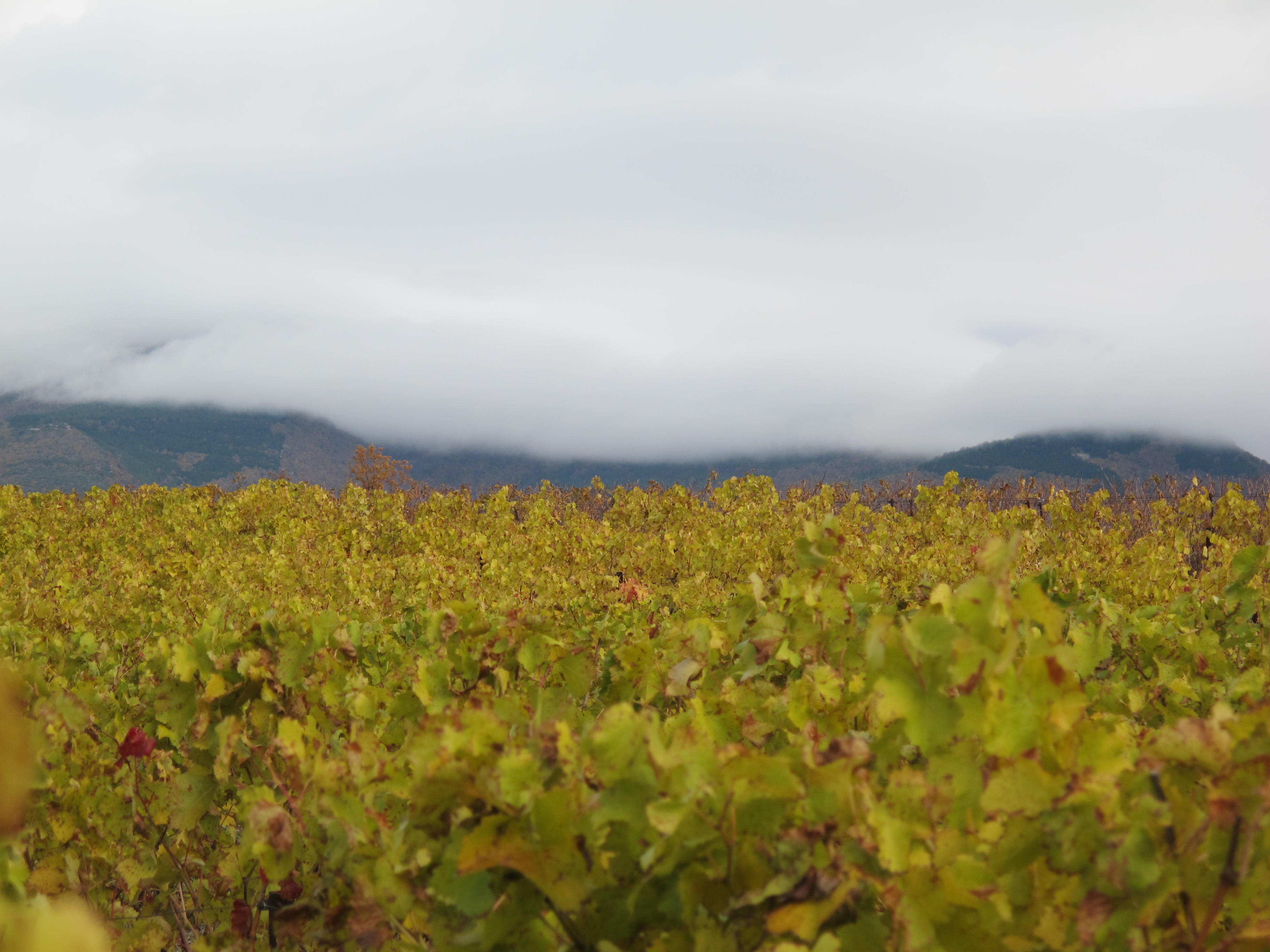
Philippe's vineyard, 400m up in the clay limestone hillsides of Saint-Pantaléon, with the Lance massif in cloud
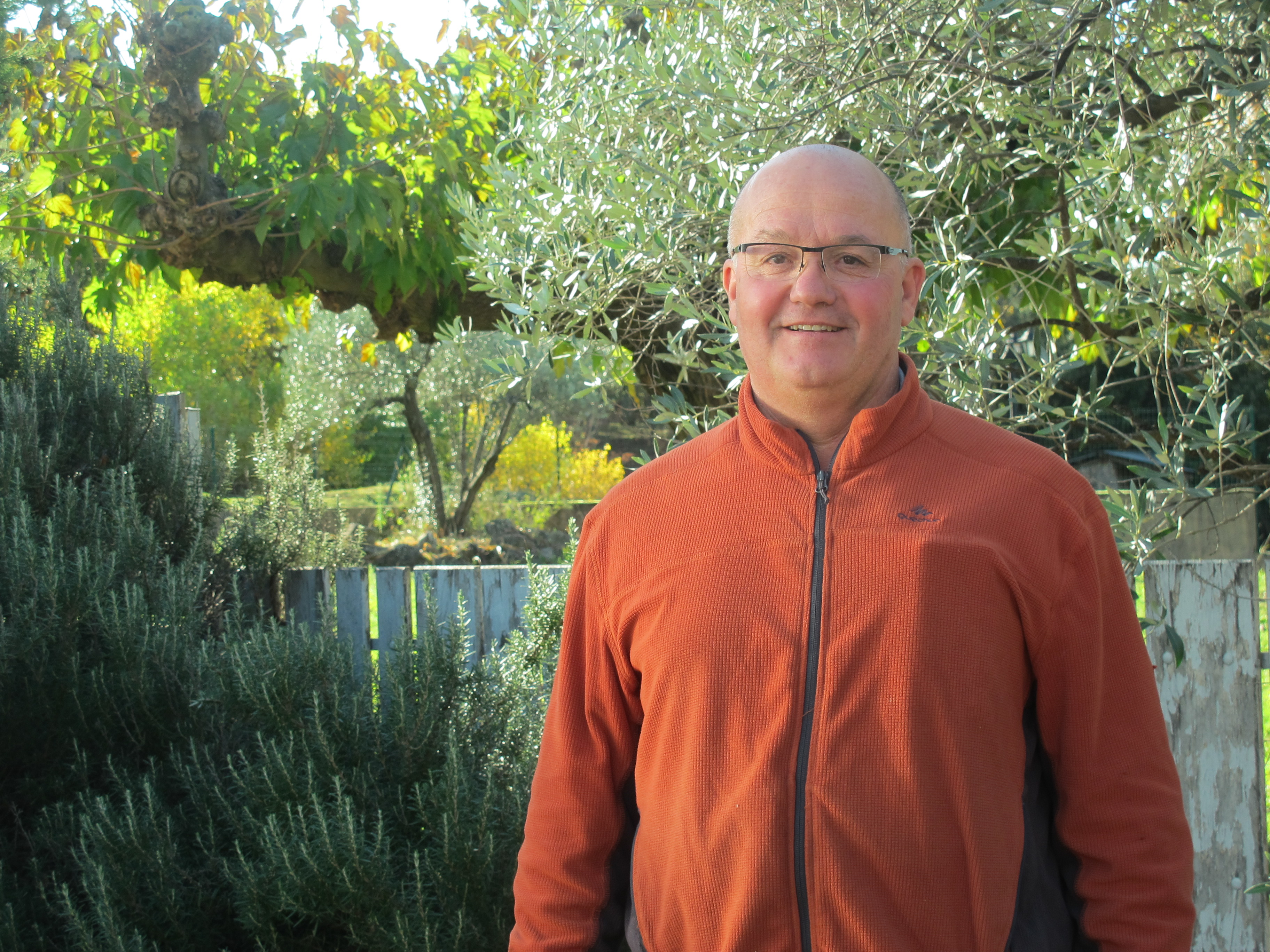
Bruno Gigondan of Domaine Gigondan, one of the two producers to bottle AOC Côtes-du-Rhône Villages Saint-Pantaléon-les-Vignes, along with the cave co-op
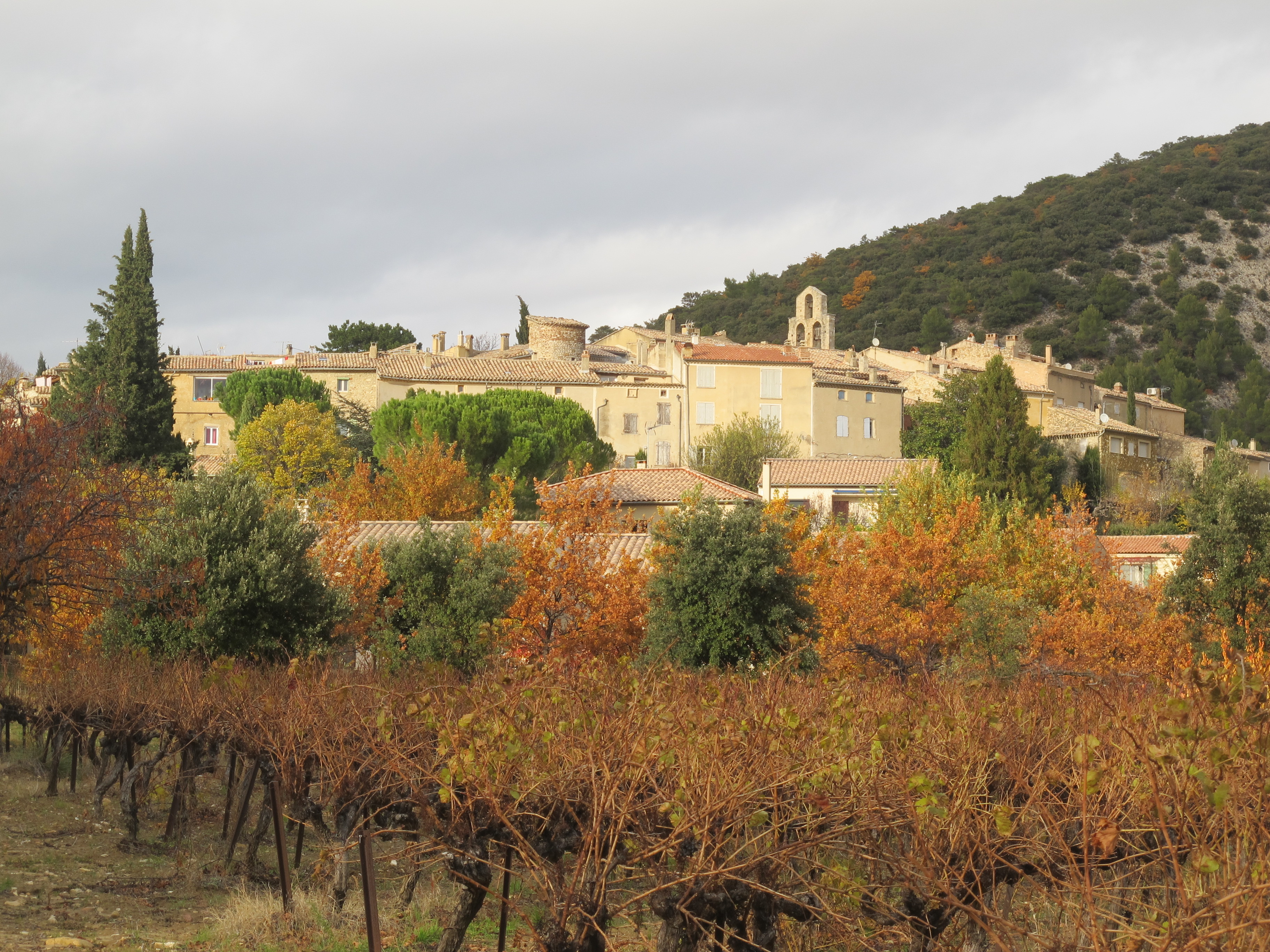
Neighbouring Rousset-les-Vignes
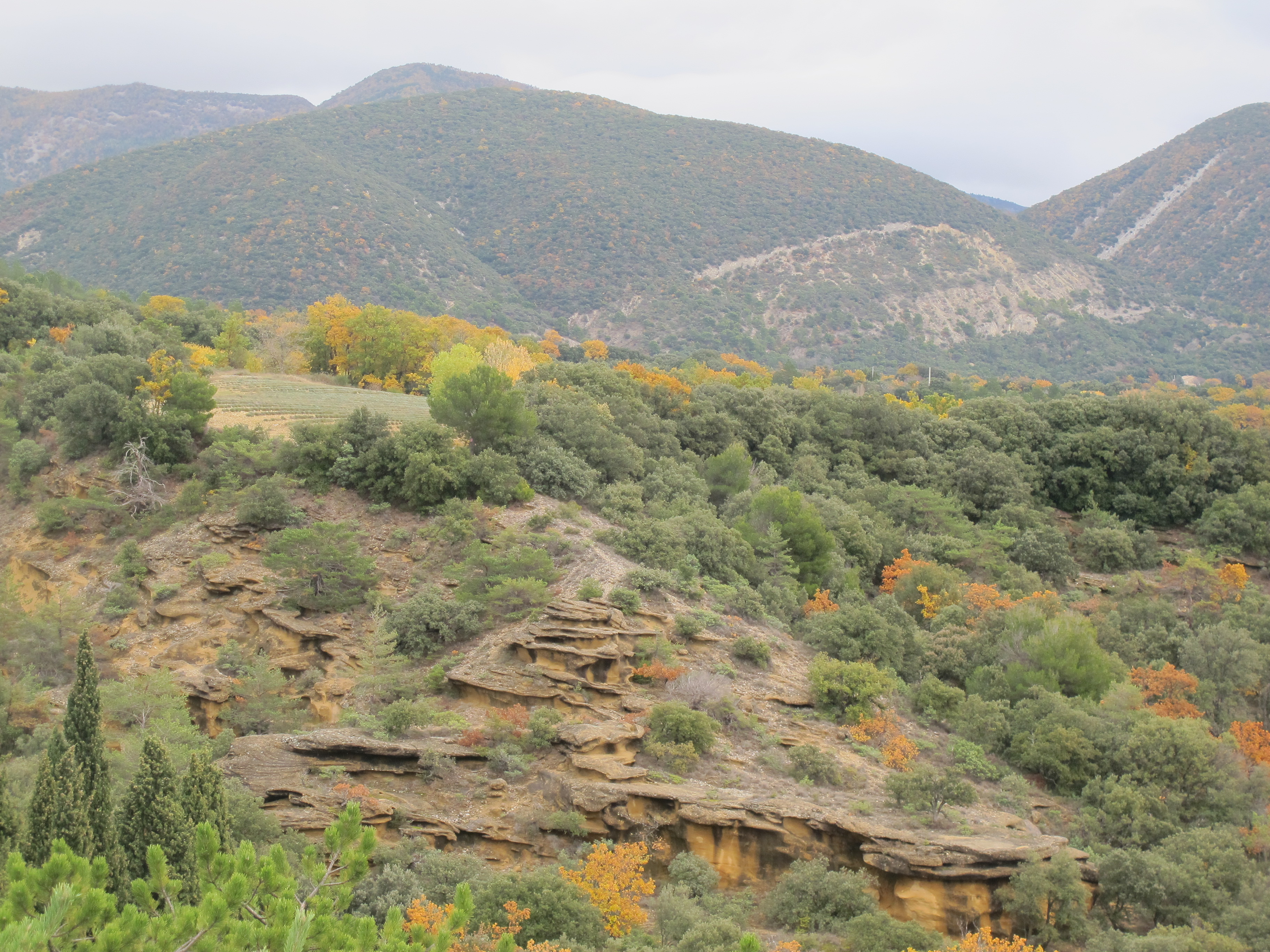
Sandstone soils of Rousset-les-Vignes, known locally as 'safre'
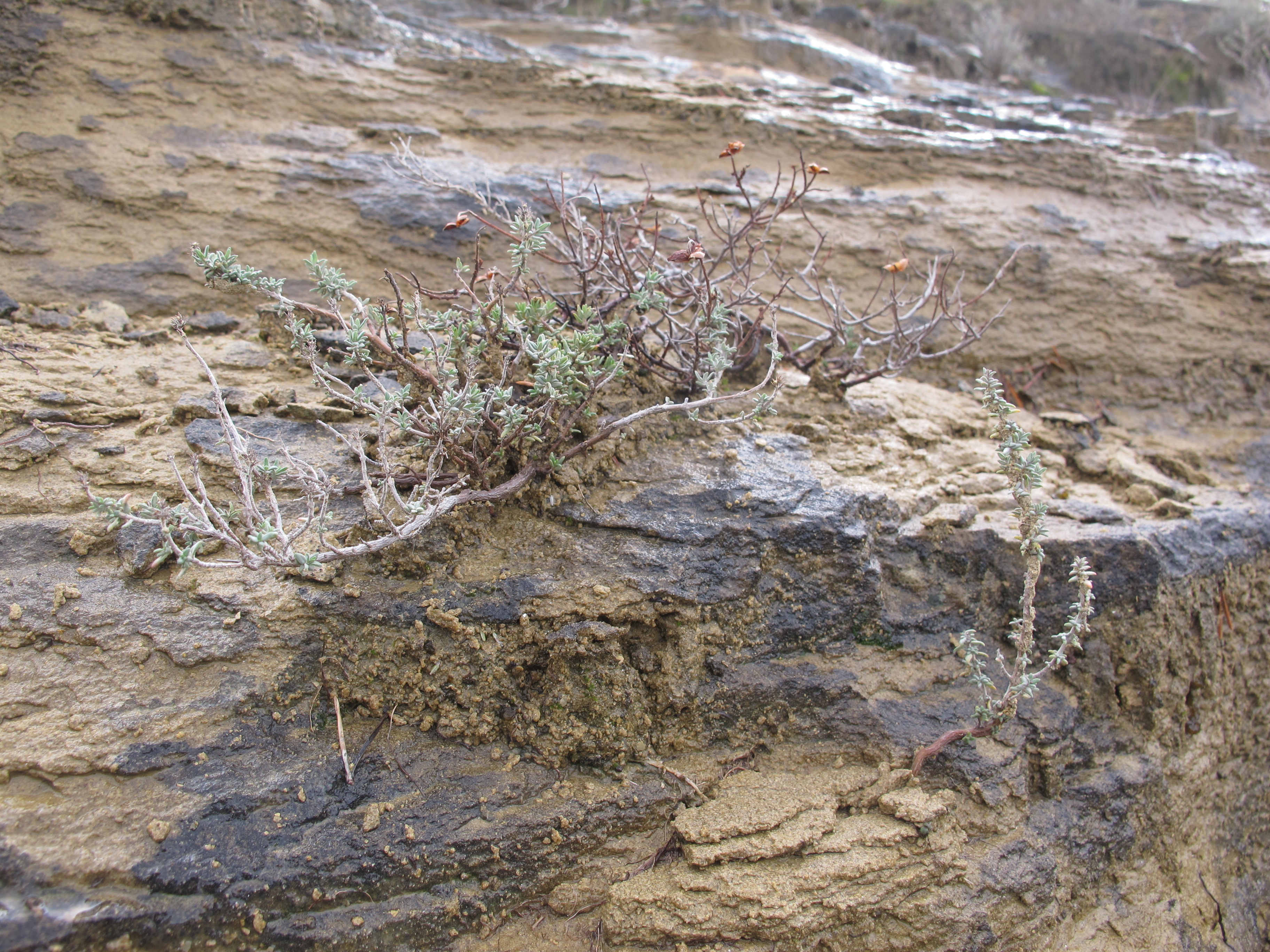
Wild thyme growing on safre
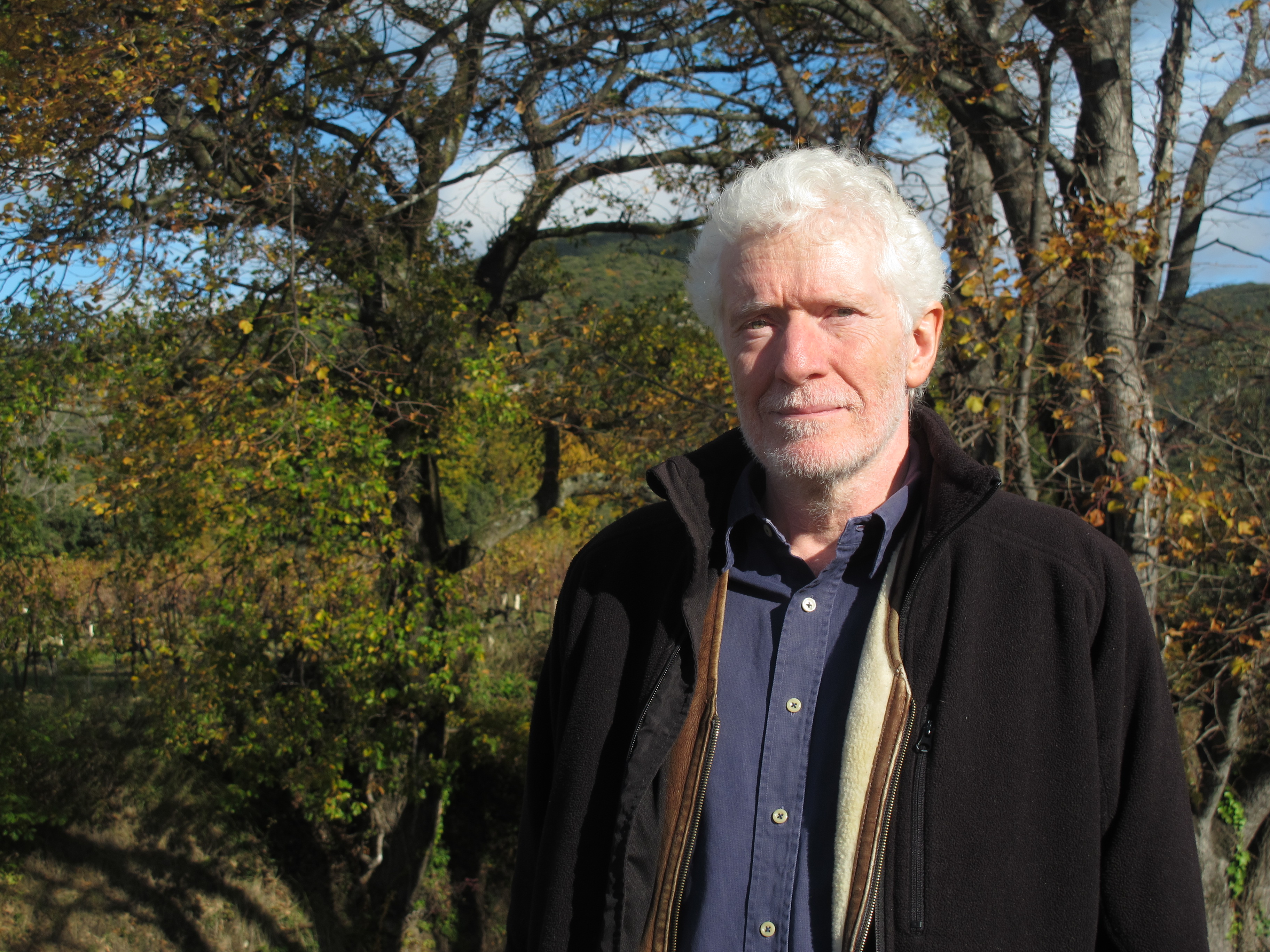
Belgian Jean T'Kint of Domaine la Banate, one of the three producers of AOC Côtes-du-Rhône Villages Rousset-les-Vignes
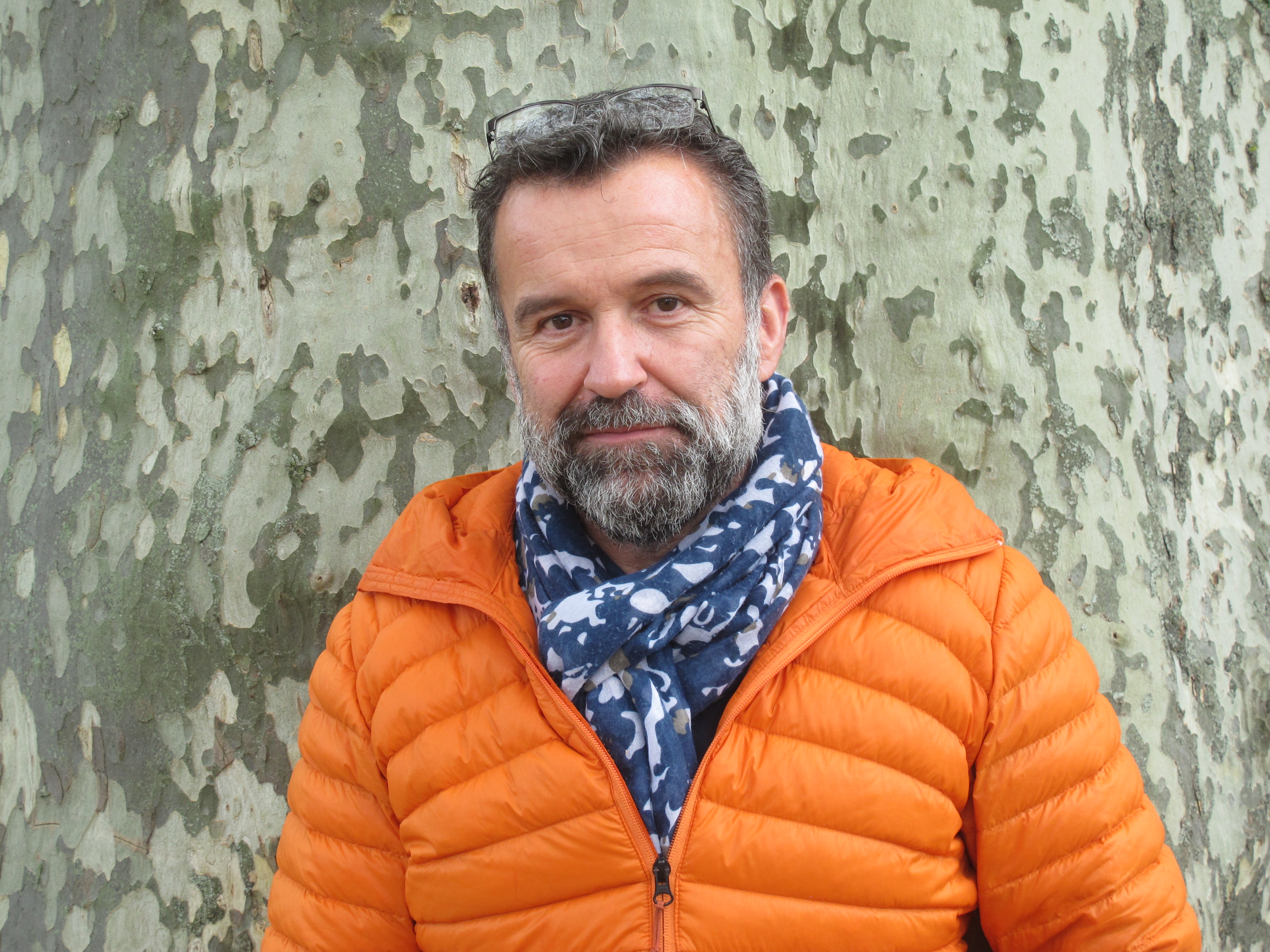
Stéphane Barnaud of Domaine la Bouvade, the second producer of AOC Côtes-du-Rhône Villages Rousset-les-Vignes (the third is the cave co-op)
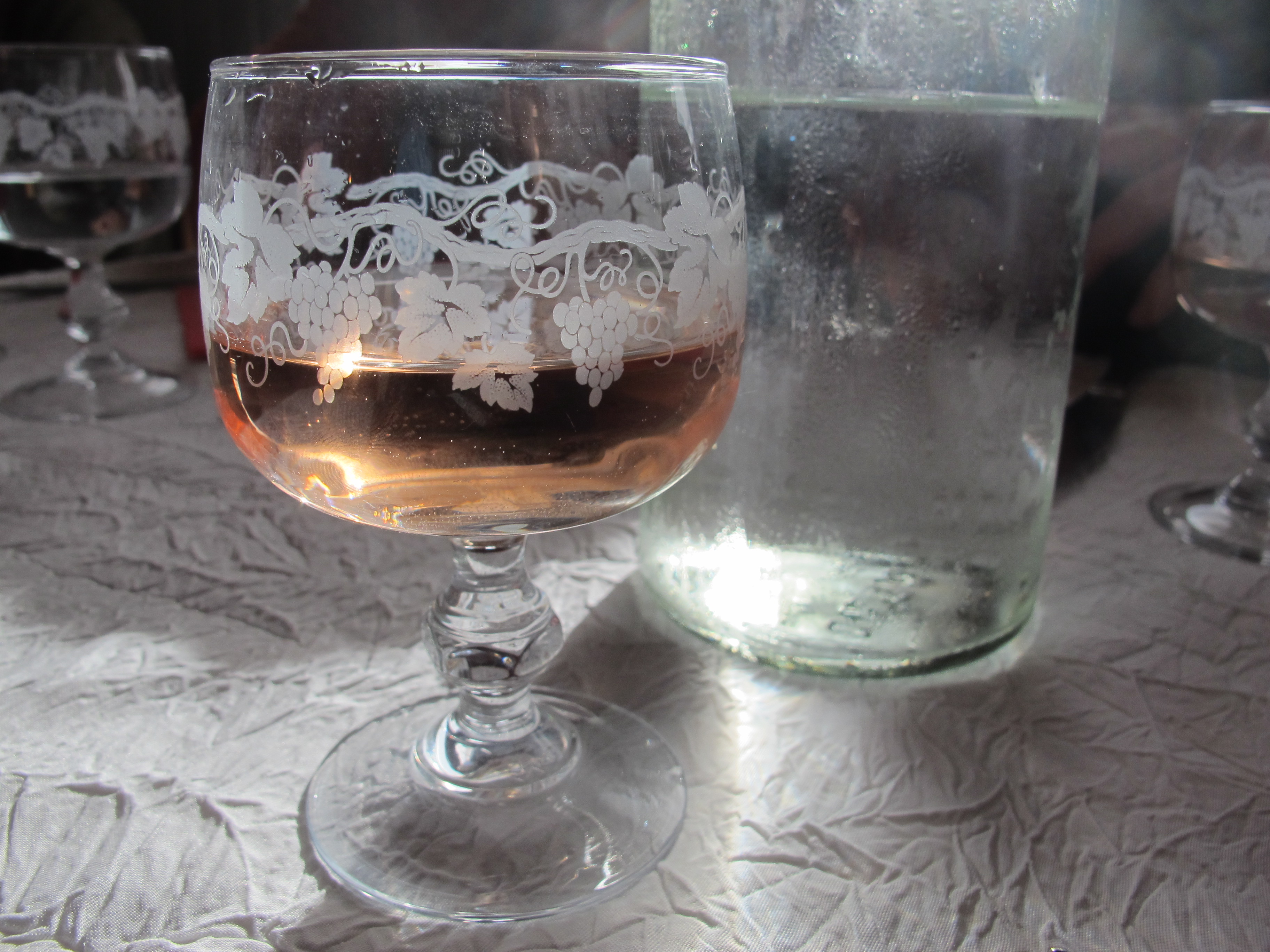
A refreshing glass of Côtes-du-Rhône rosé from by the Saint-Pantaléon-les-Vignes cave co-op at L'Auberge in Saint-Pantaléon
Images of Duché d'Uzès
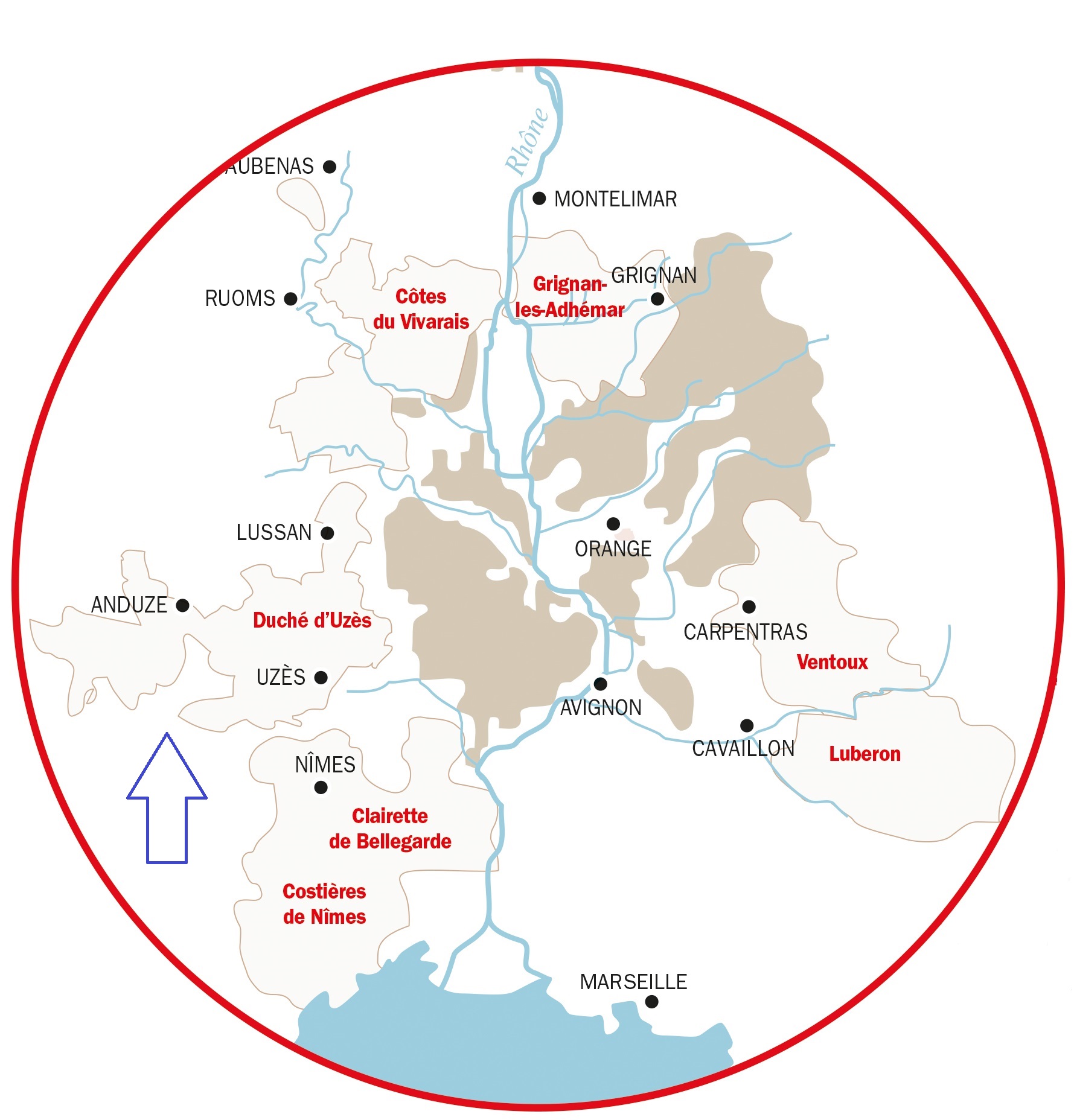
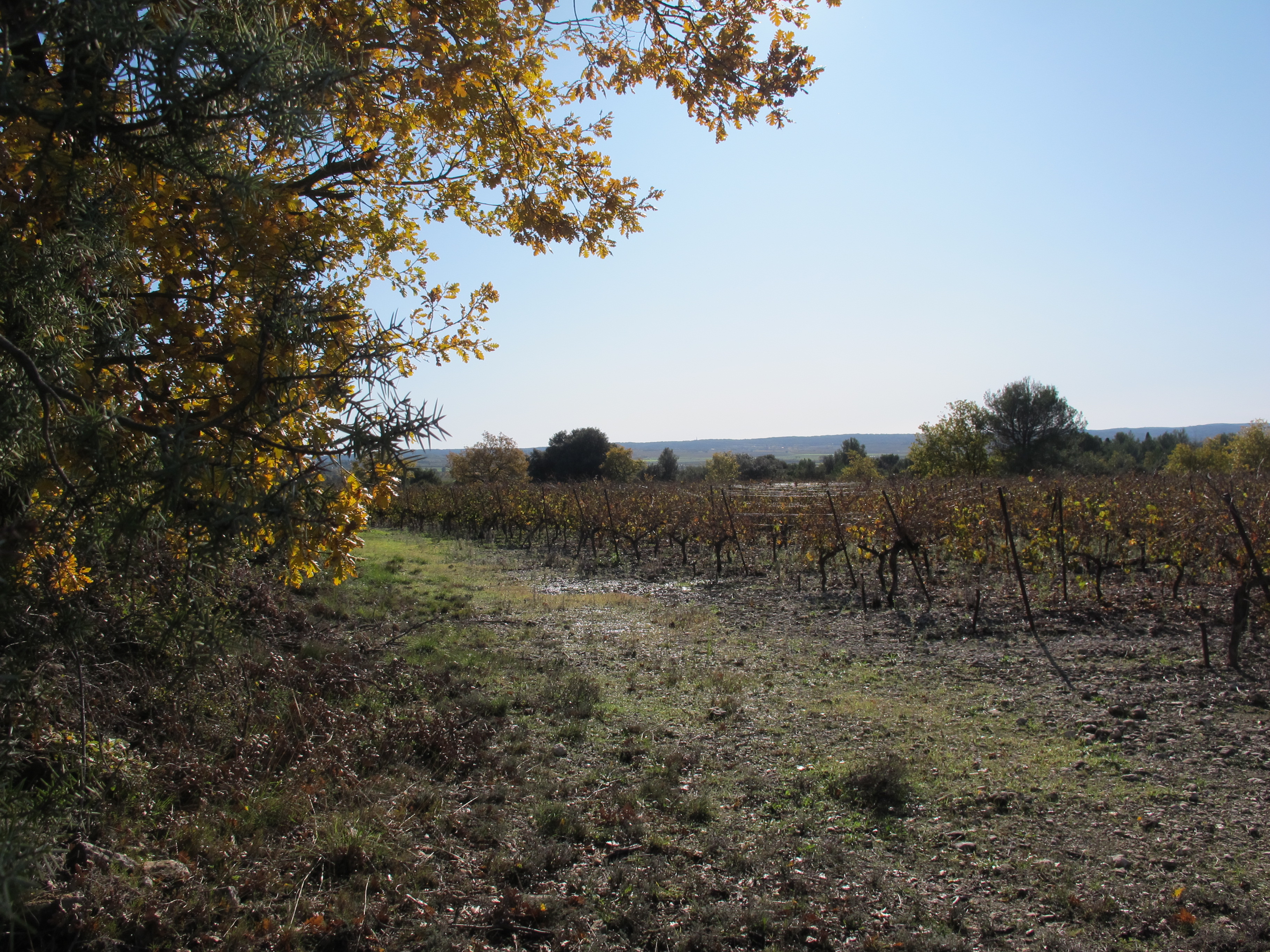
Eastern part of the appellation, near the town of Uzès
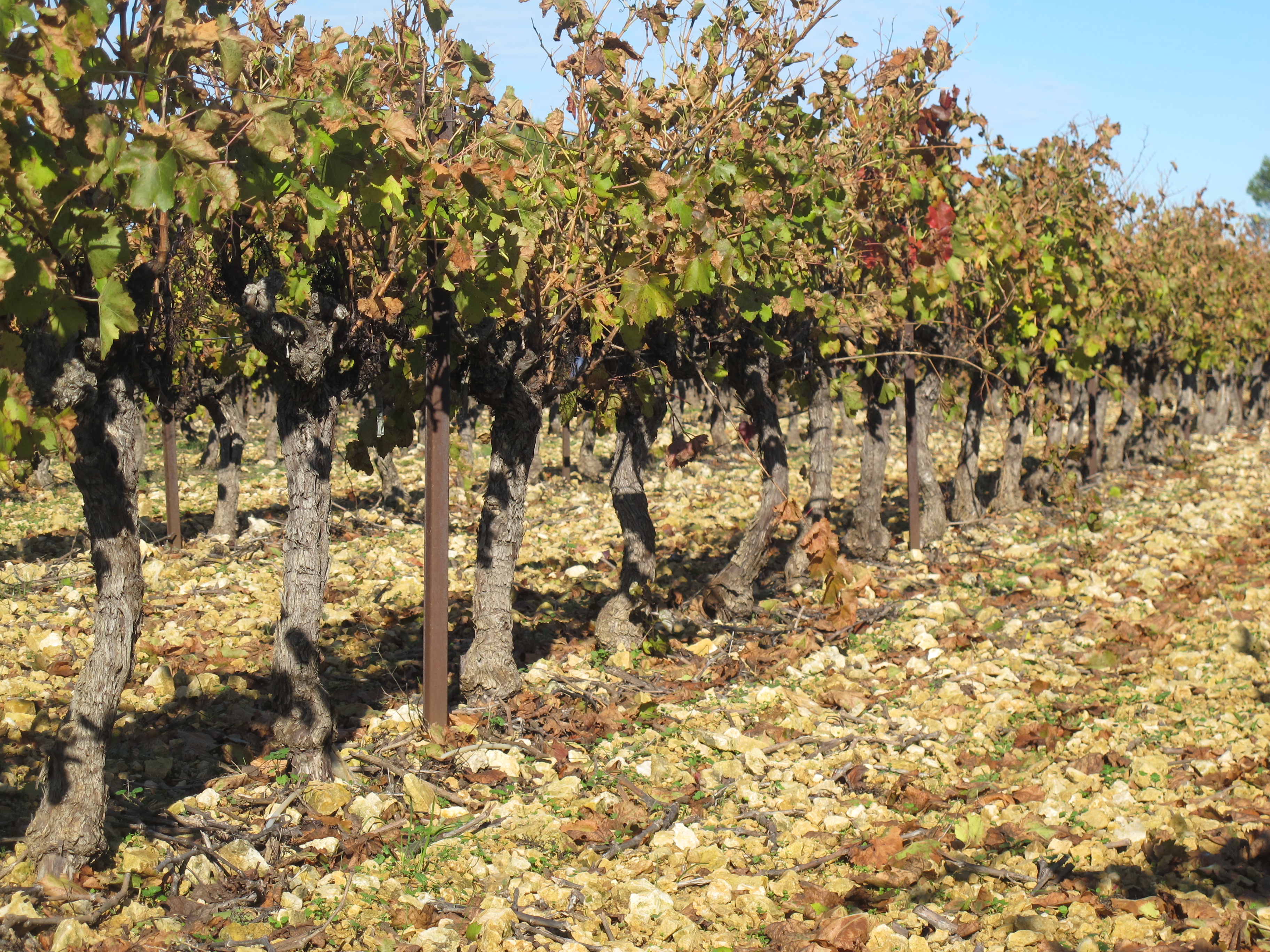
Typical limestone soils
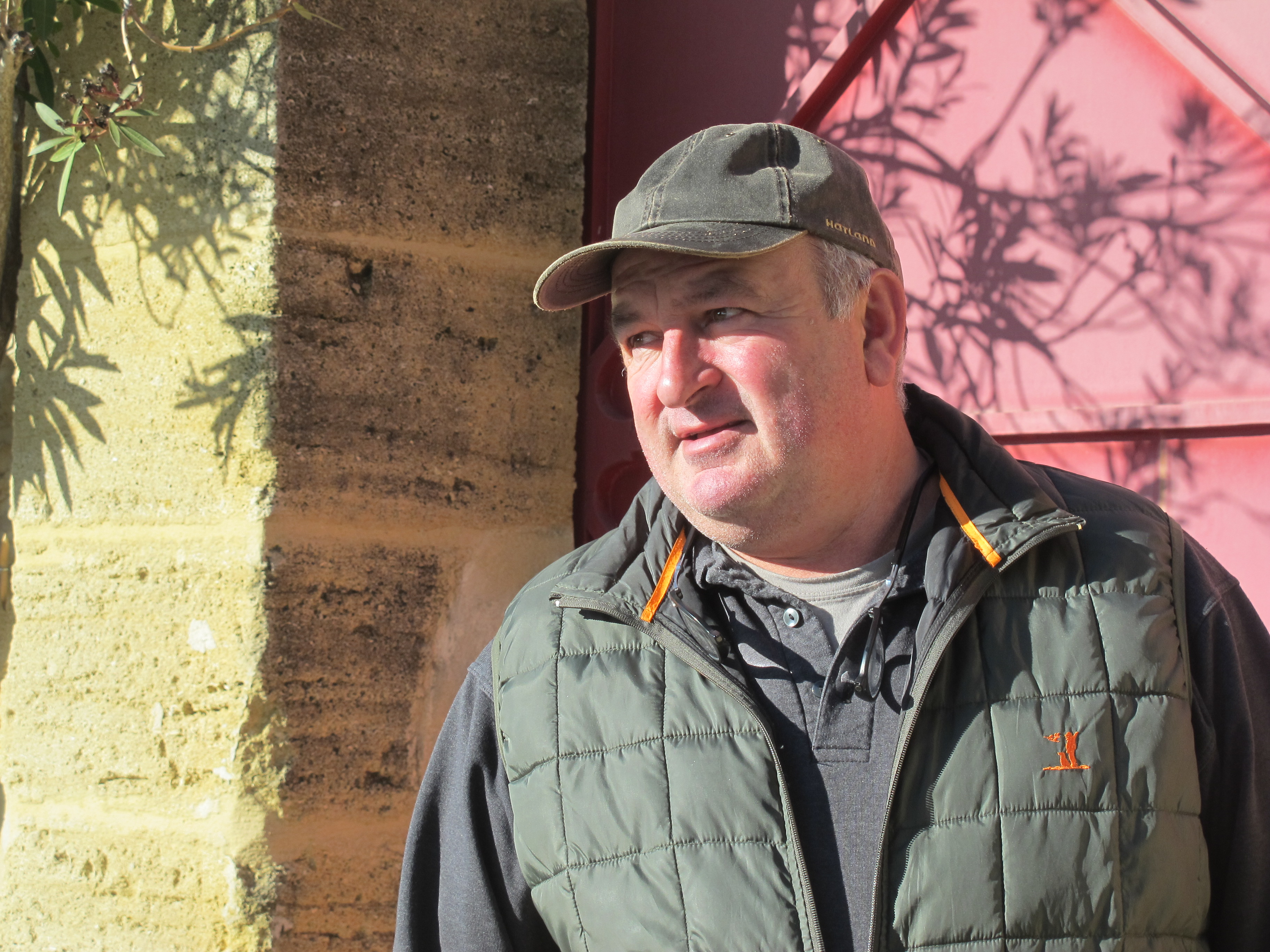
Patrick Chabrier of Domaine Chabrier
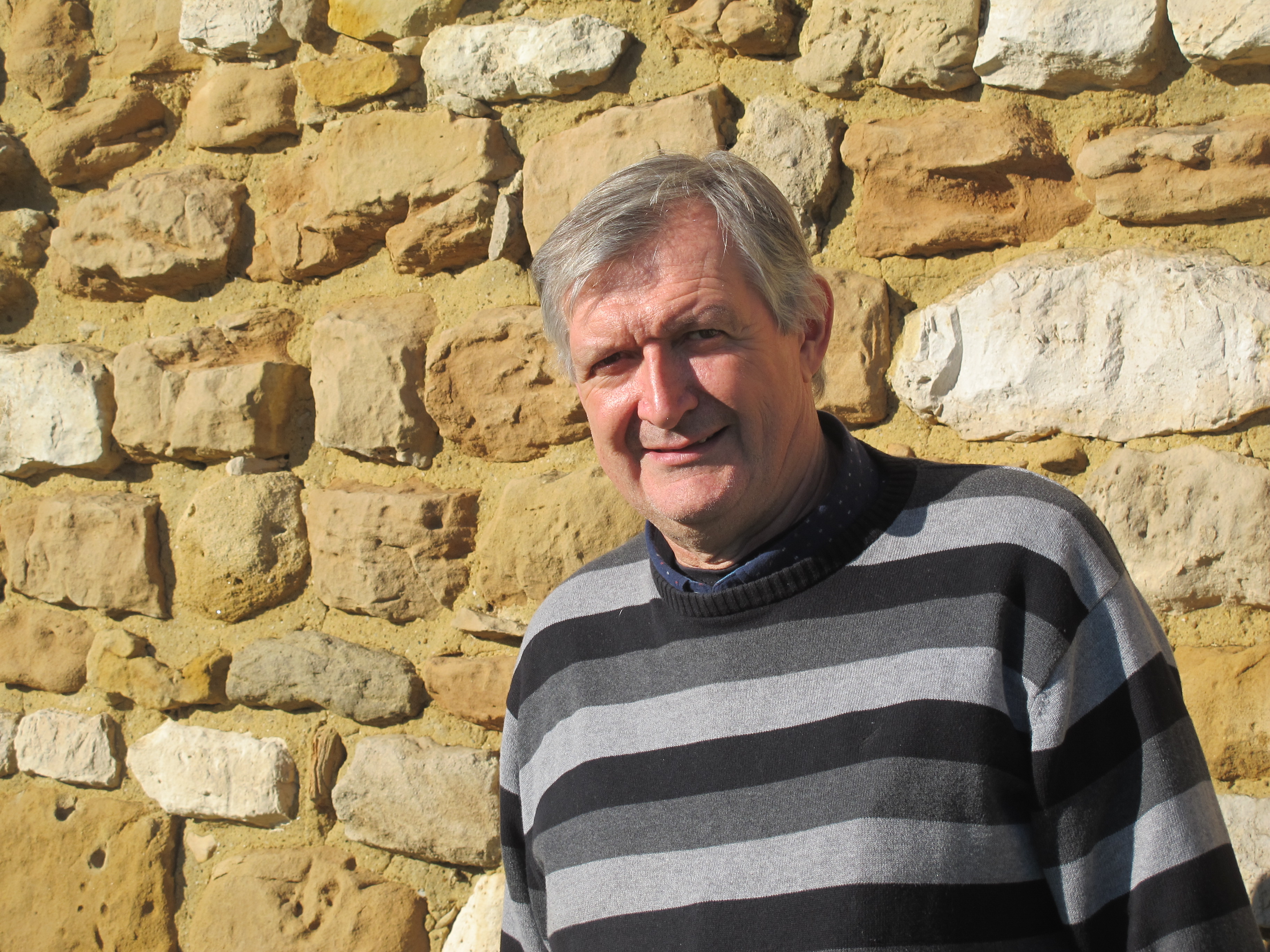
Michel Souchon, president of AOC Duché d'Uzès and president of Cave Durfort
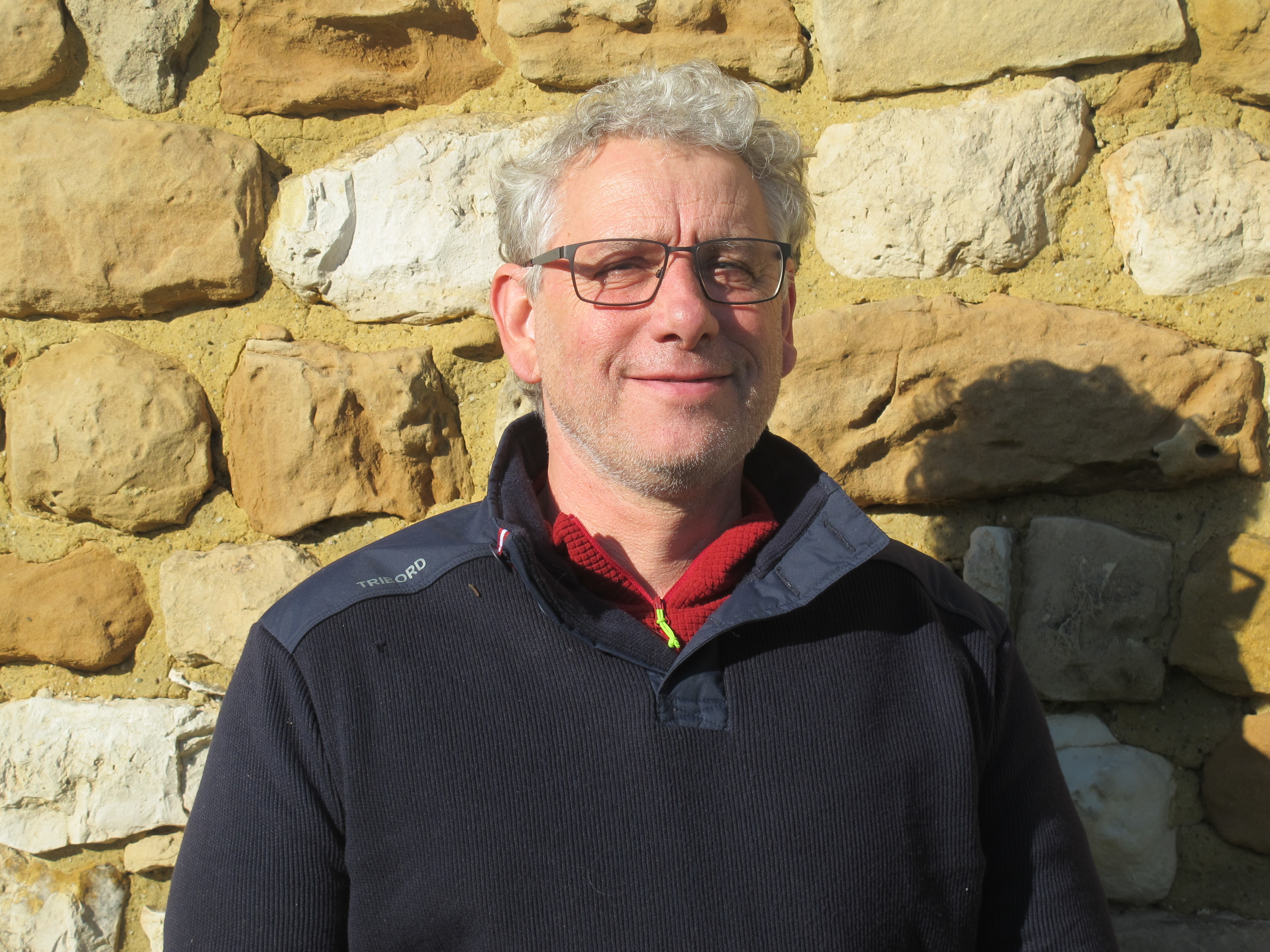
Luc Reynaud of Domaine Reynaud
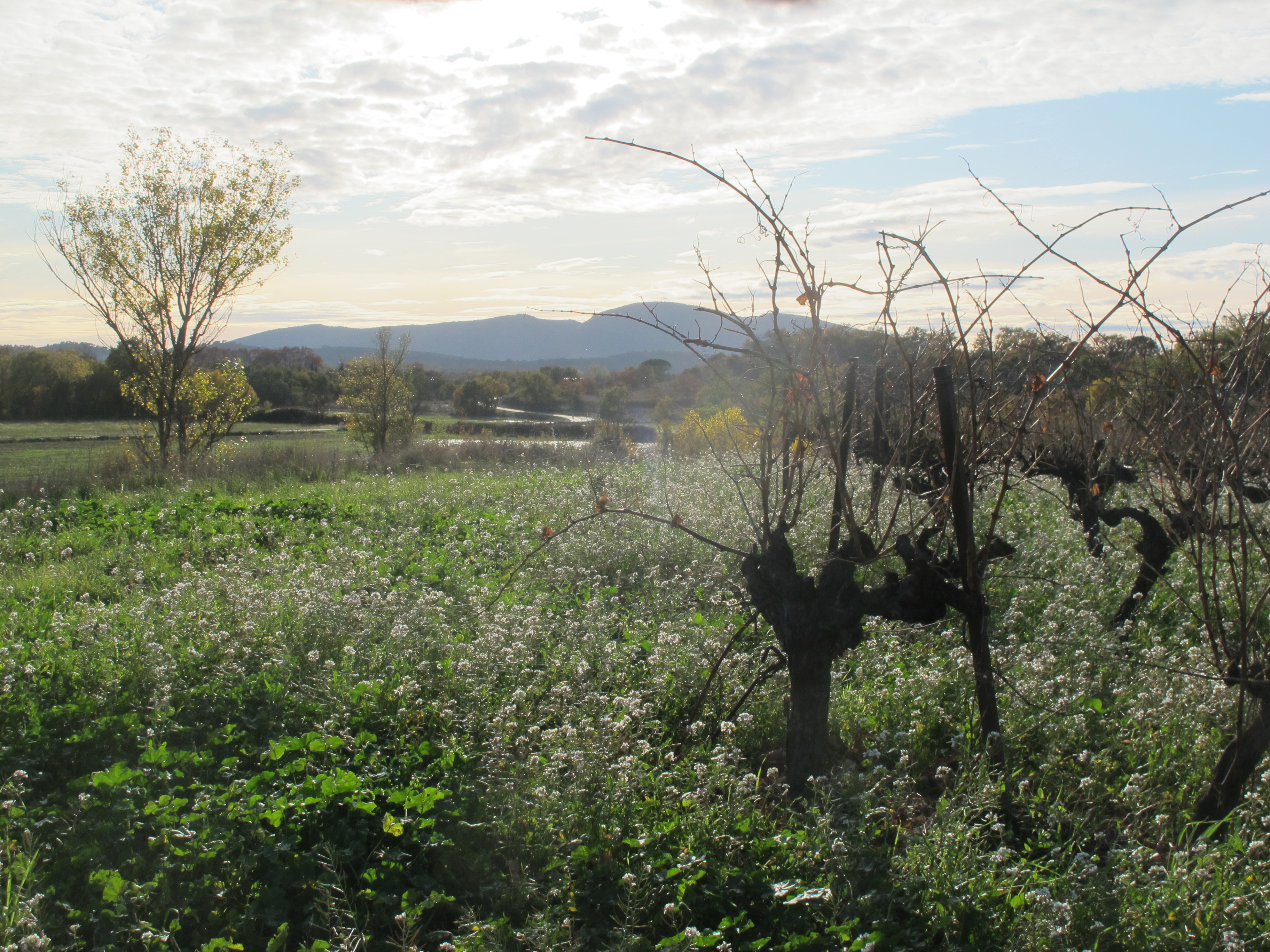
Western part of the appellation, approaching the Cevennes mountains
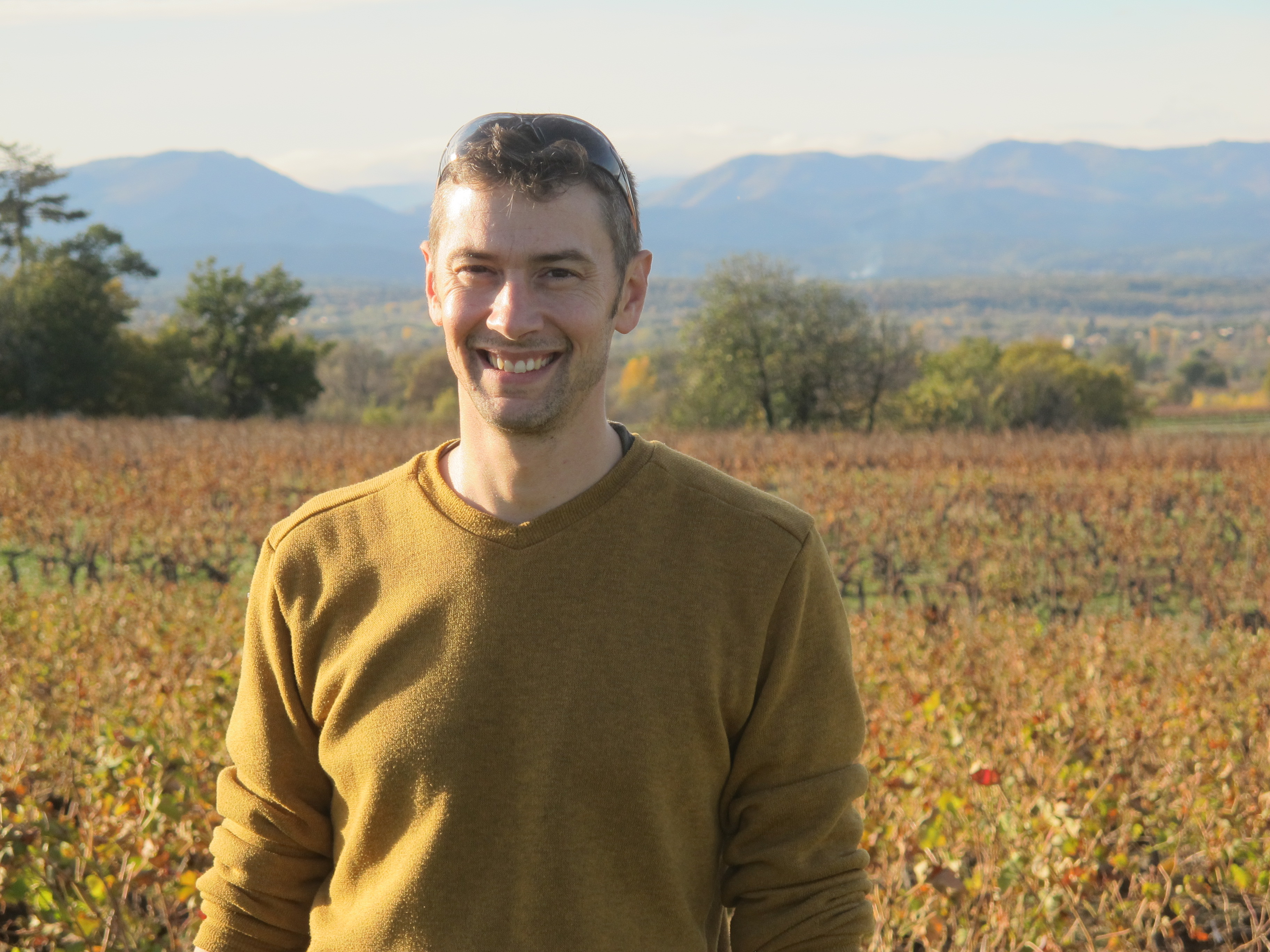
Nicolas Souchon of Mas des Volques
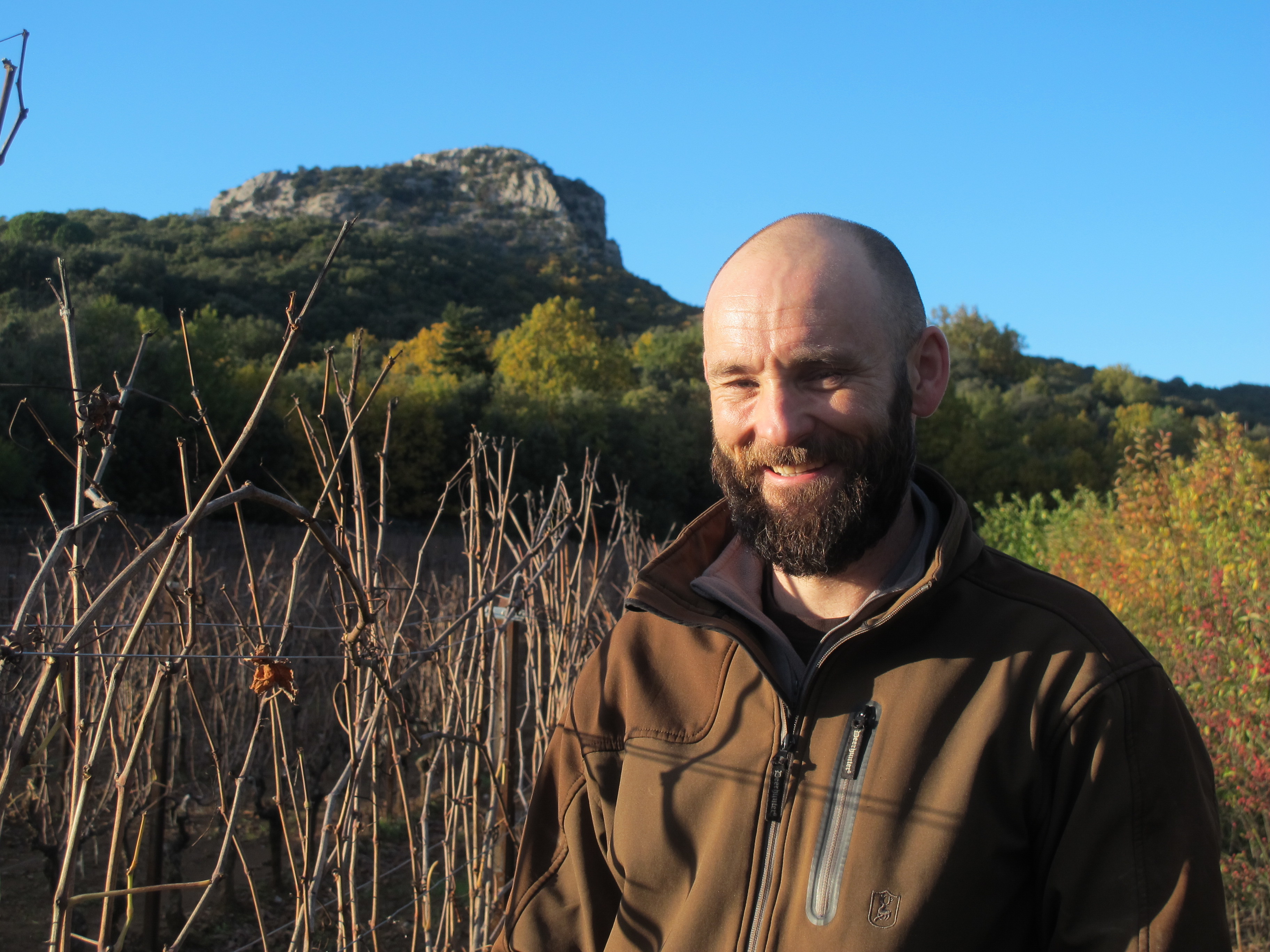
Nicolas Olivier of Domaine le Sollier, the most westerly estate of the appellation
Images of Costières de Nîmes and Clairette de Bellegarde
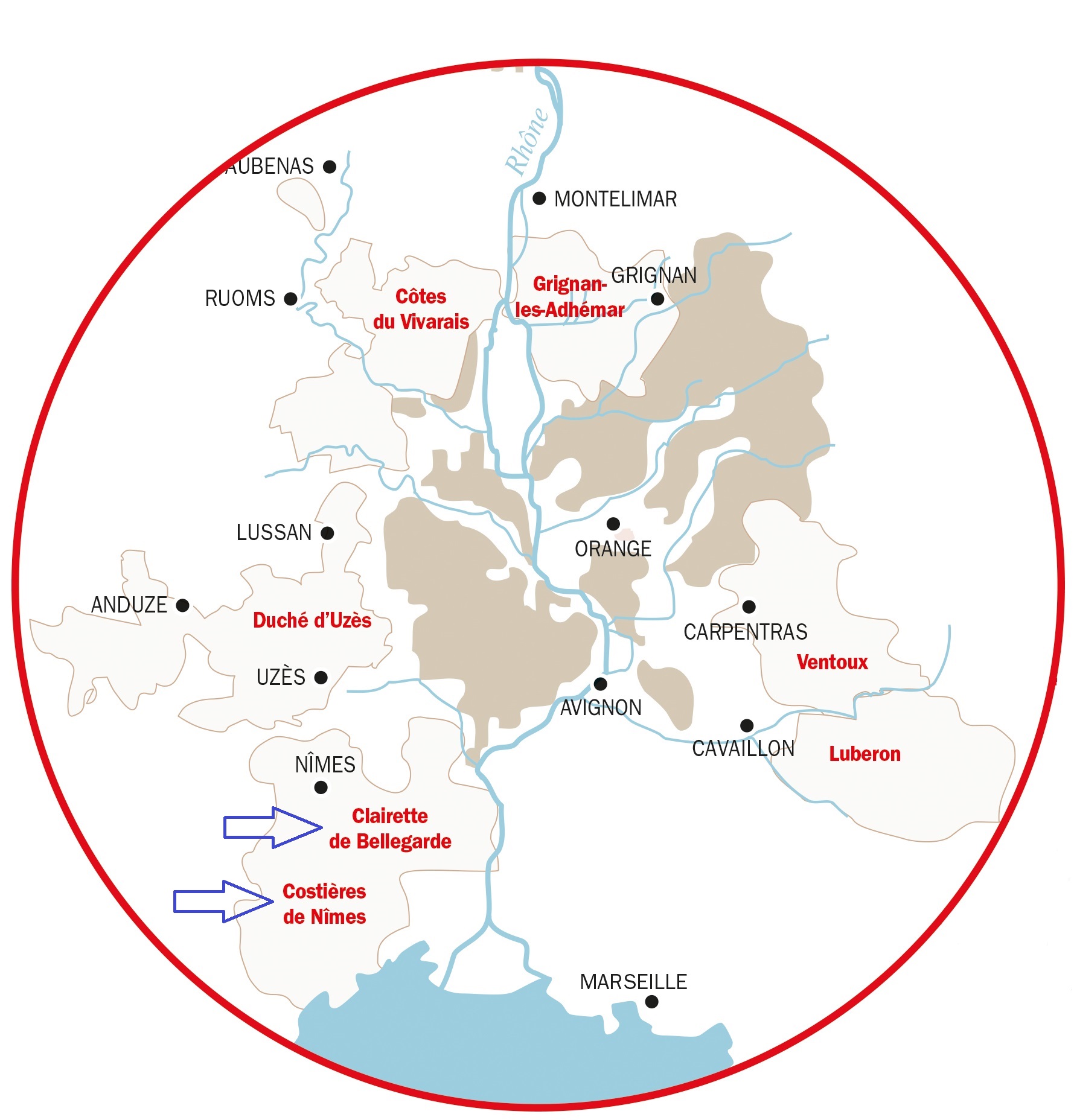
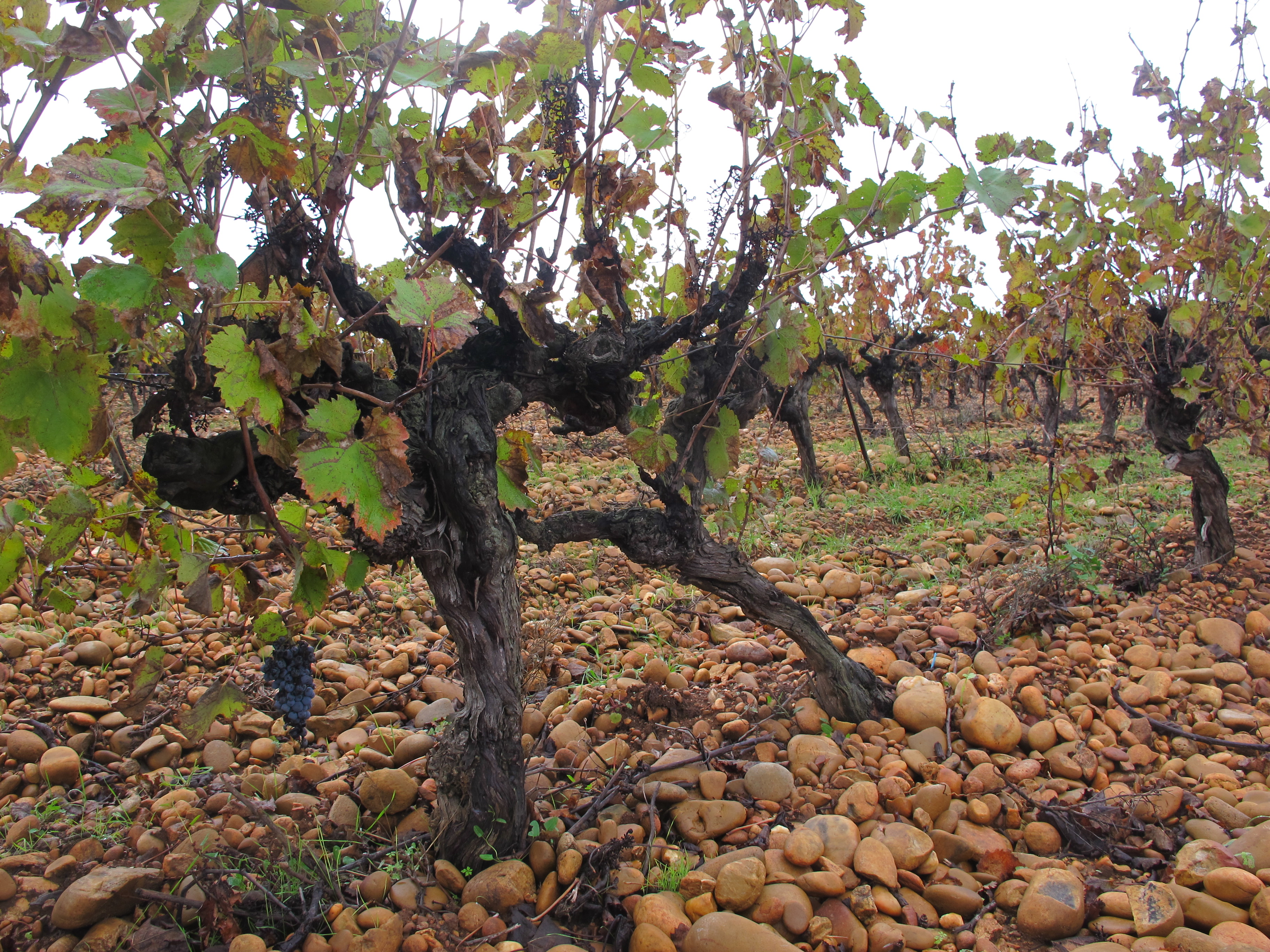
Classic Costières de Nîmes galets roulés soils
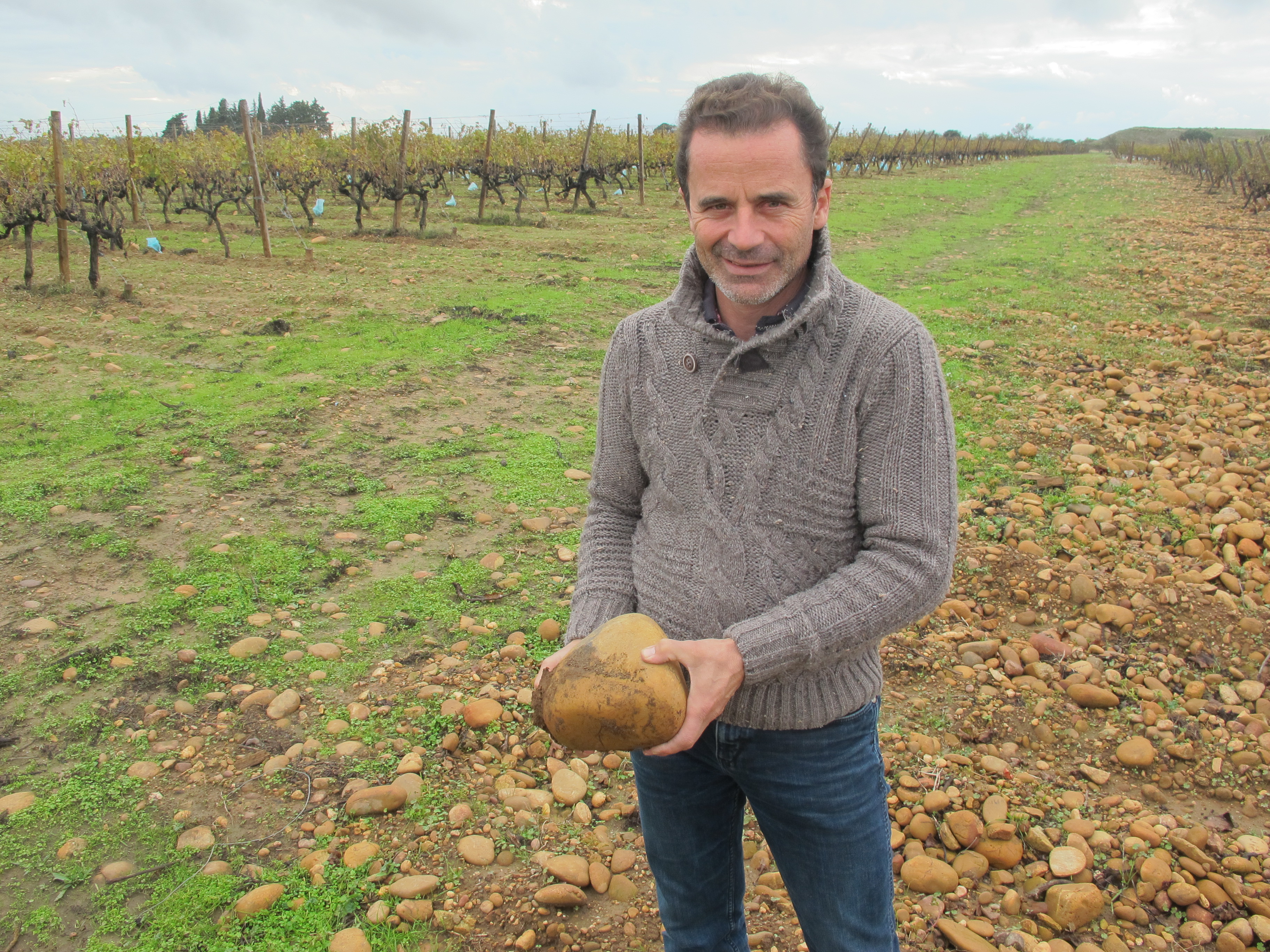
Cyril Marès of Mas Carlot and Mas de Bressades shows off a big one!
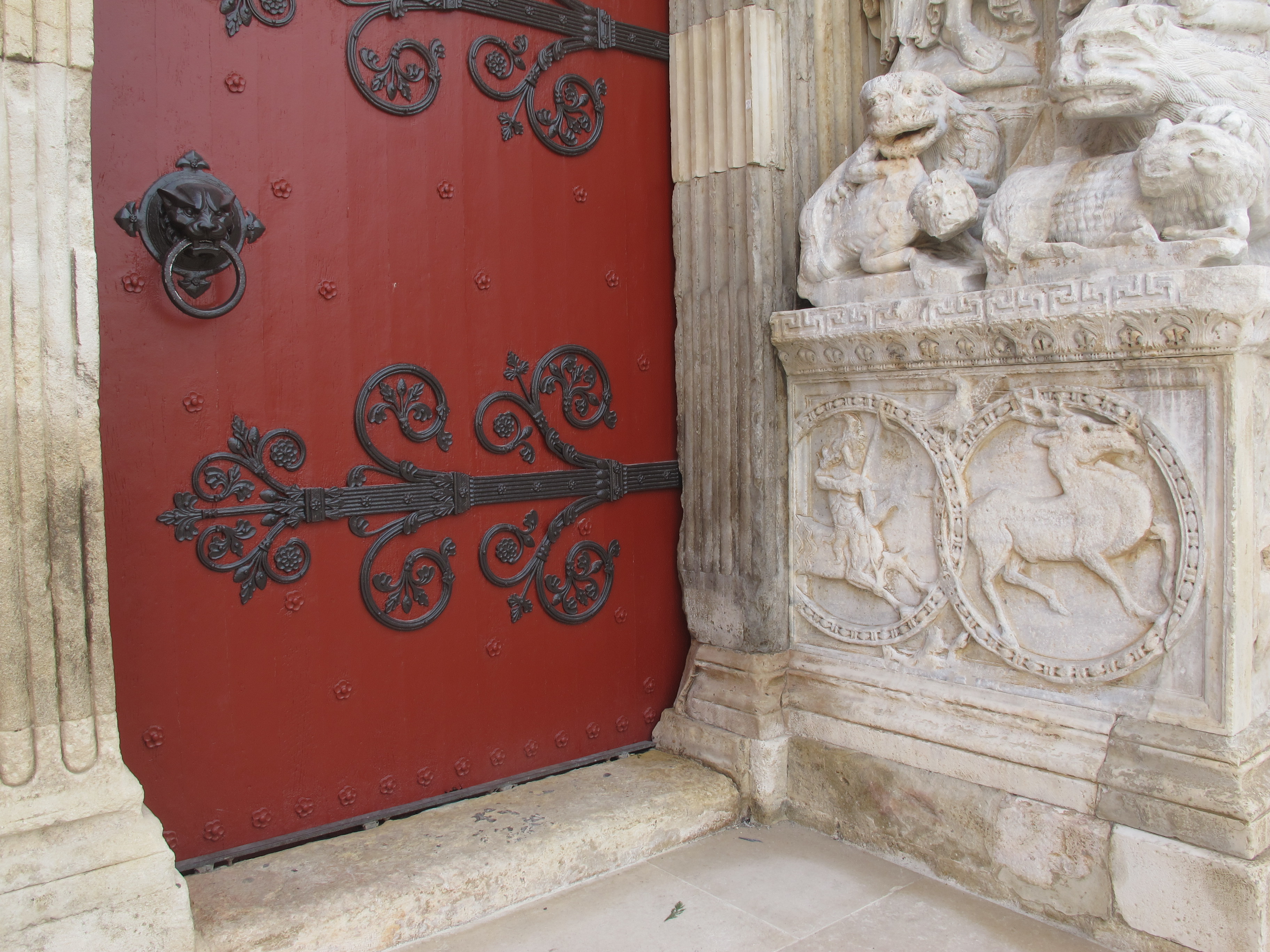
The Abbatiale Saint-Gilles du Gard in the town of Saint-Gilles
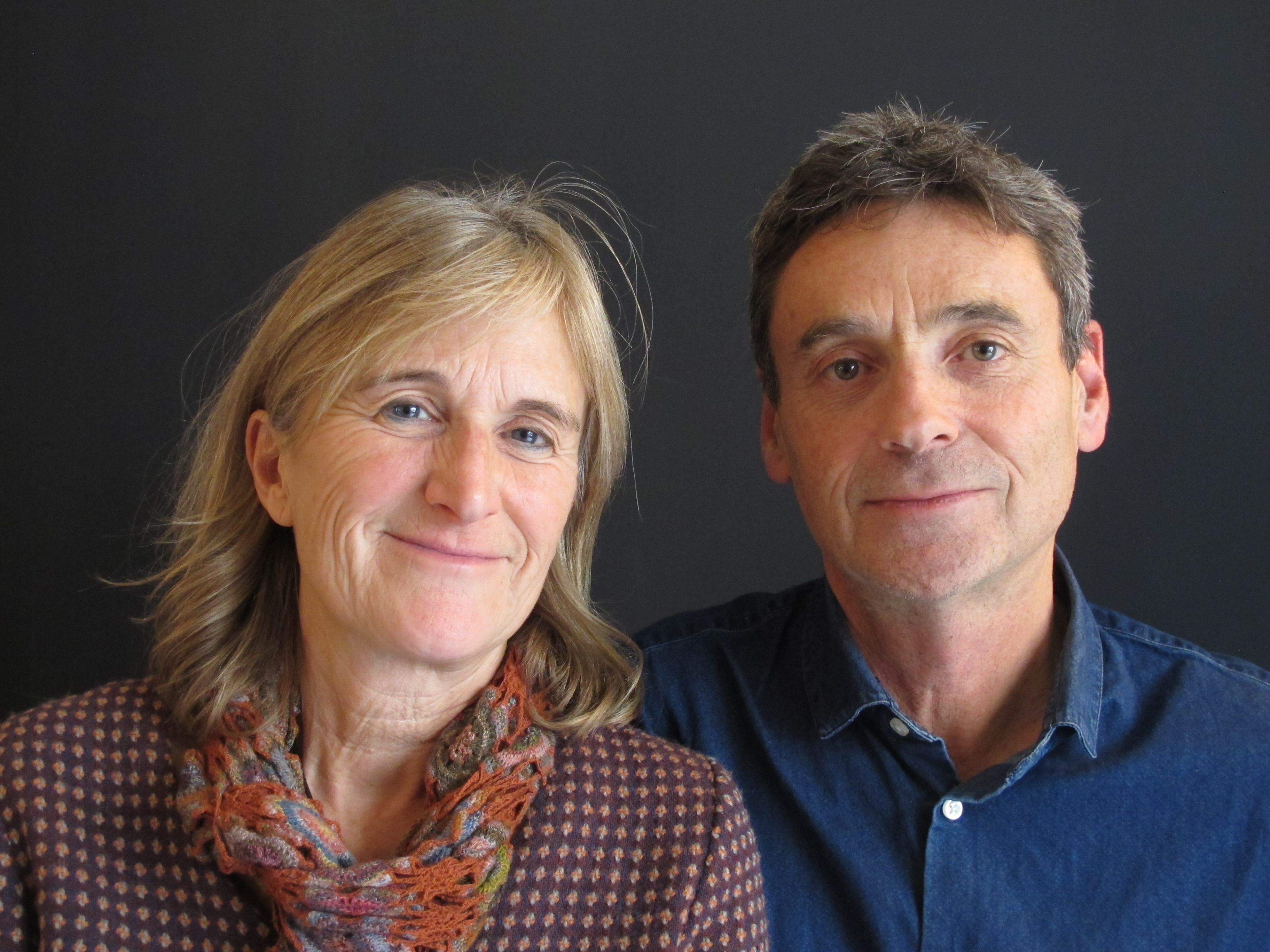
Anne and François Collard of Château Mourgues du Grès
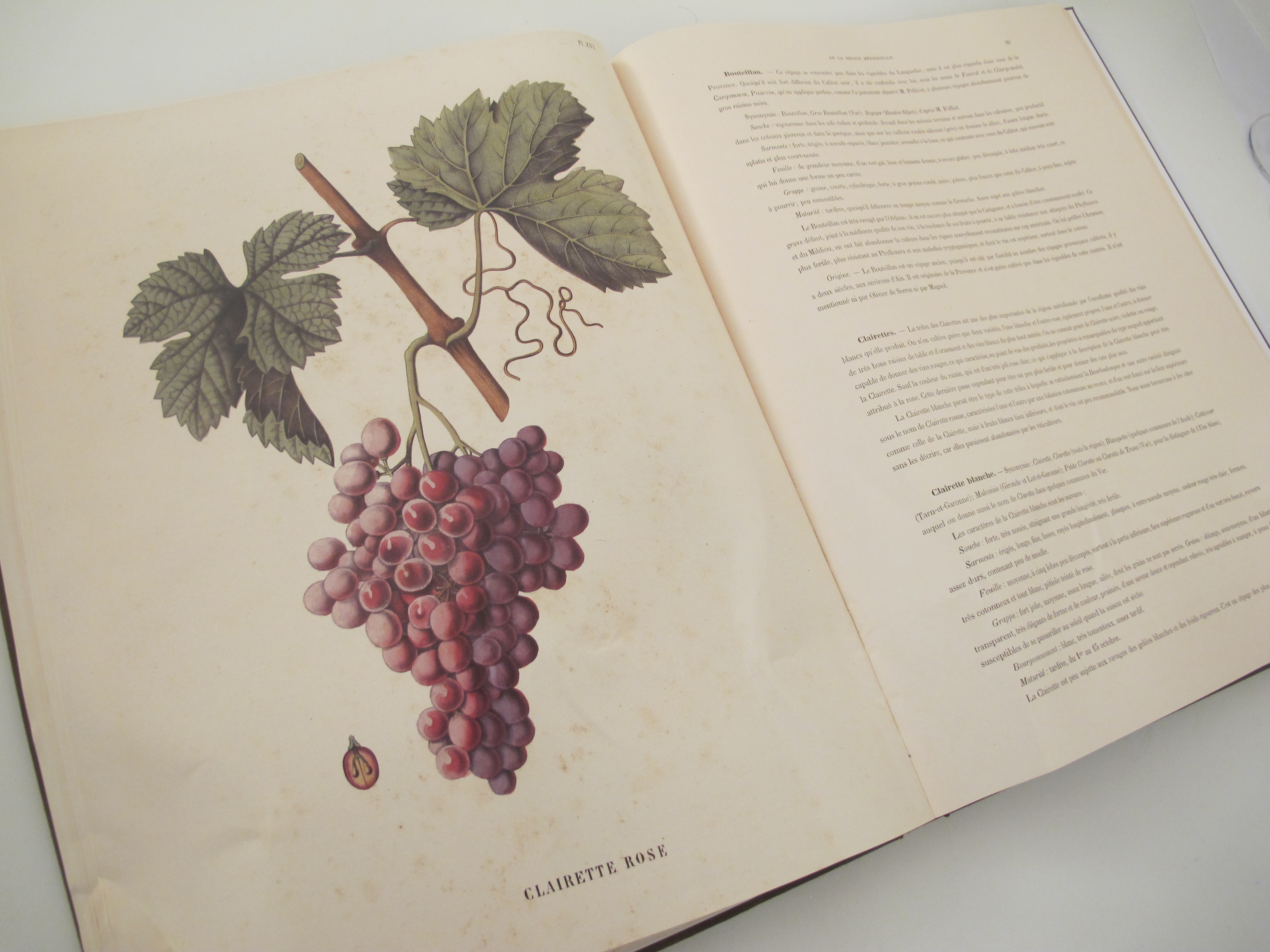
Clairette rose from a book by H. Marès (an ancestor of Cyril Marès) written in 1890
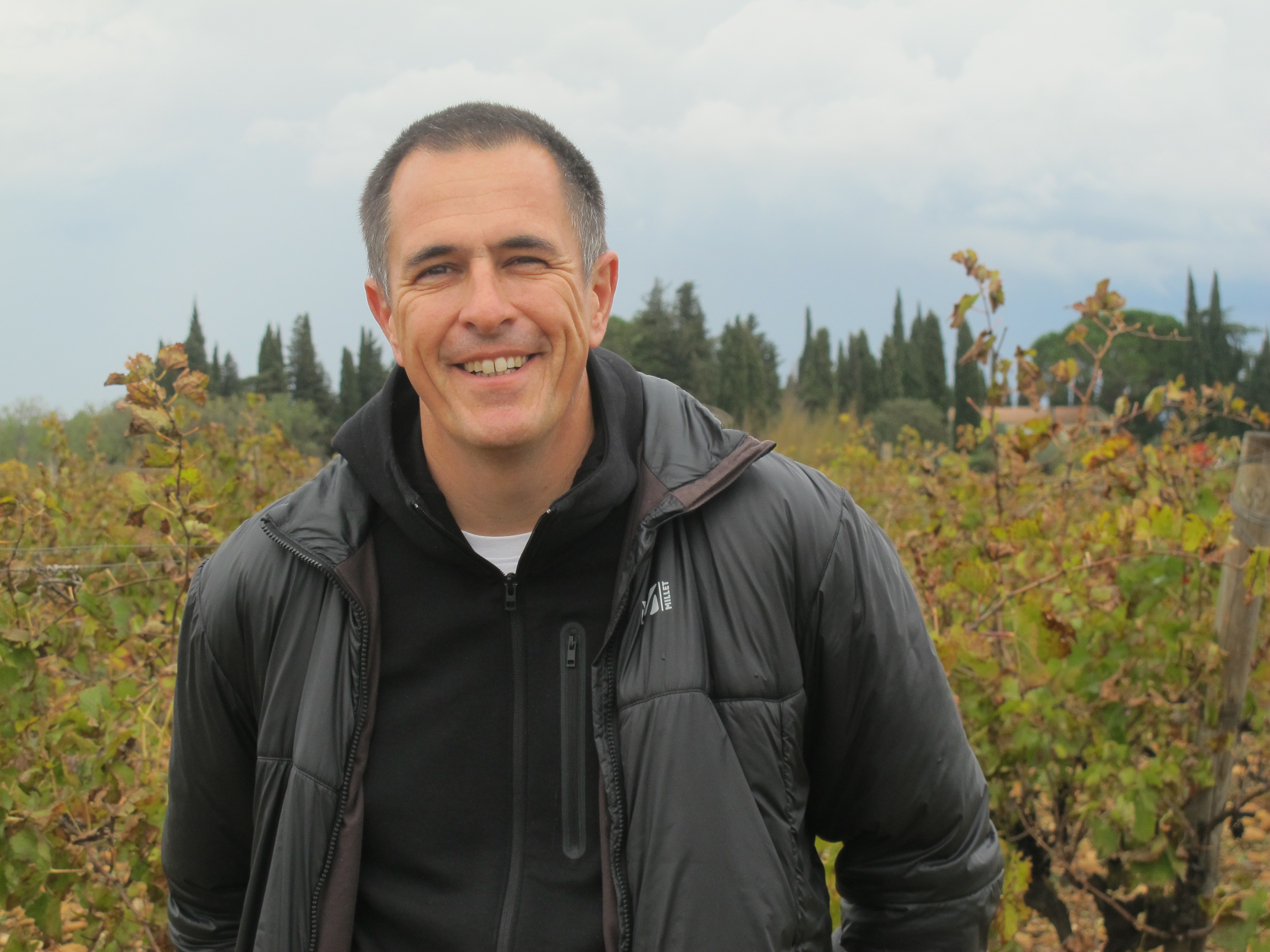
Bruno Manzone of Domaine Manzone, president of the appellations Costières de Nîmes and Clairette de Bellegarde, and president of local co-op Vignerons Créateurs. Looking here rather like a New York baseball coach :)
2018 Rhône report now available on Decanter Premium

The 2018 vintage in the Southern Rhône is one in which simple rules of thumb don't apply. The region suffered the worst attack of downy mildew in generations, which decimated some vineyards and made for a very difficult growing season. Often it was organic/biodynamic growers that were hardest hit, and the disease had a cruel predilection for old vines. Great vineyards were overcome just as readily as average ones. But not everyone was affected; those who escaped the worst often went on to make delicious, ripe and juicy reds and whites.
The Northern Rhône in 2018 is a more straightforward tale of a very hot, dry year. They don't have the natural balance and charisma of the 2015s as acidities were often low and alcohols high. But those that achieved balance made some impressive wines.
My full report on both areas, including a selection of 300 of the most notable wines of the vintage, will be made available this week on Decanter Premium (the overall summary and Northern Rhônes are up now). If you don't have a subscription, you'll find an edited version of the report and a selection of wines in the magazine in the New Year.
If you're planning on buying some 2018 Rhône, it will steer you in the right direction.


